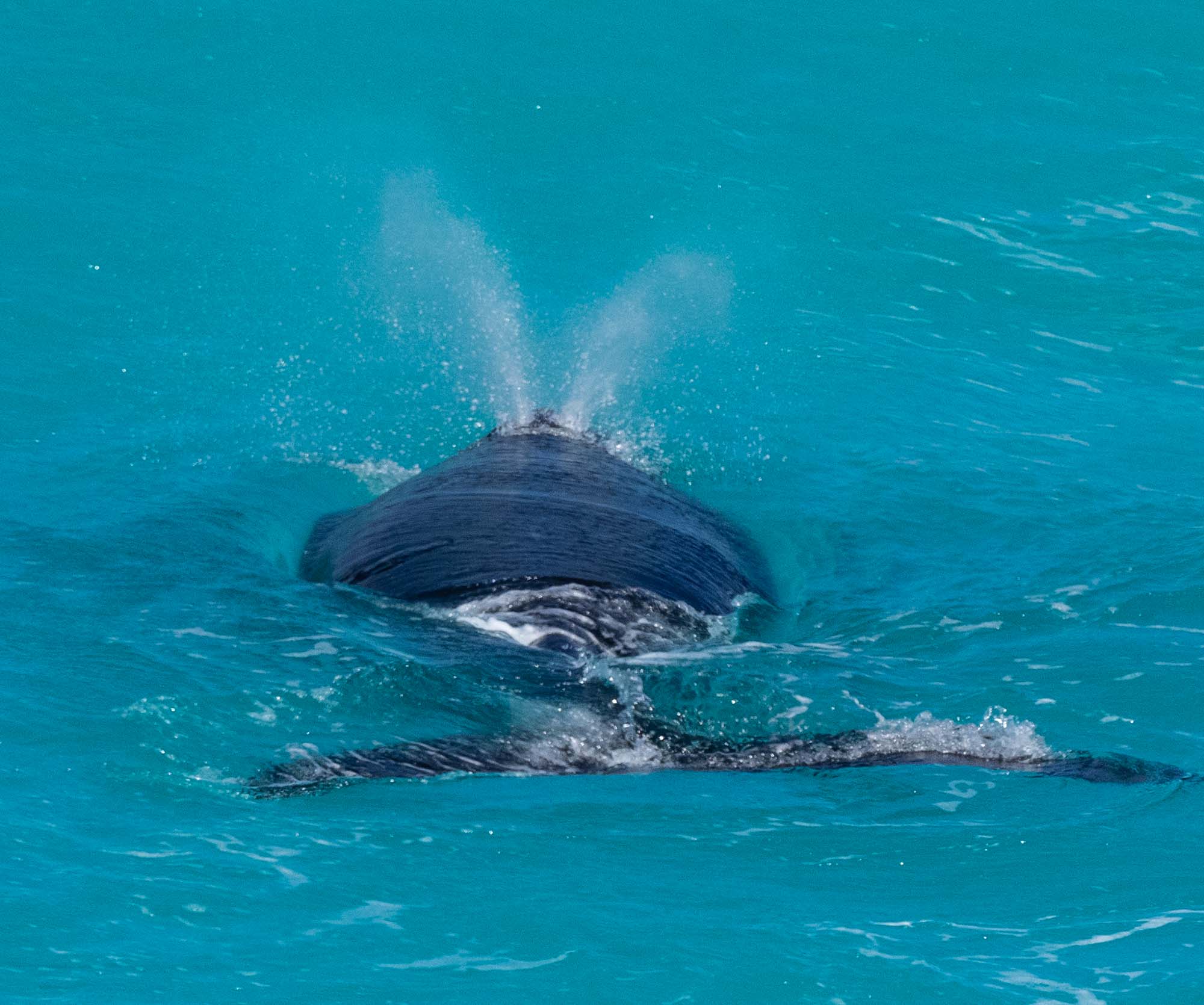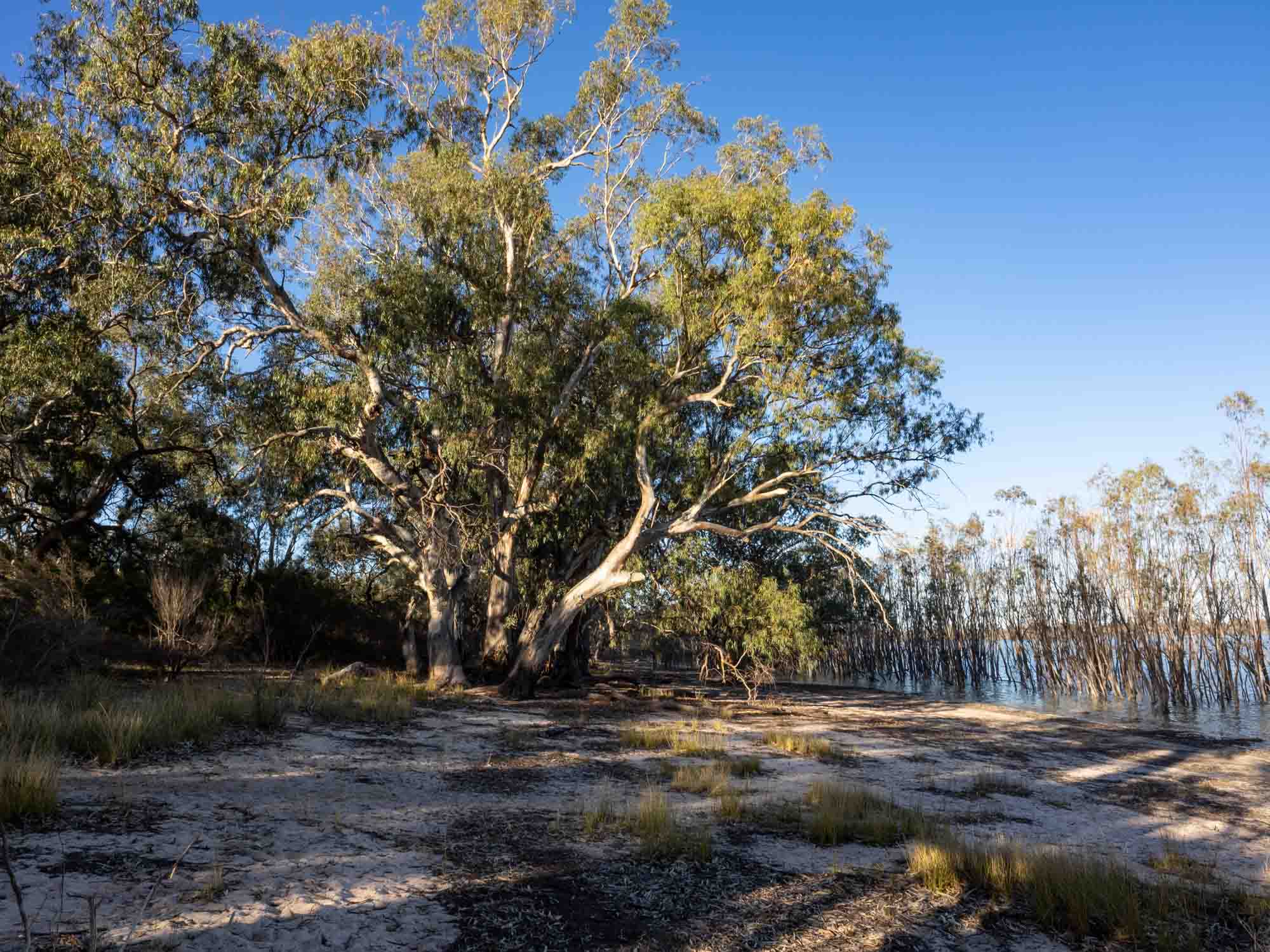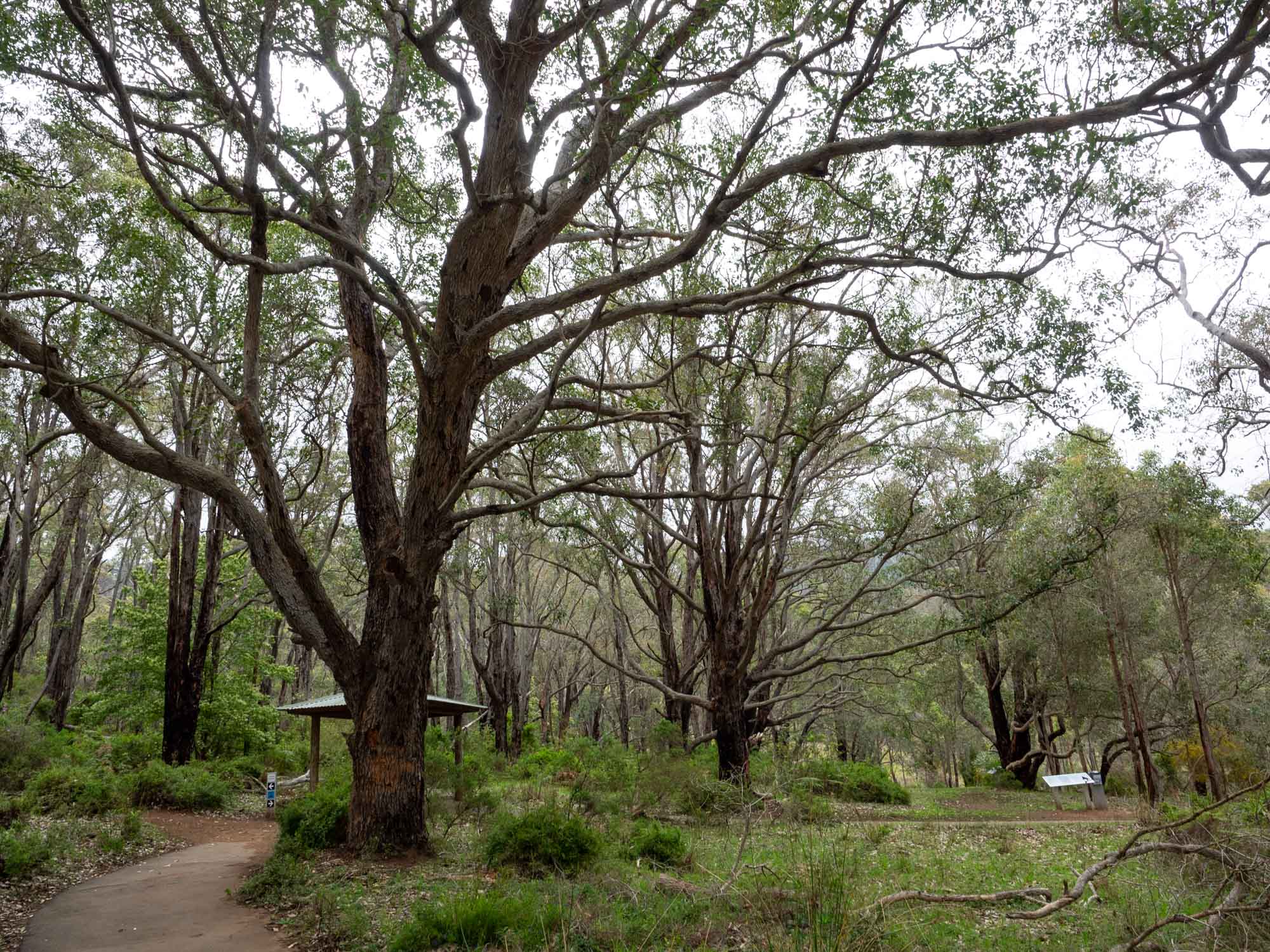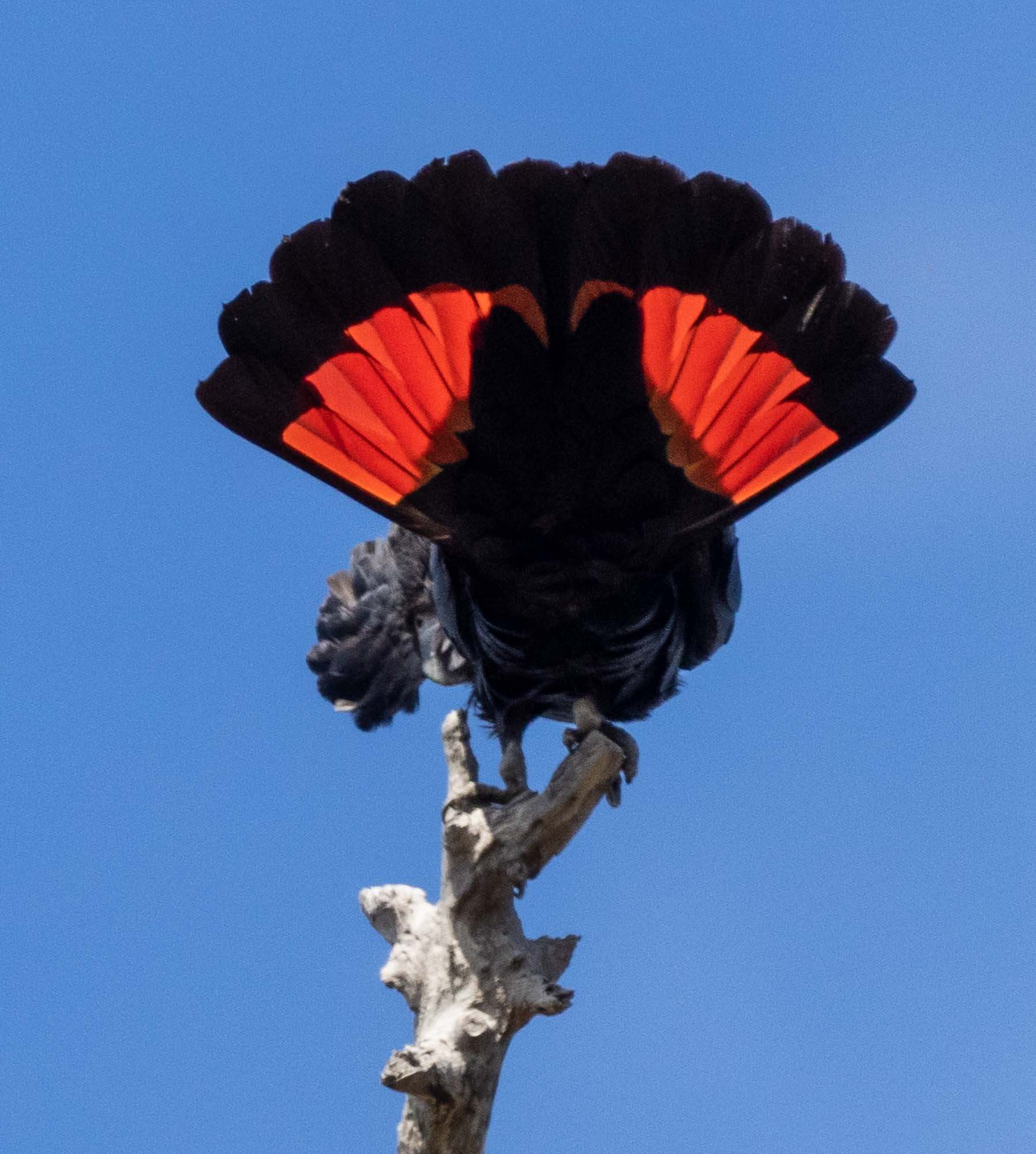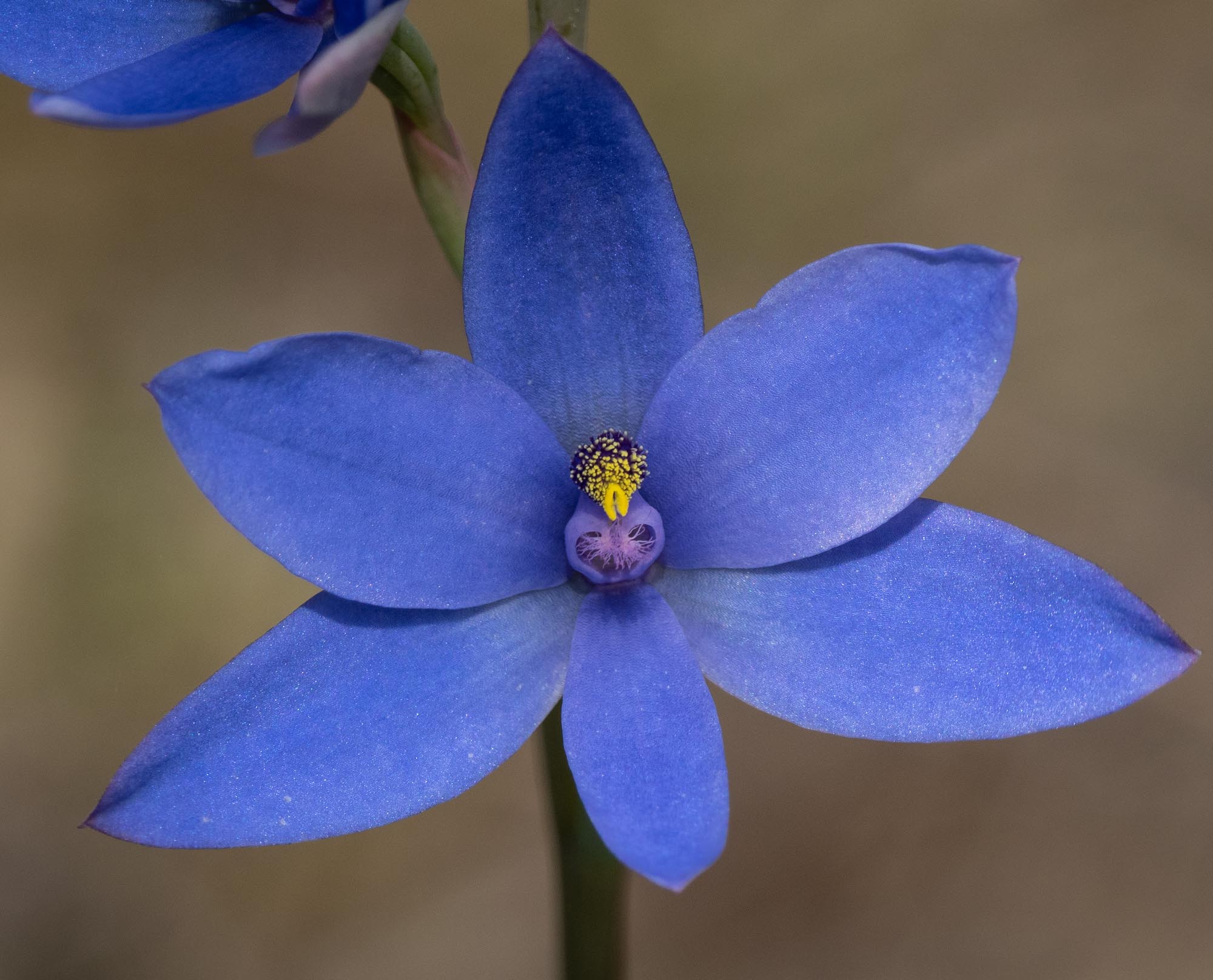Flora of south-west WA: diversity & endemism
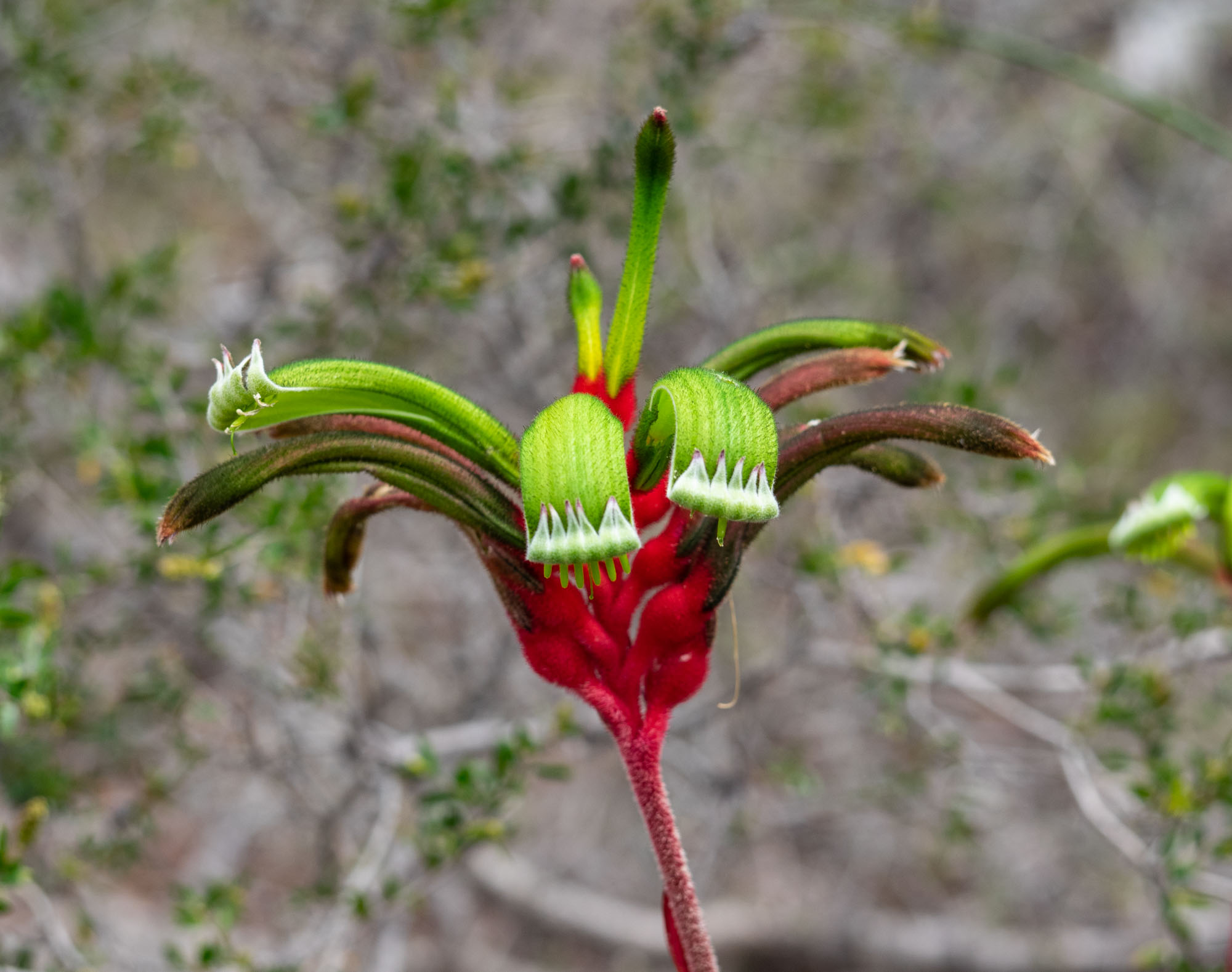
The notion of state-based endemism is an odd one. ‘A species that is found in just one state’. Why should species be constrained by political borders? And if a species is reported to be endemic to a state, how is that significant?
For most mainland states, I don’t think it is meaningful at all. For example, South Australia has many species with highly restricted distributions, but they are found in the arid regions that cross the SA-Vic borders. They are endemic to those bioregions, but not to either state.
So why talk about WA endemics?
The south-west of WA is a special case. The character of the region’s flora can be captured in two words: diversity and endemism.
First, the region is incredibly species-rich. 5,710 native plant species grow in the south-west of WA. This region is considered one of the world’s 34 plant biodiversity hotspots.
Second: many, many plant species are found nowhere else on earth. An amazing 79 per cent of the 5710 are found only in WA, and over half are endemic to south-west corner itself.
I’ve taken these statistics from an excellent paper by Beard, Chapman & Gioia (2000). They define the floral biogeographical region of the South-West Province (SWP) as encompassing the south-west corner of WA and a narrow coastal strip extending north of Perth.
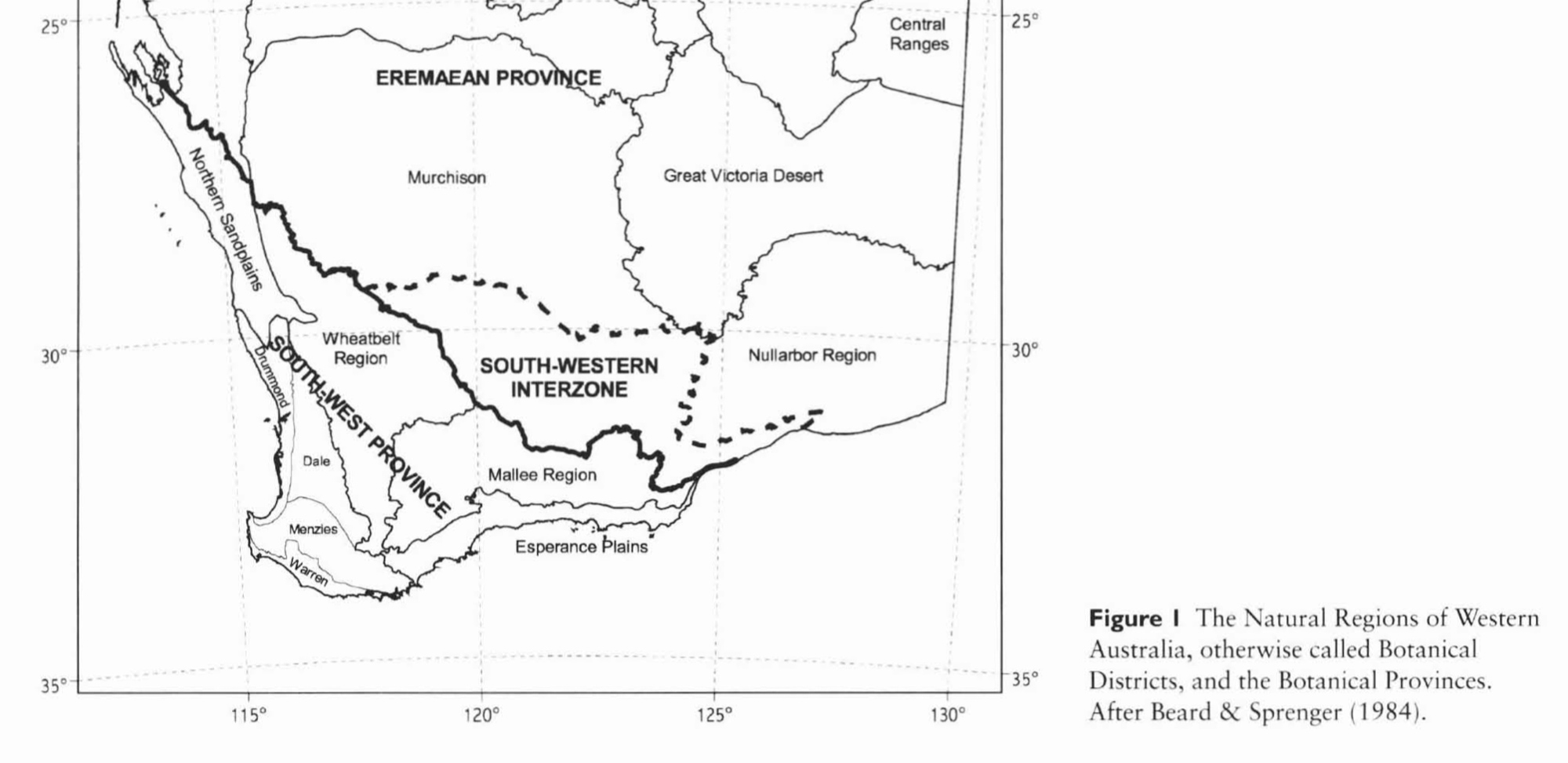
The Southwest Province, as defined by Beard, Chapman & Gioia (Figure 1, page 1258 … see below for full reference details)
The unique character of the flora of the south-west can be explained in terms of the soils and the isolation.
The SWP has a Gondwanan origin. These are old rocks! The SWP “is an ancient plateau, its surface rocks deeply weathered and covered with highly leached nutrient-poor material.” (p 1266, Beard, Chapman & Gioia, 2000)
Nutrient poor soils mean that plants become highly specialised, are relatively slow-growing, and do not spread far. And the geological and climatic history of this part of Australia means that plants here have been effectively isolated from the eastern states for millions and millions of years.
This is, of course, a gross generalisation and simplification. For a deeper look, see the reference listed below. It is freely available online.
Four weeks touring through the region’s national parks has been a powerful introduction to the unique character of the vegetation. The SWP encompasses all the National Parks we visited, including: Fitzgerald River, Cape Arid, Cape Le Grand, Walpole, Leeuwin-Naturaliste, Porongurup, Stirling Range, and Peak Charles.
Here is a small glimpse of what we’ve seen.
Myrtaceae - the largest family
Several familiar genera belong to this family. Eucalyptus, Corymbia, Leptospermum and Melaleuca - trees and woody shrubs that are well represented across Australia. In the SWP there are 807 species of Myrtaceae, half of them endemic. And many of them are beautiful.
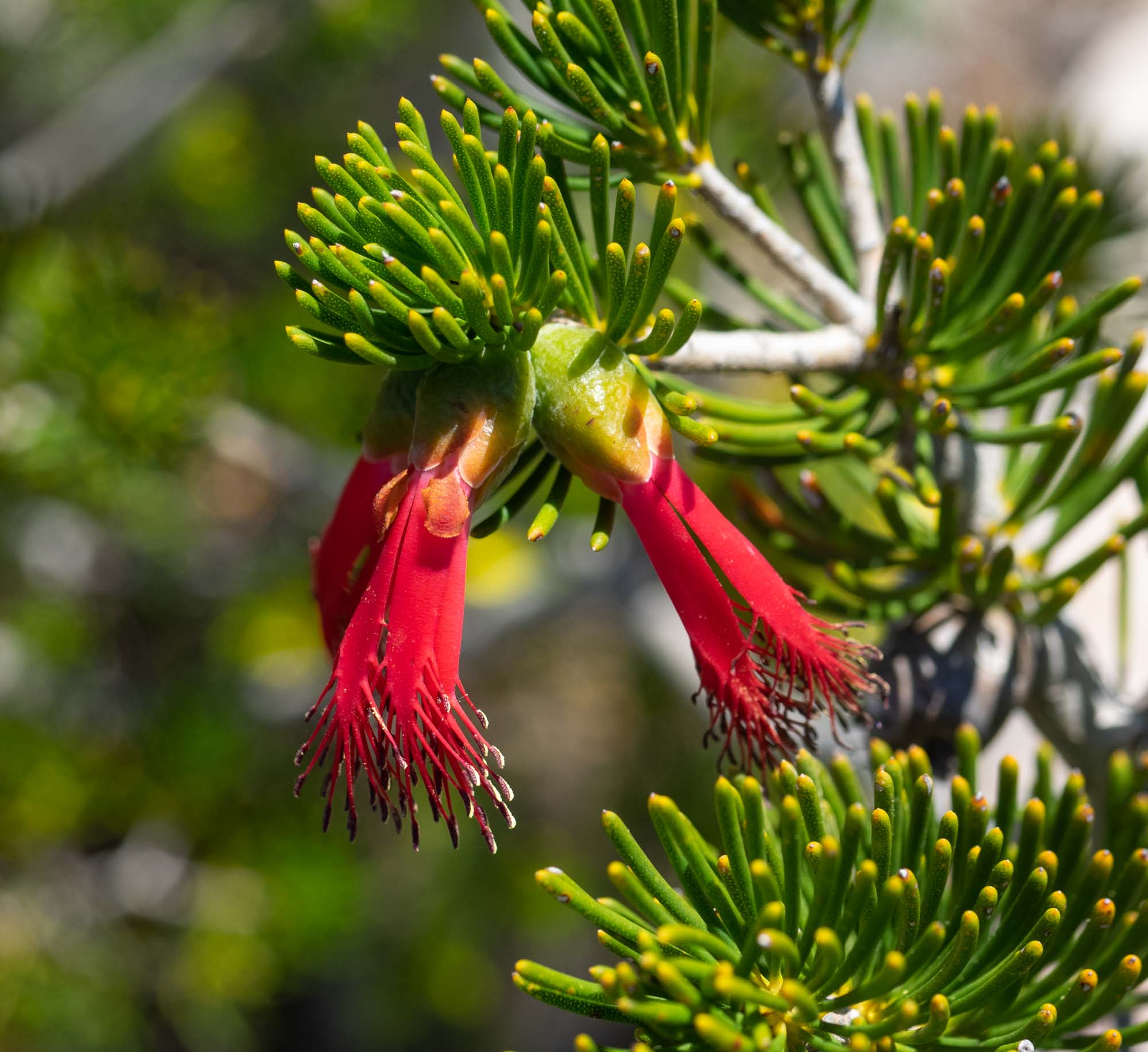
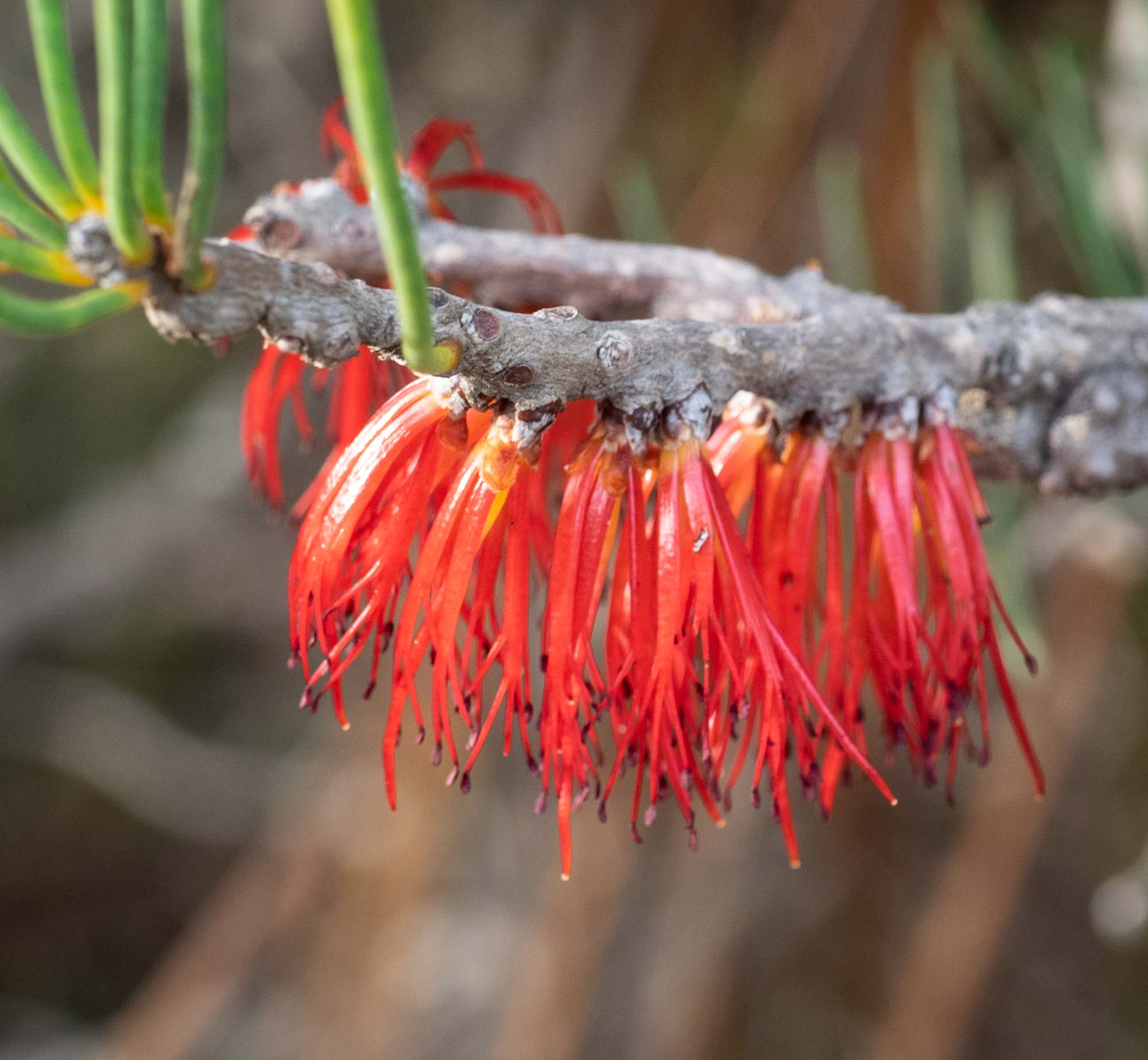
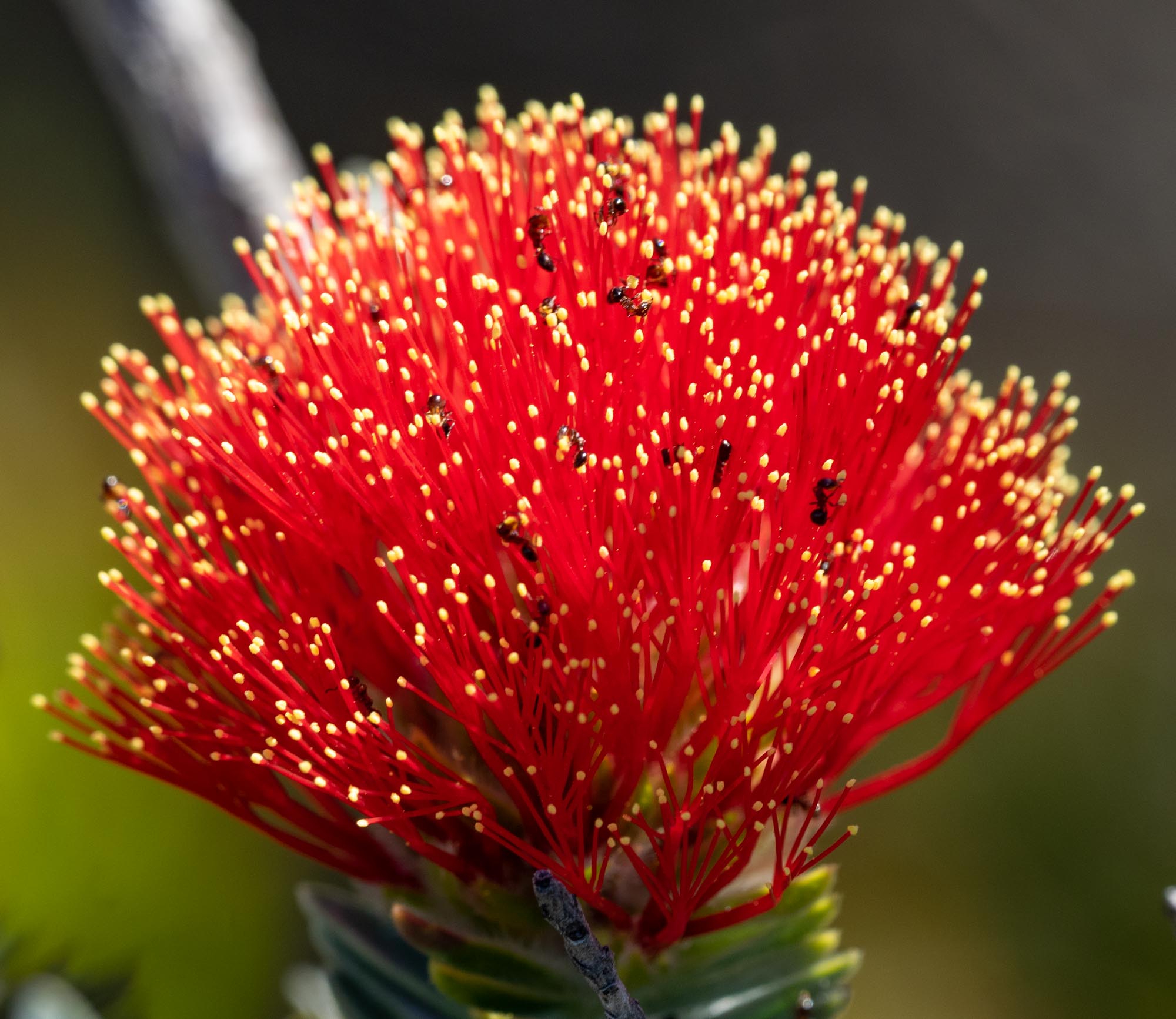
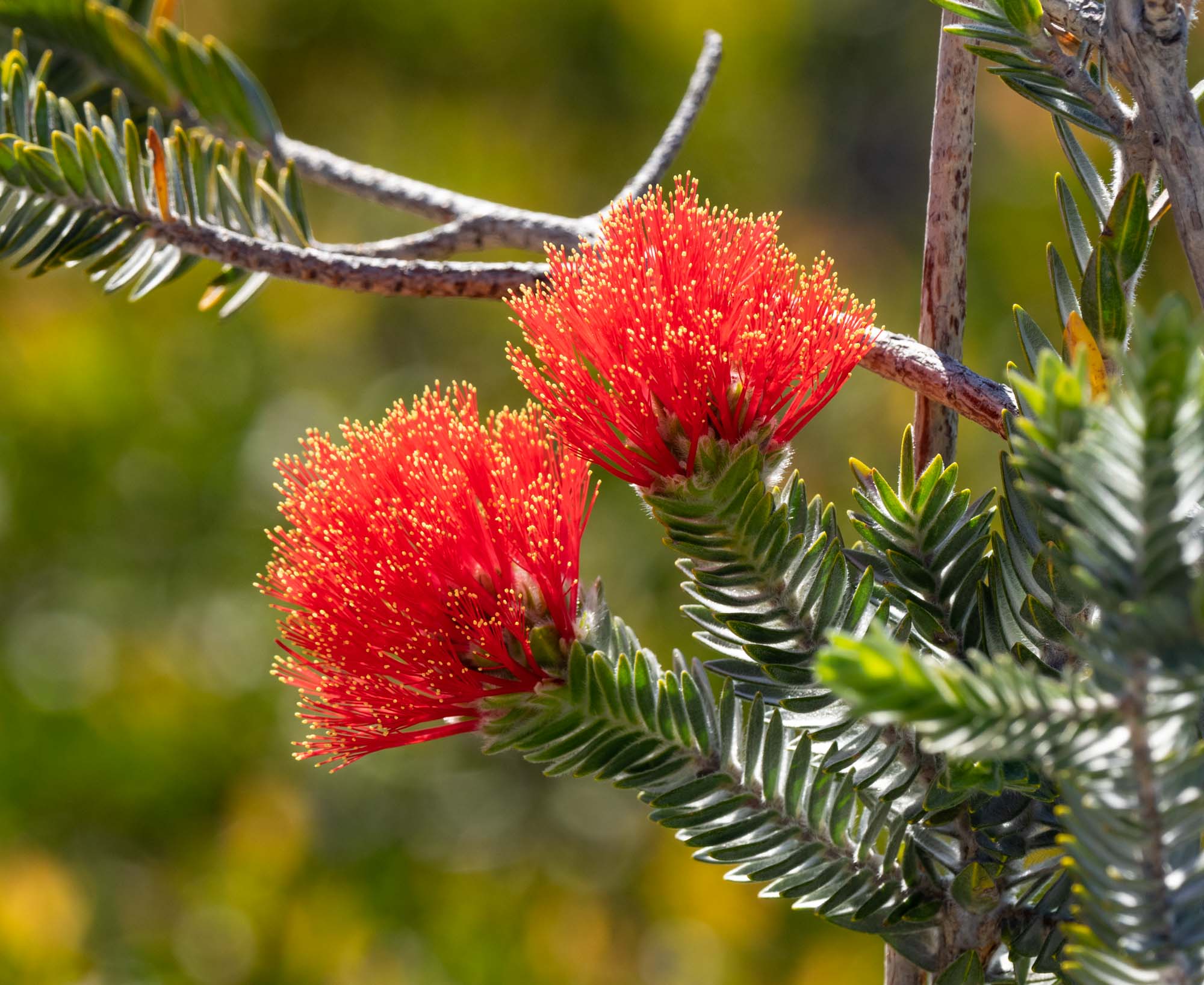

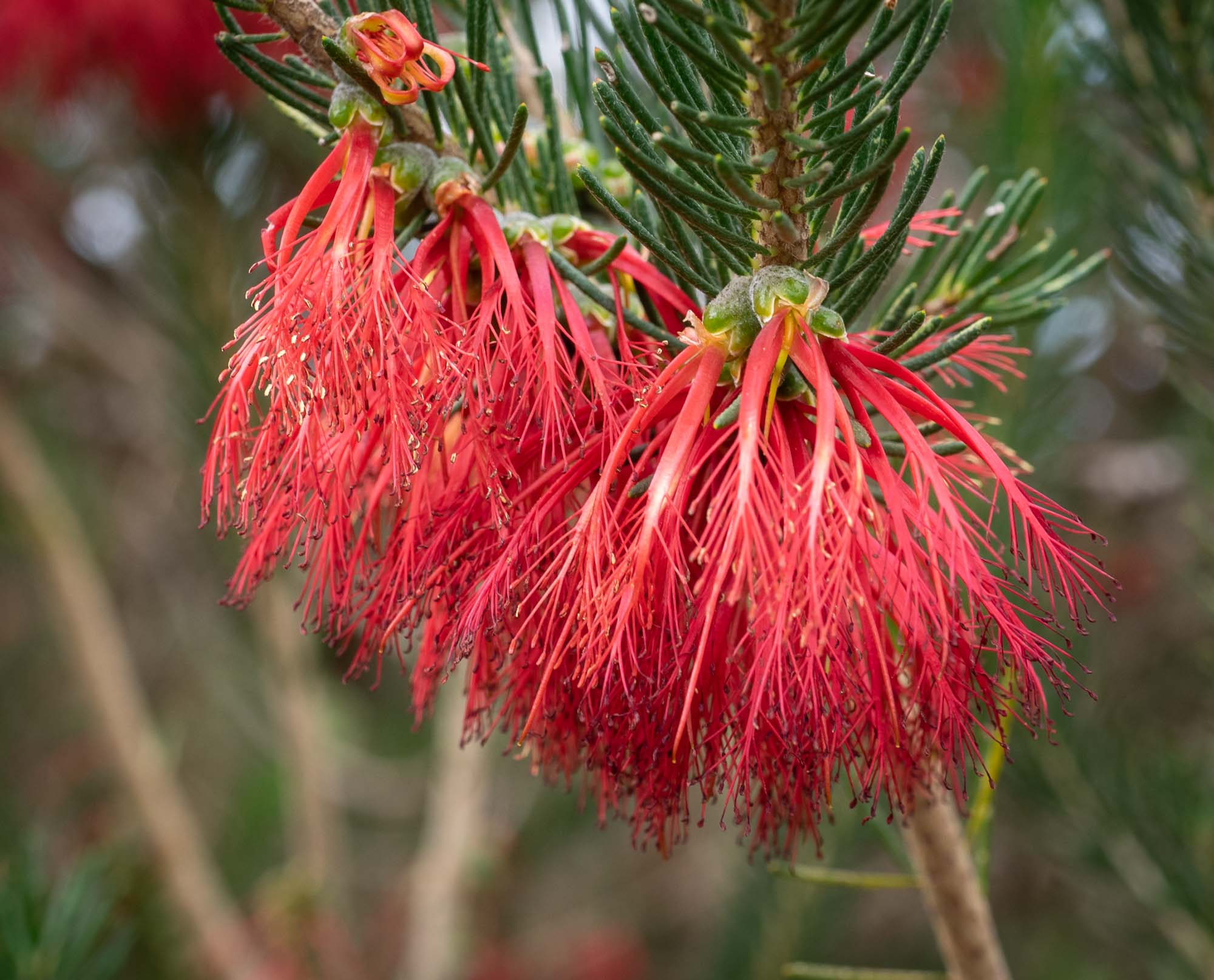




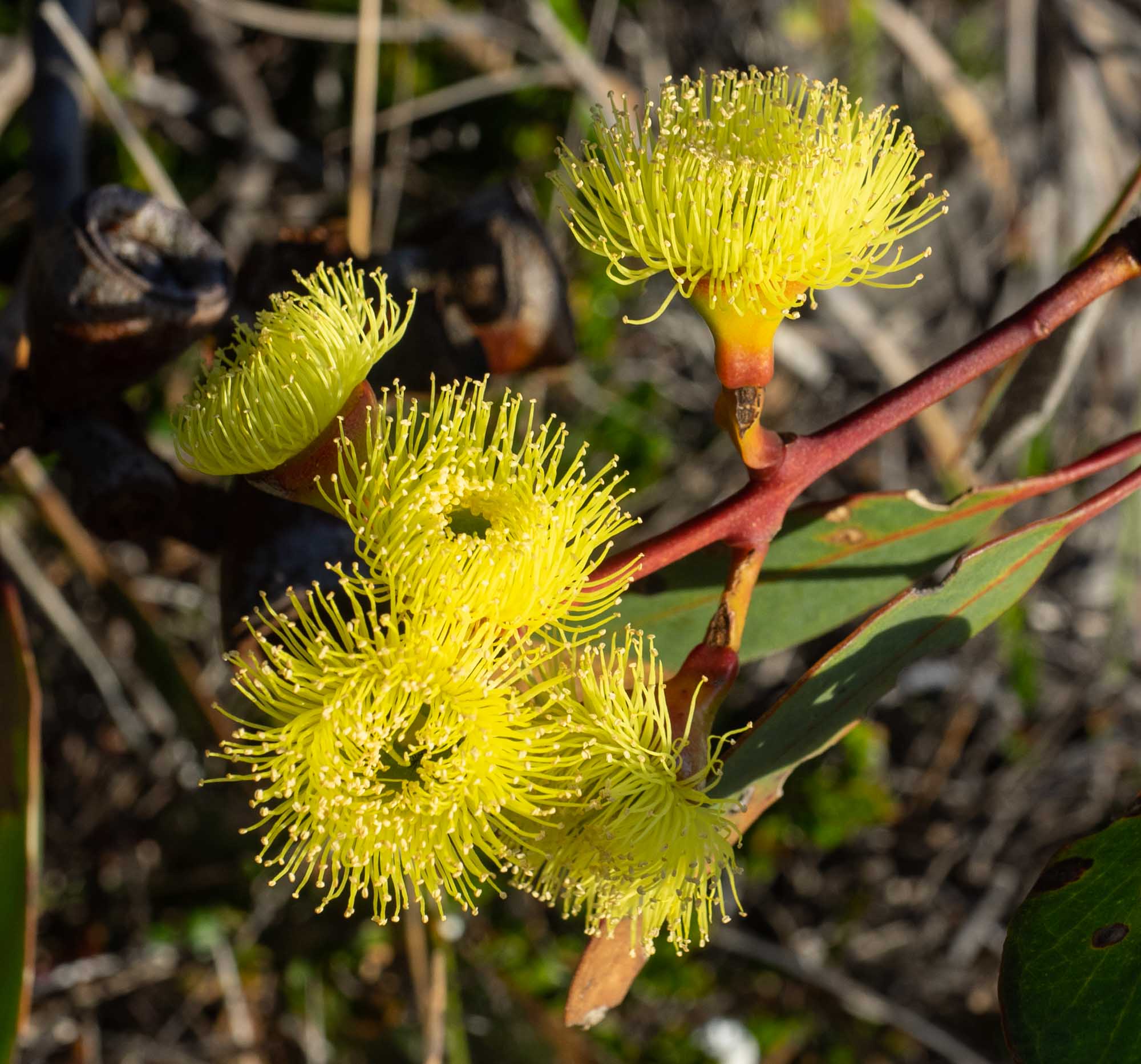

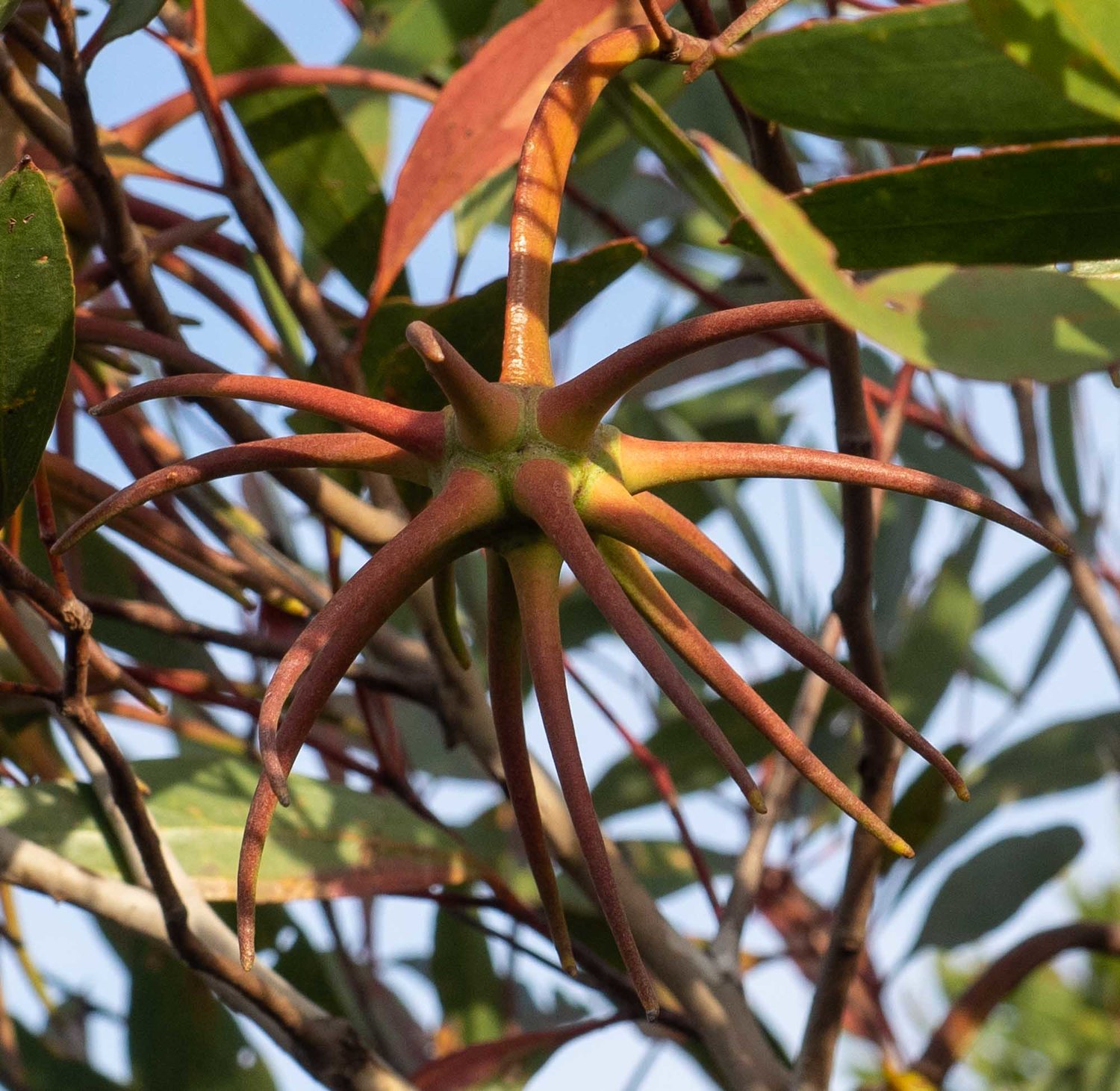
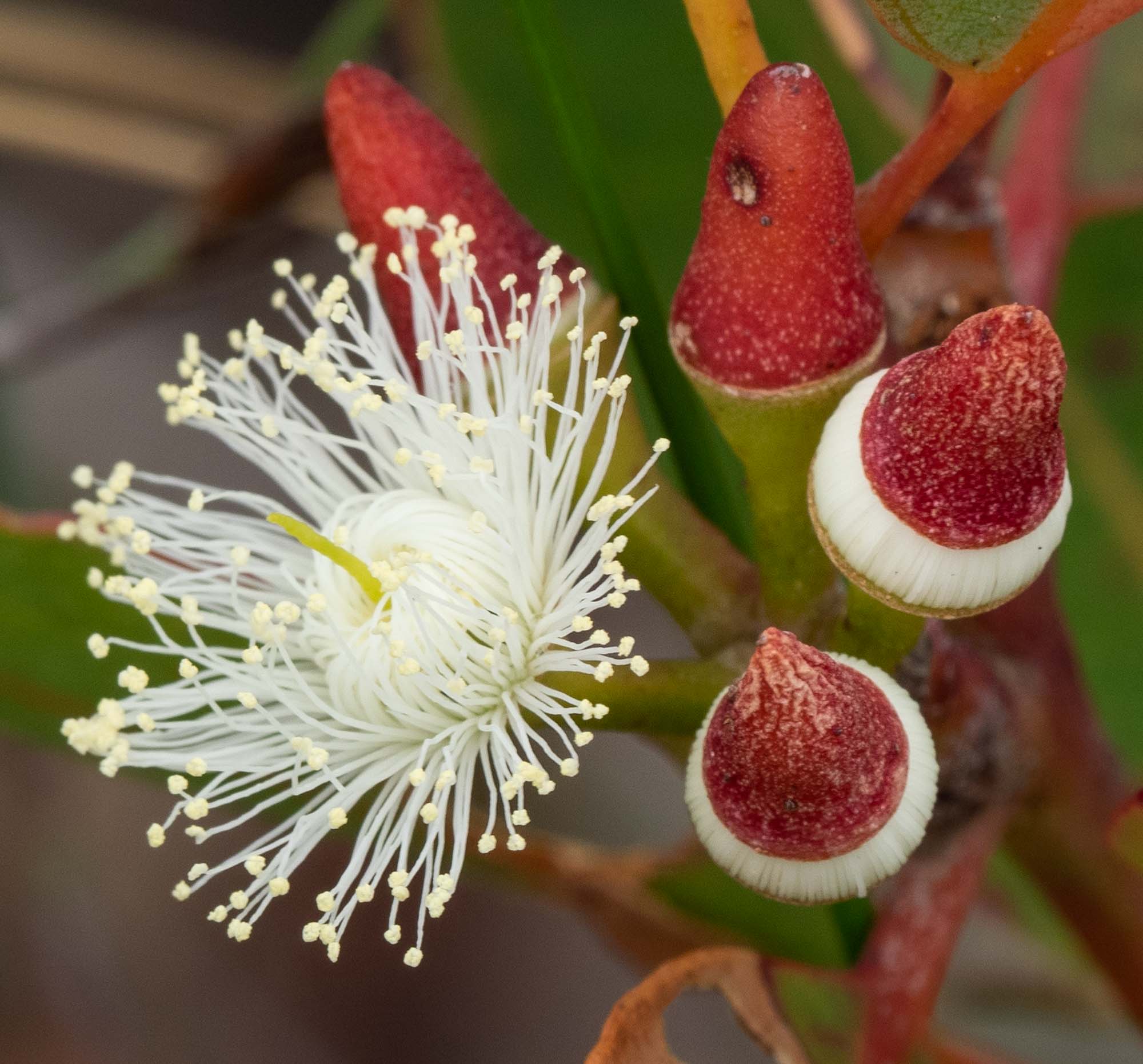
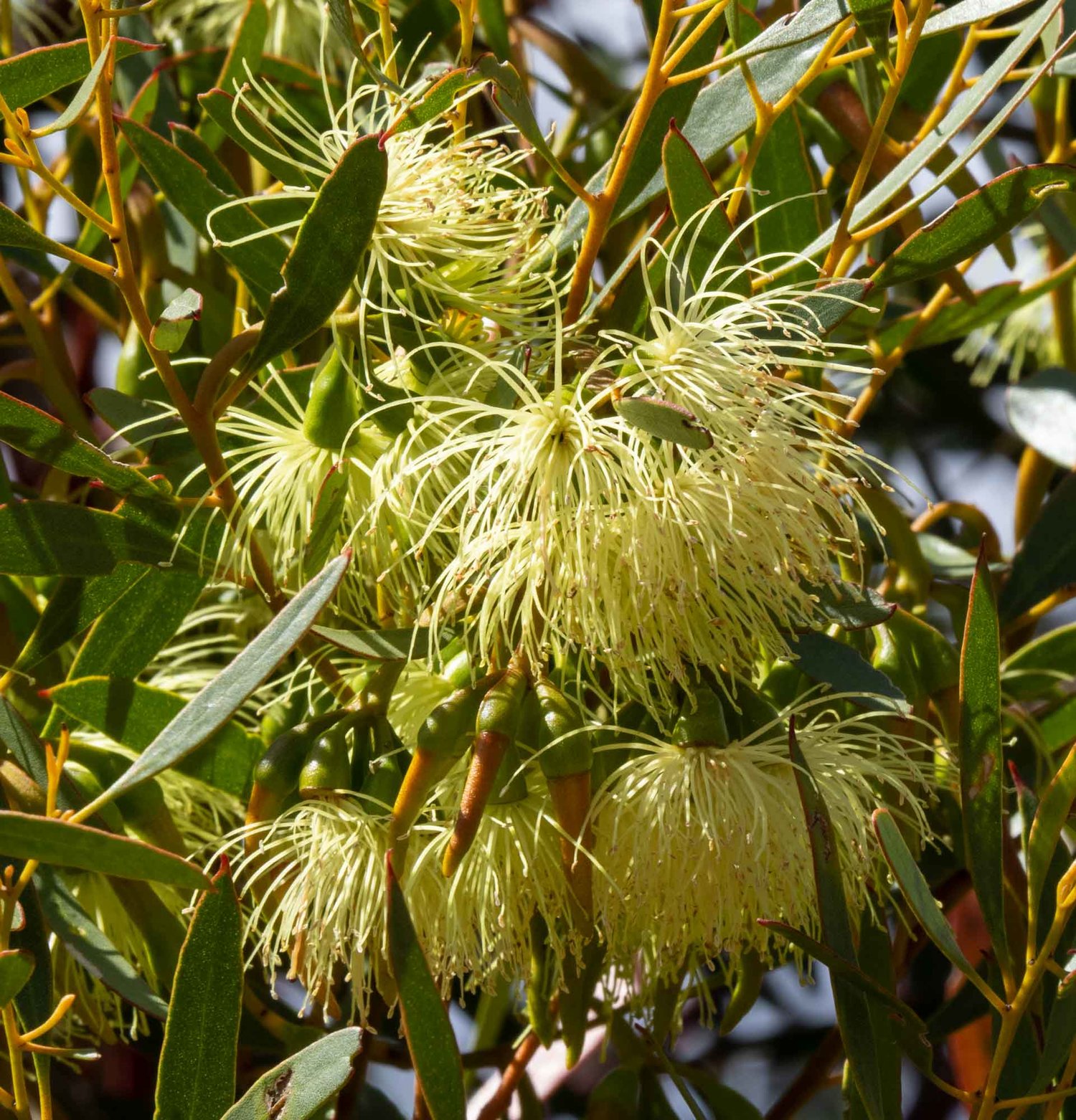
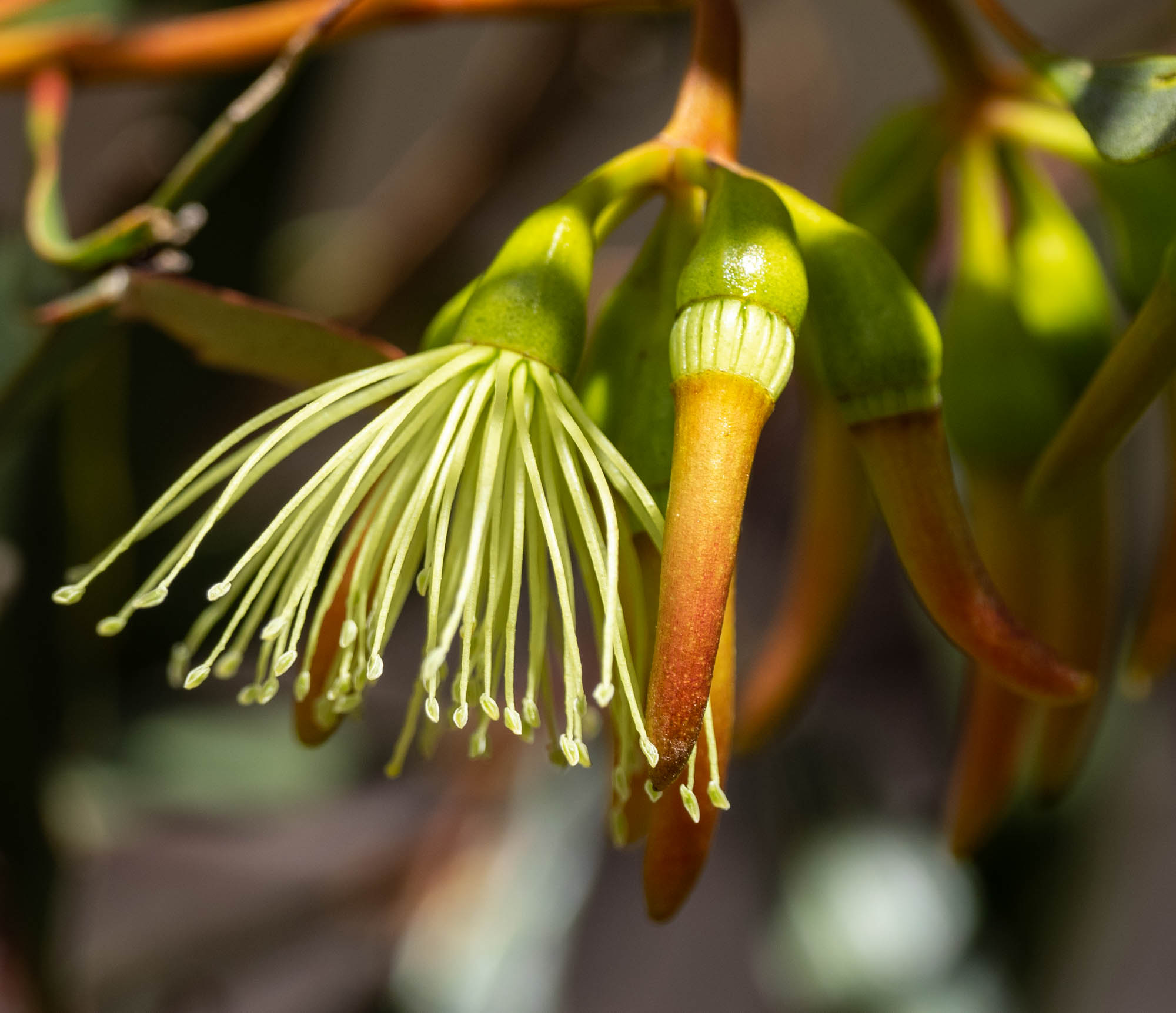
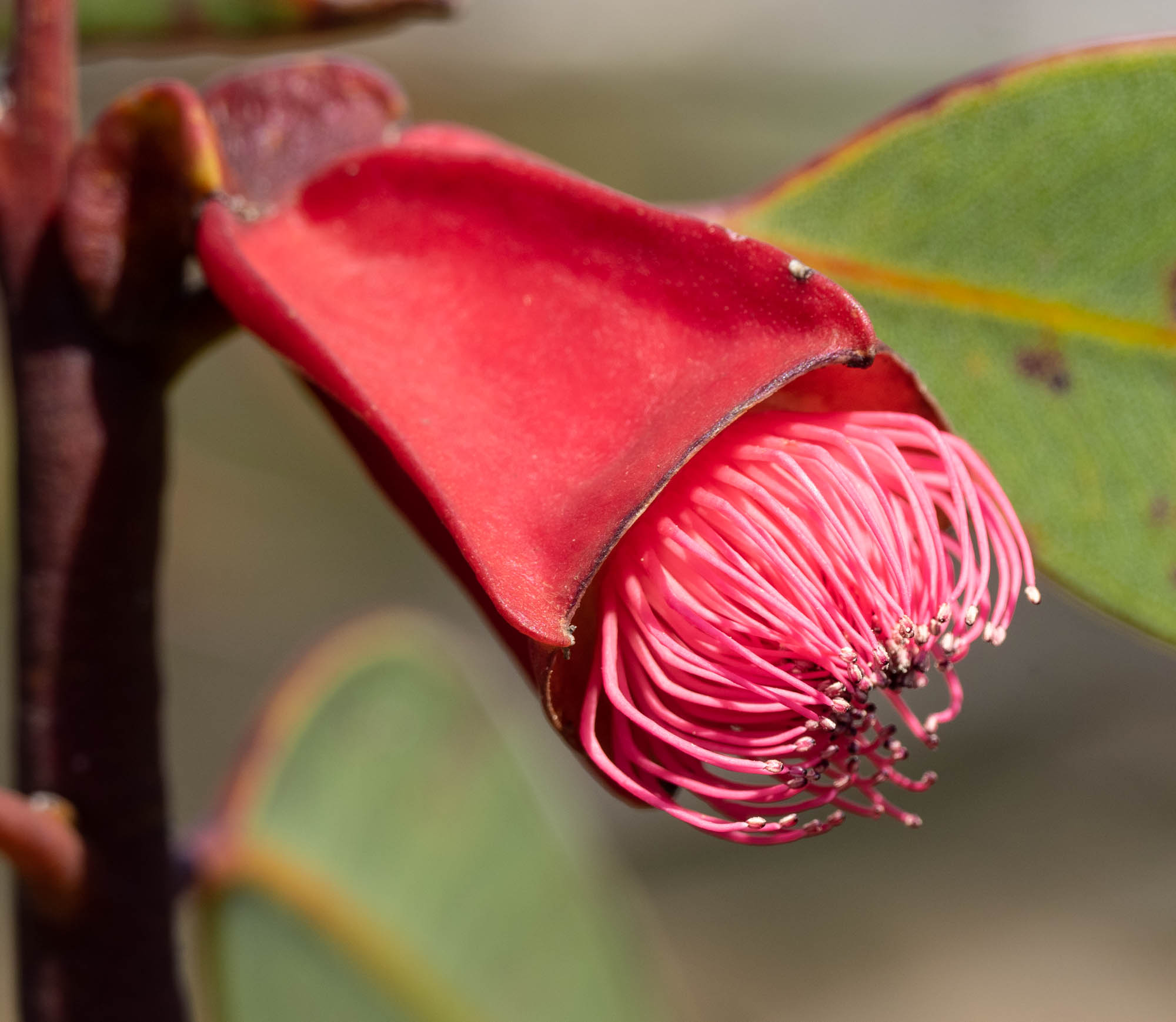

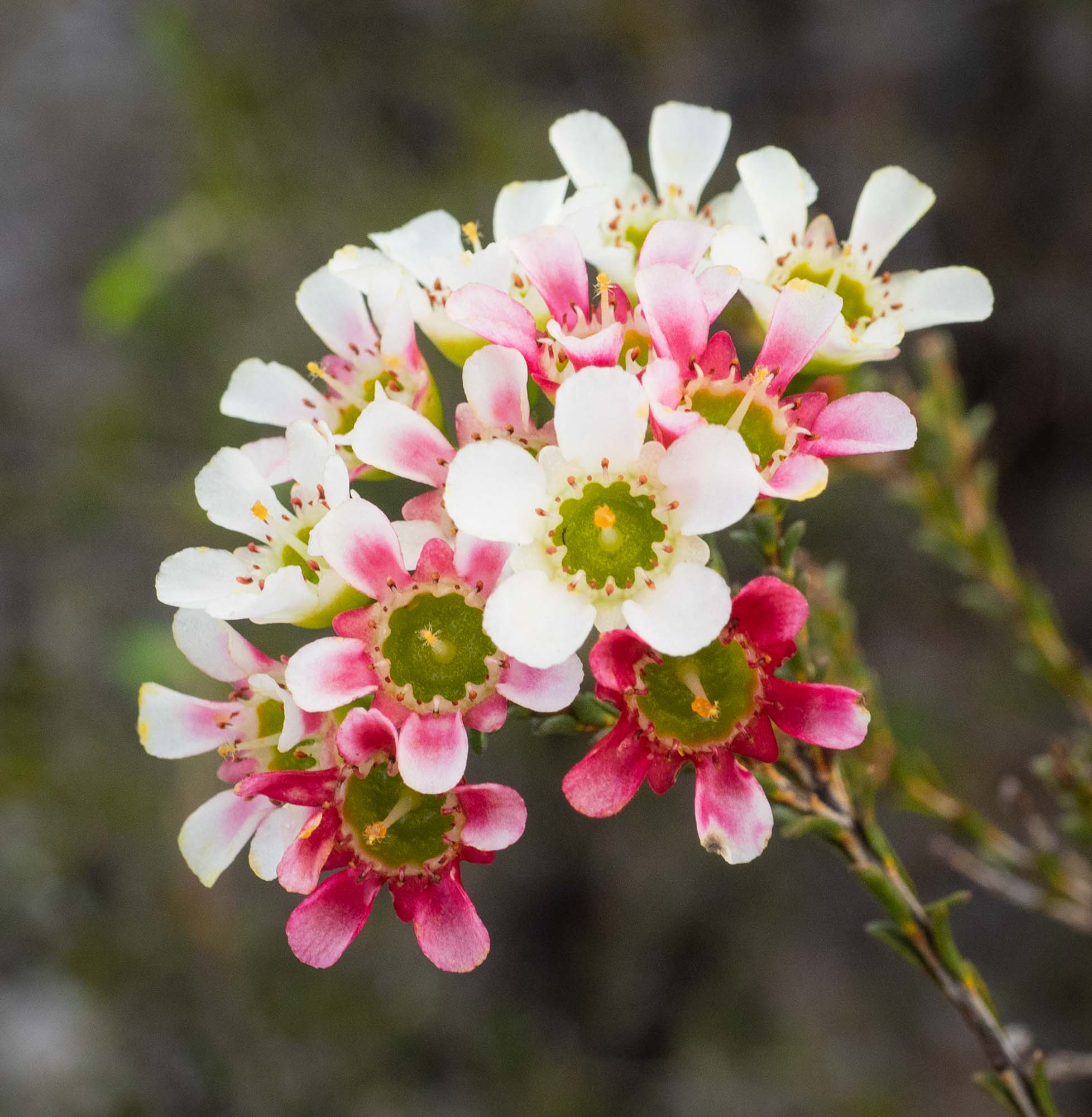
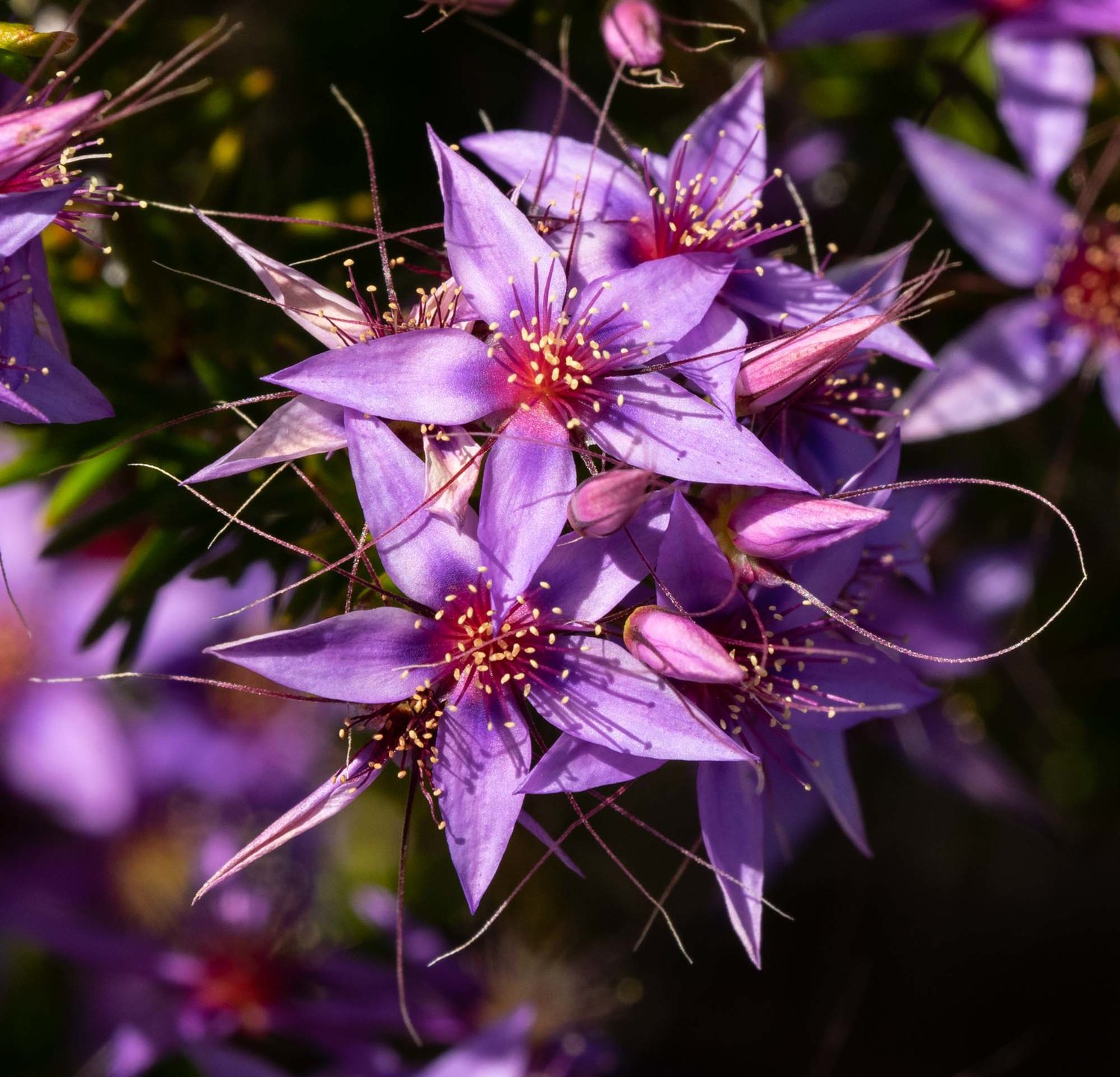



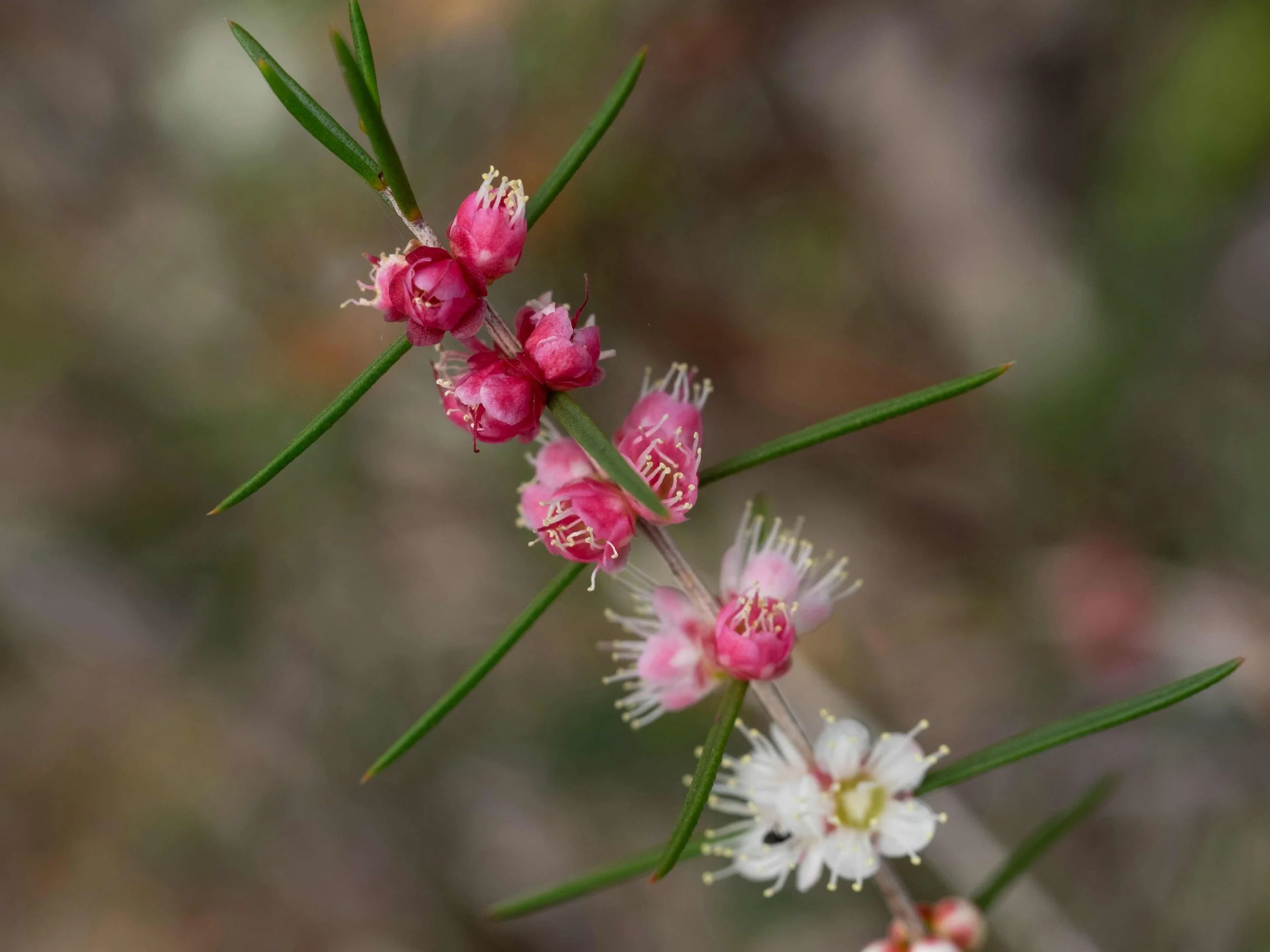
Proteaceae - well-adapted to nutrient poor soil
In terms of species numbers, Proteaceae is second only to Myrtaceae. The SWP has 681 species of Proteaceae … and a whopping 73 per cent are endemic to the region!


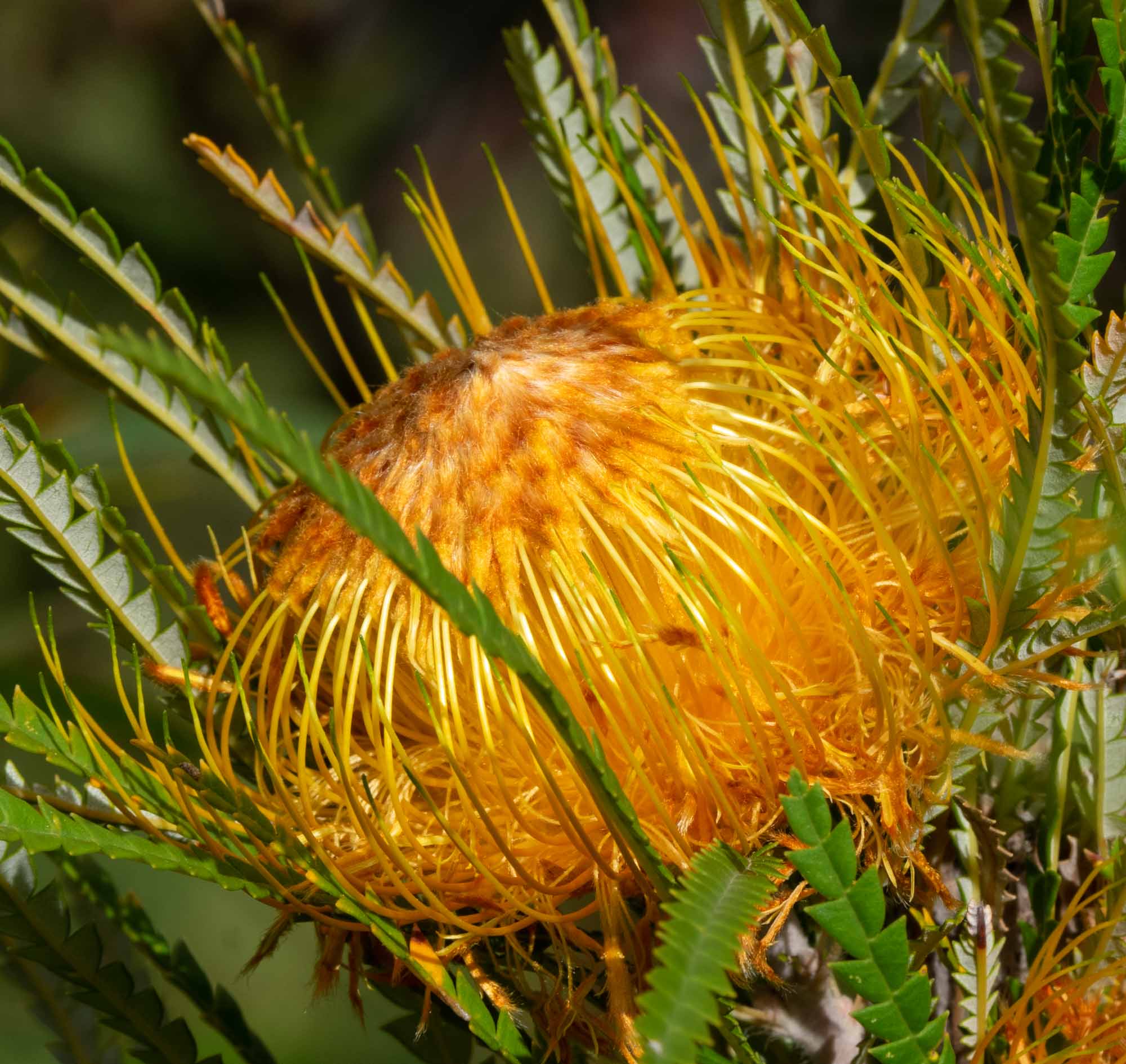

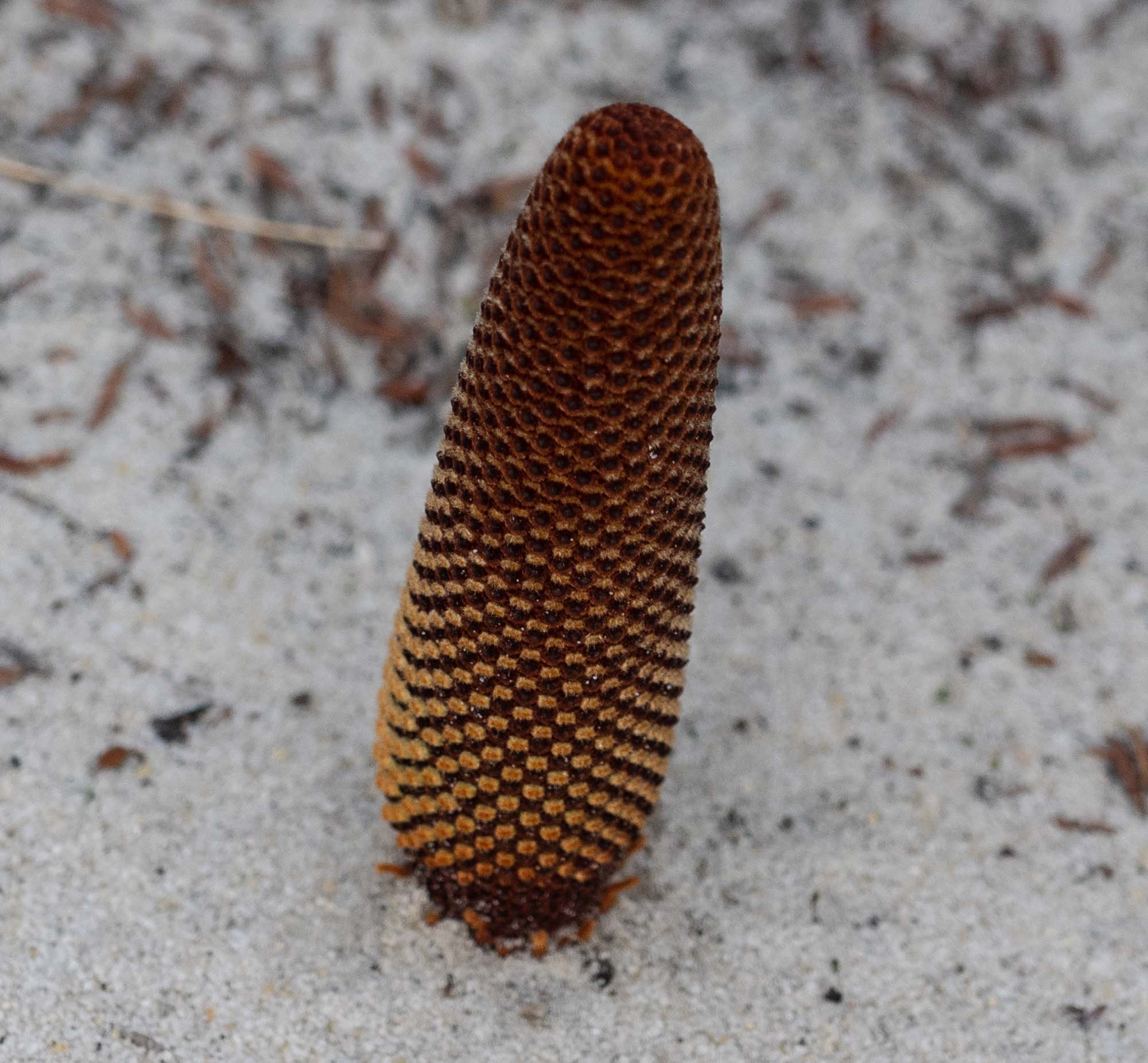
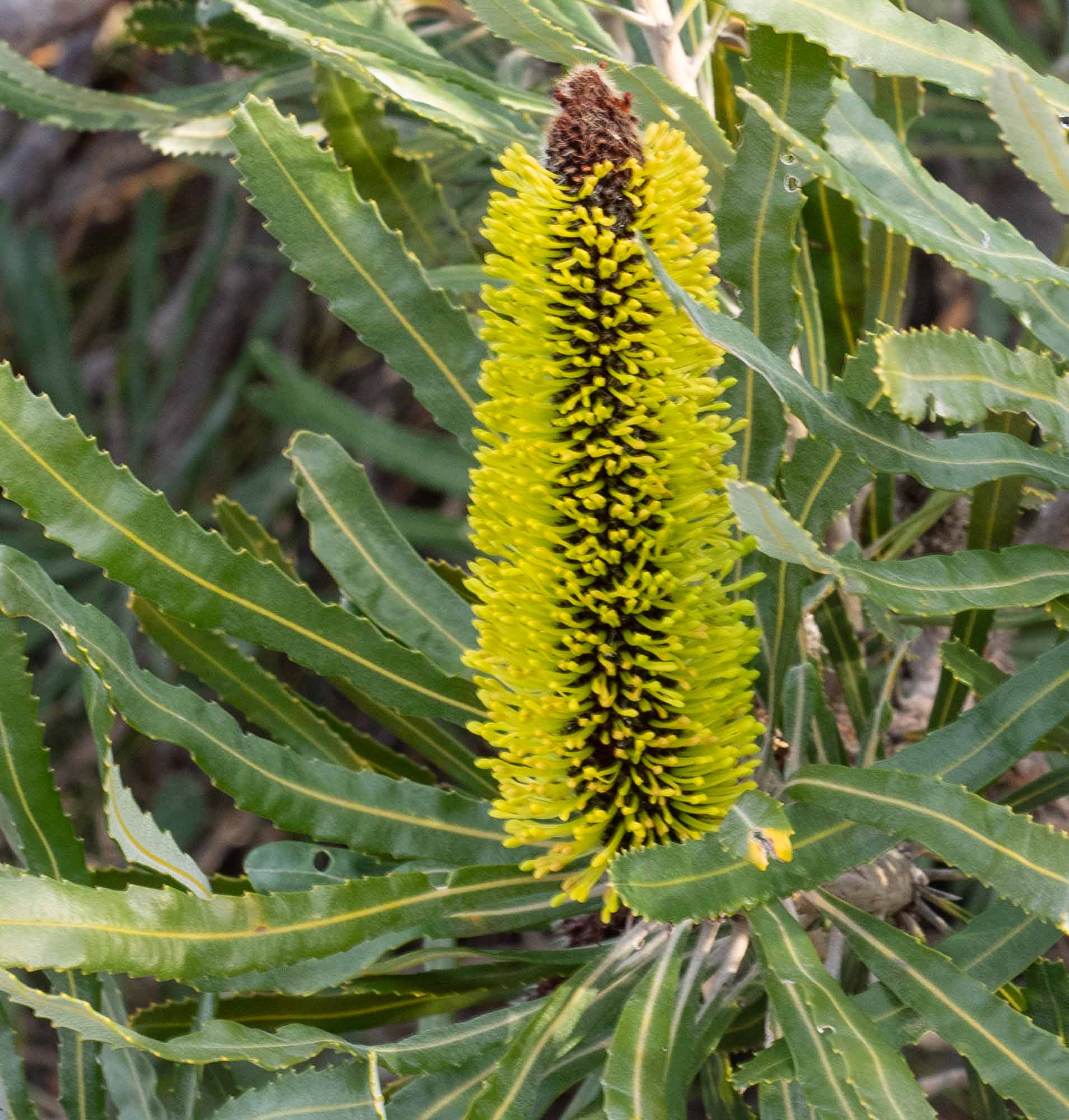
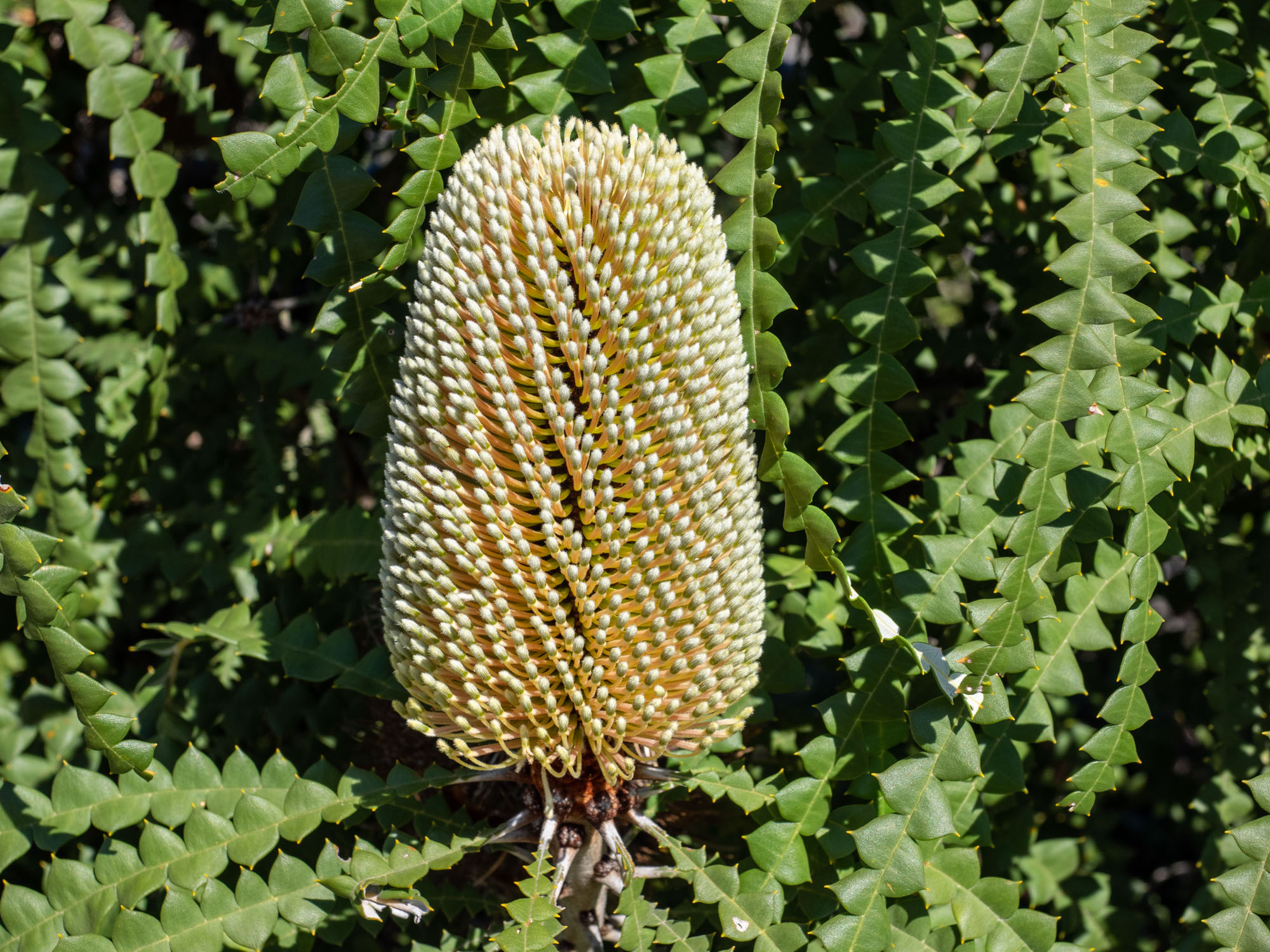




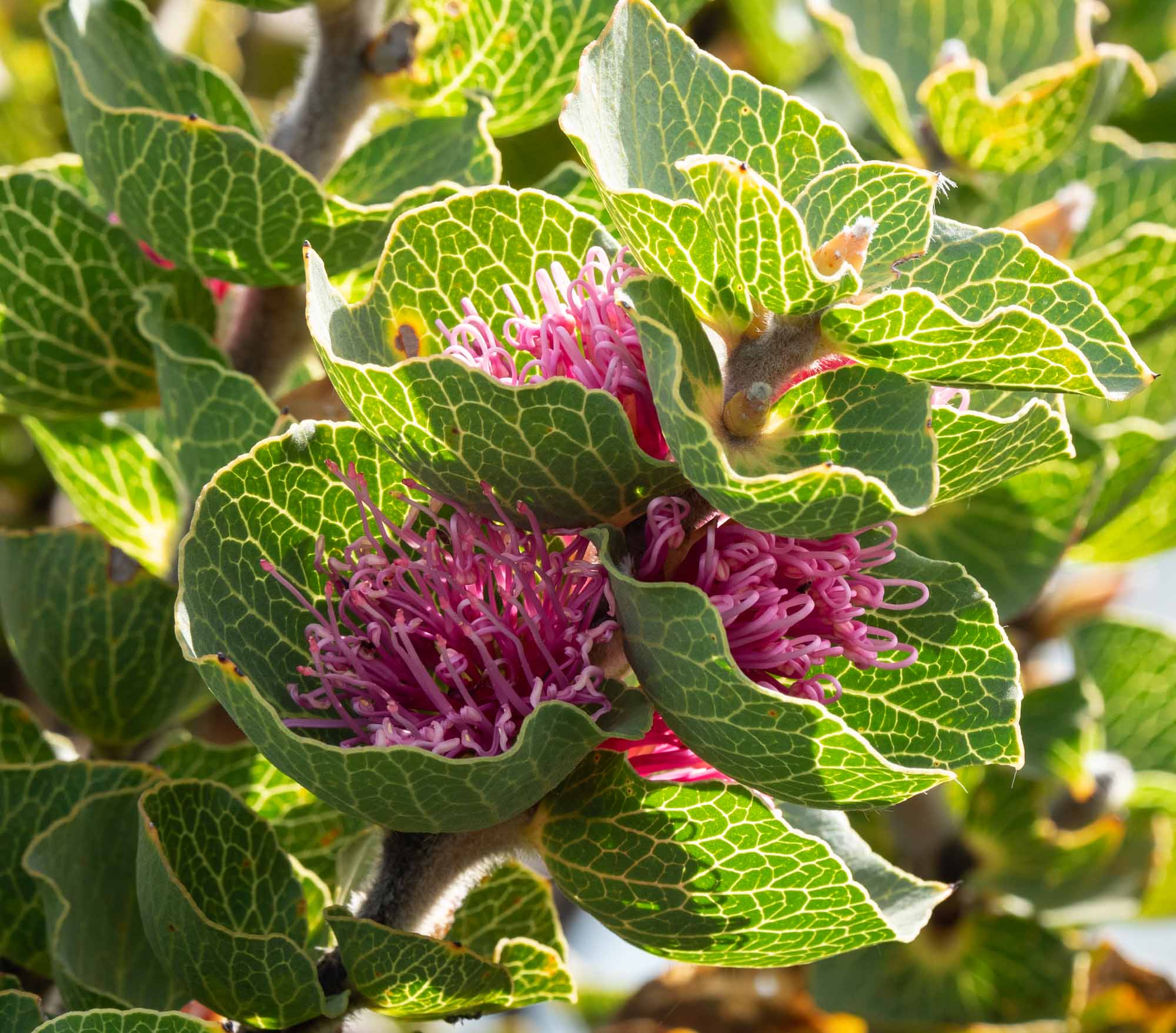



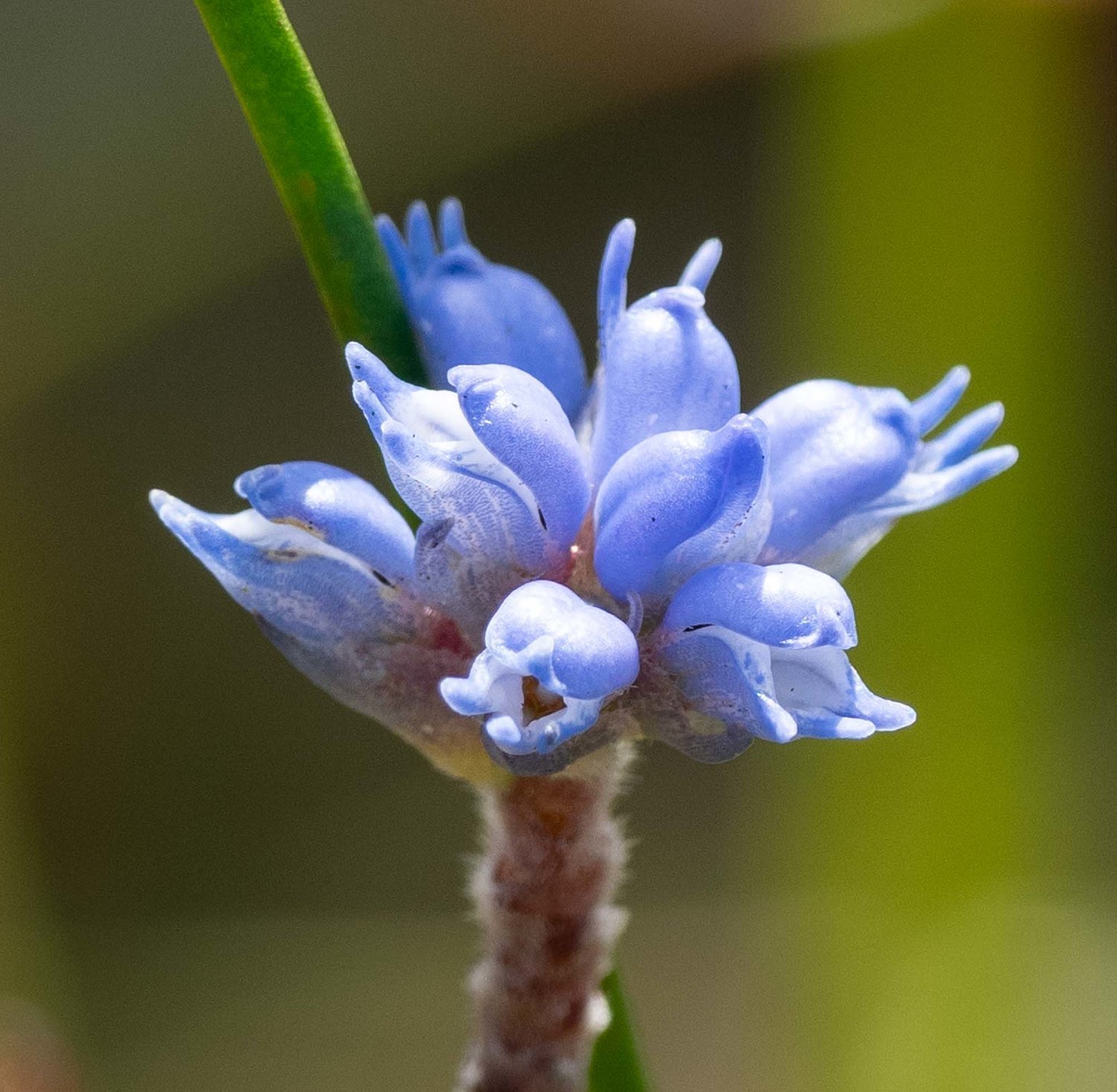


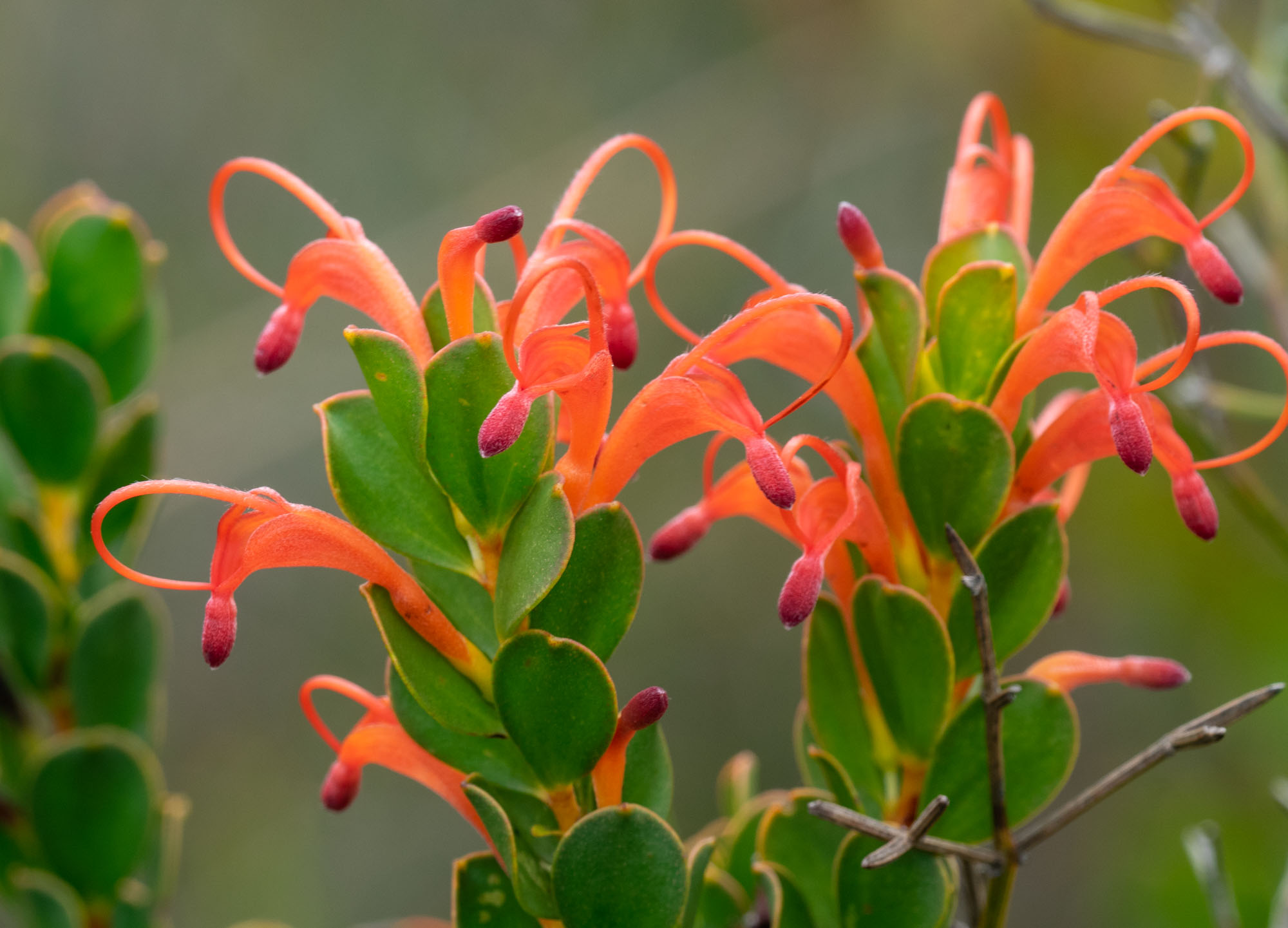

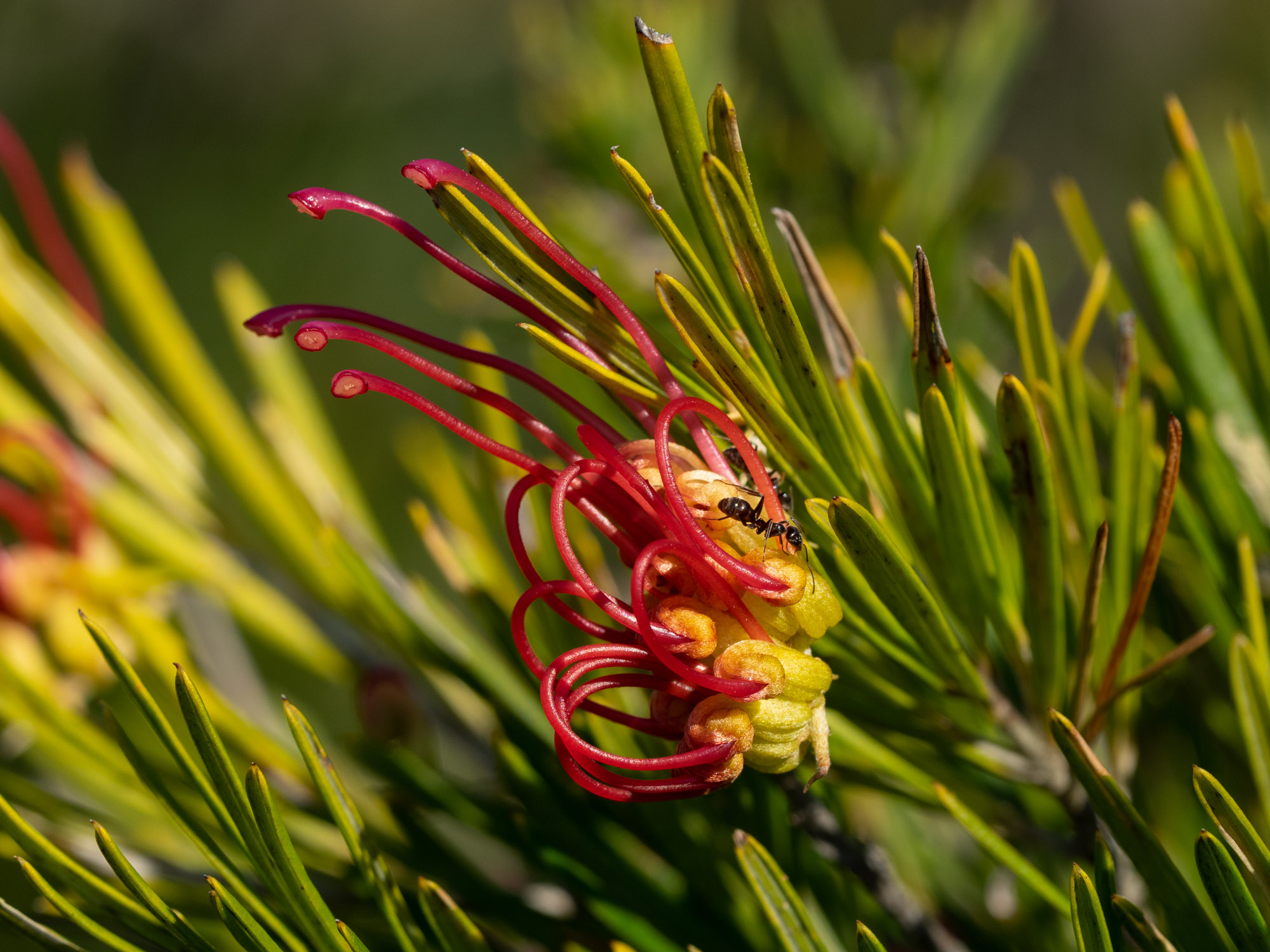


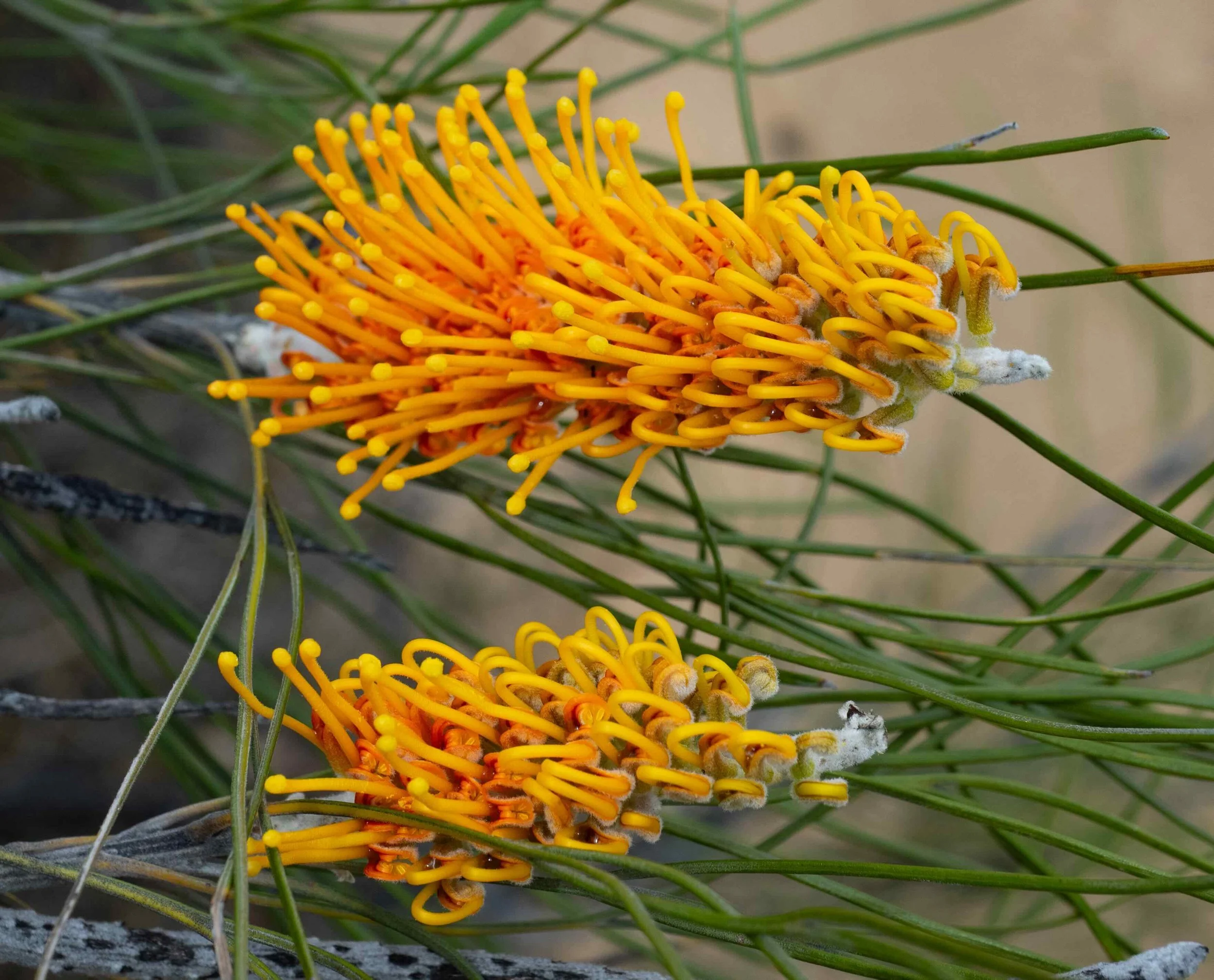


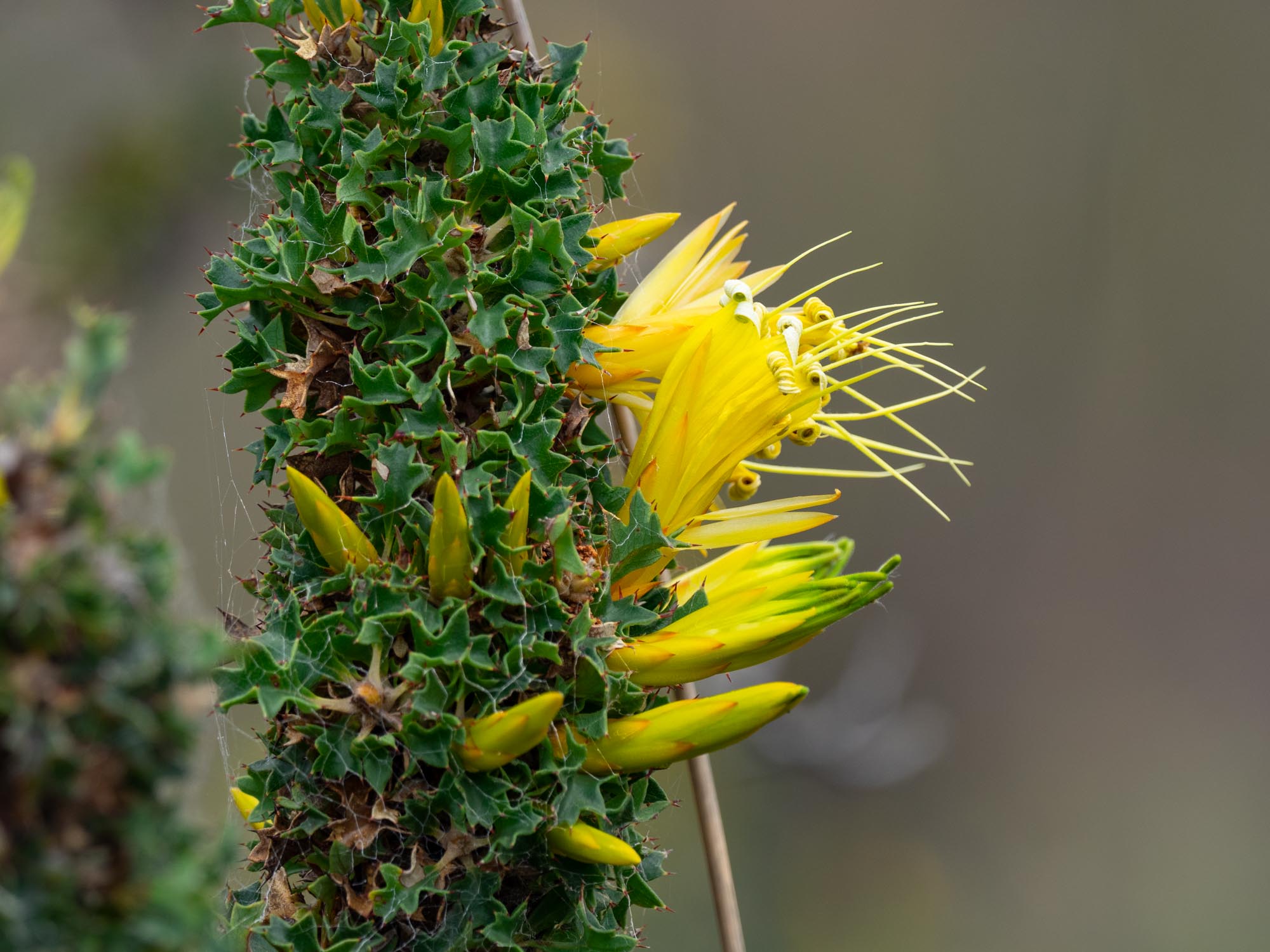
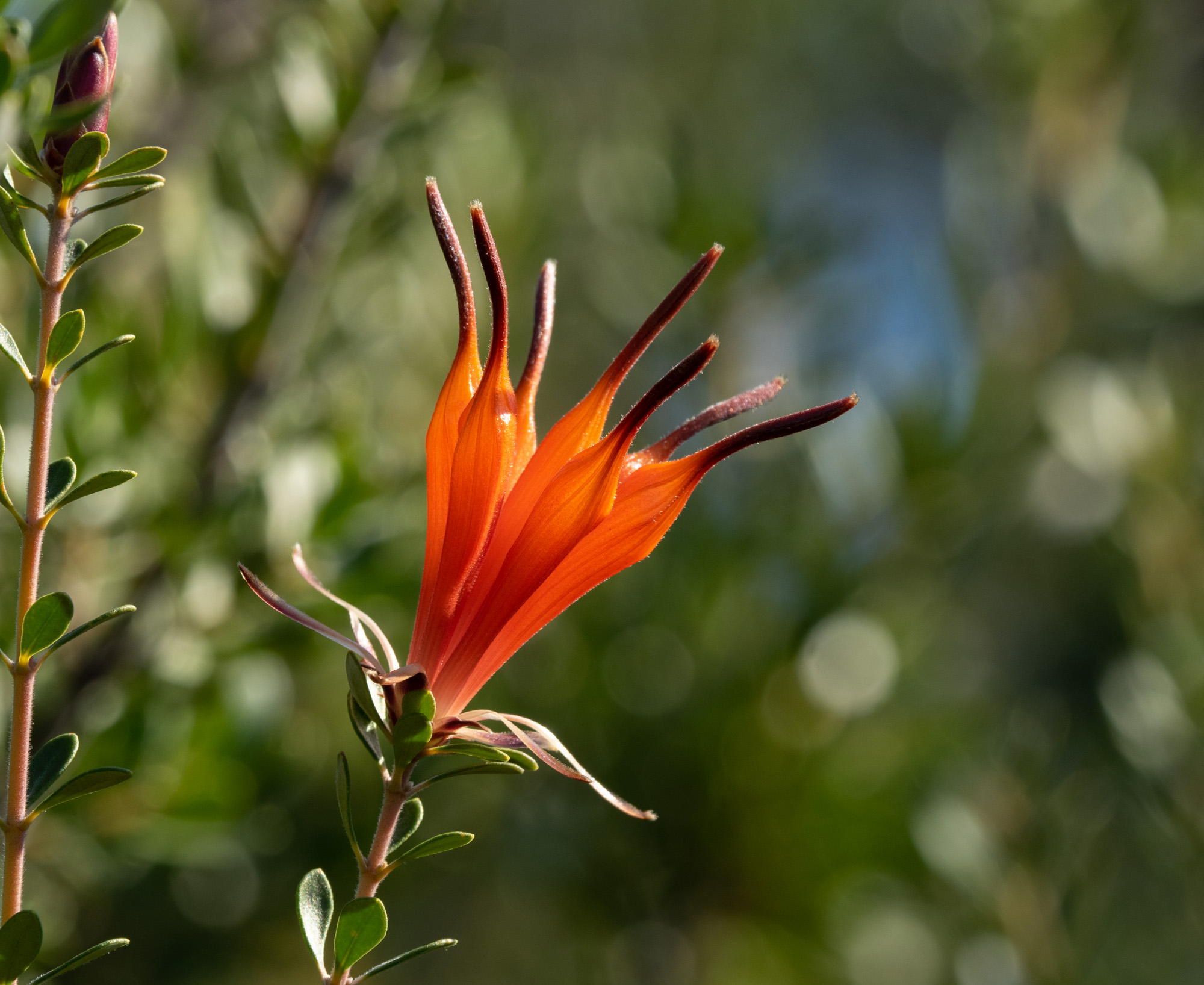
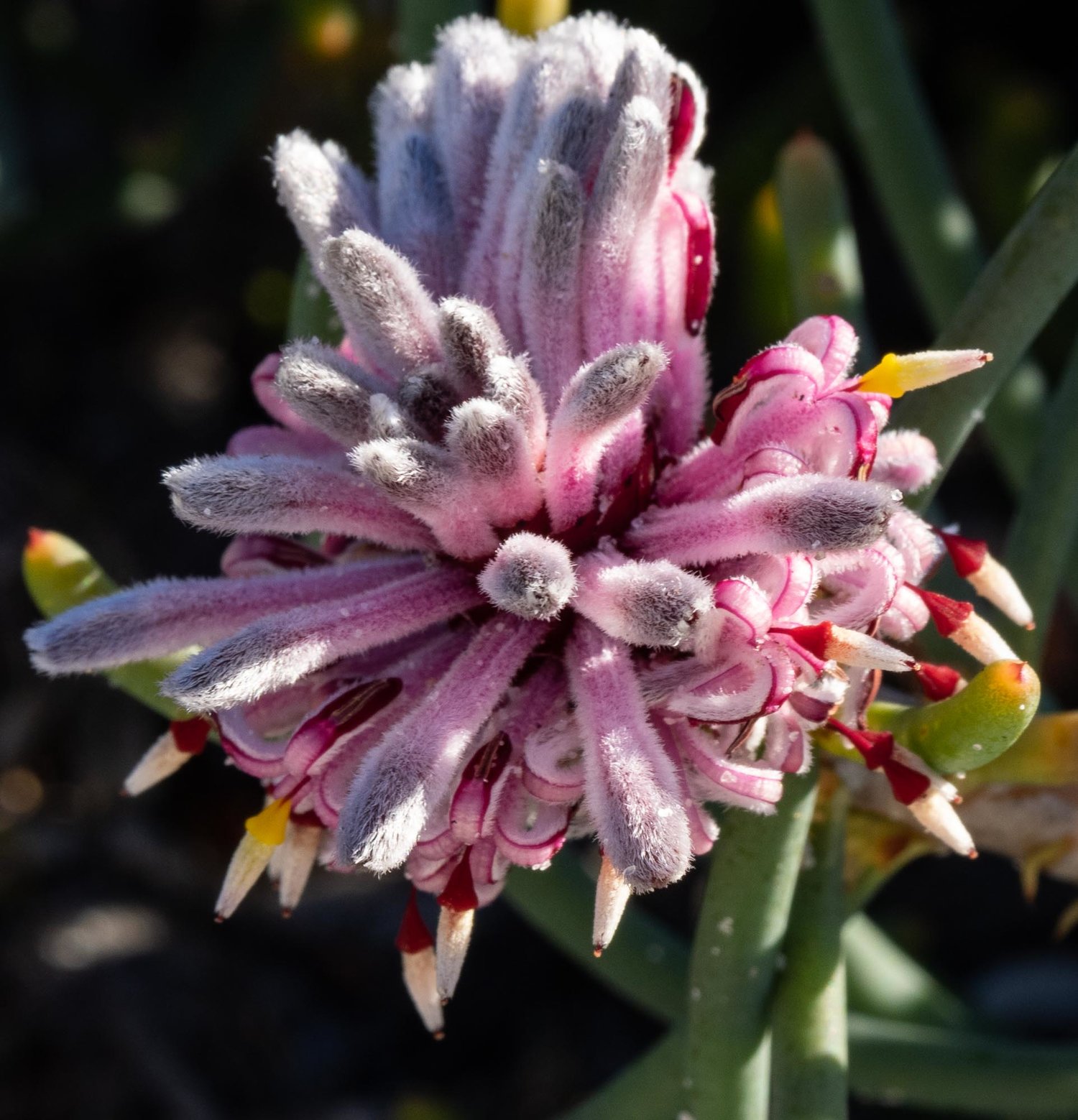
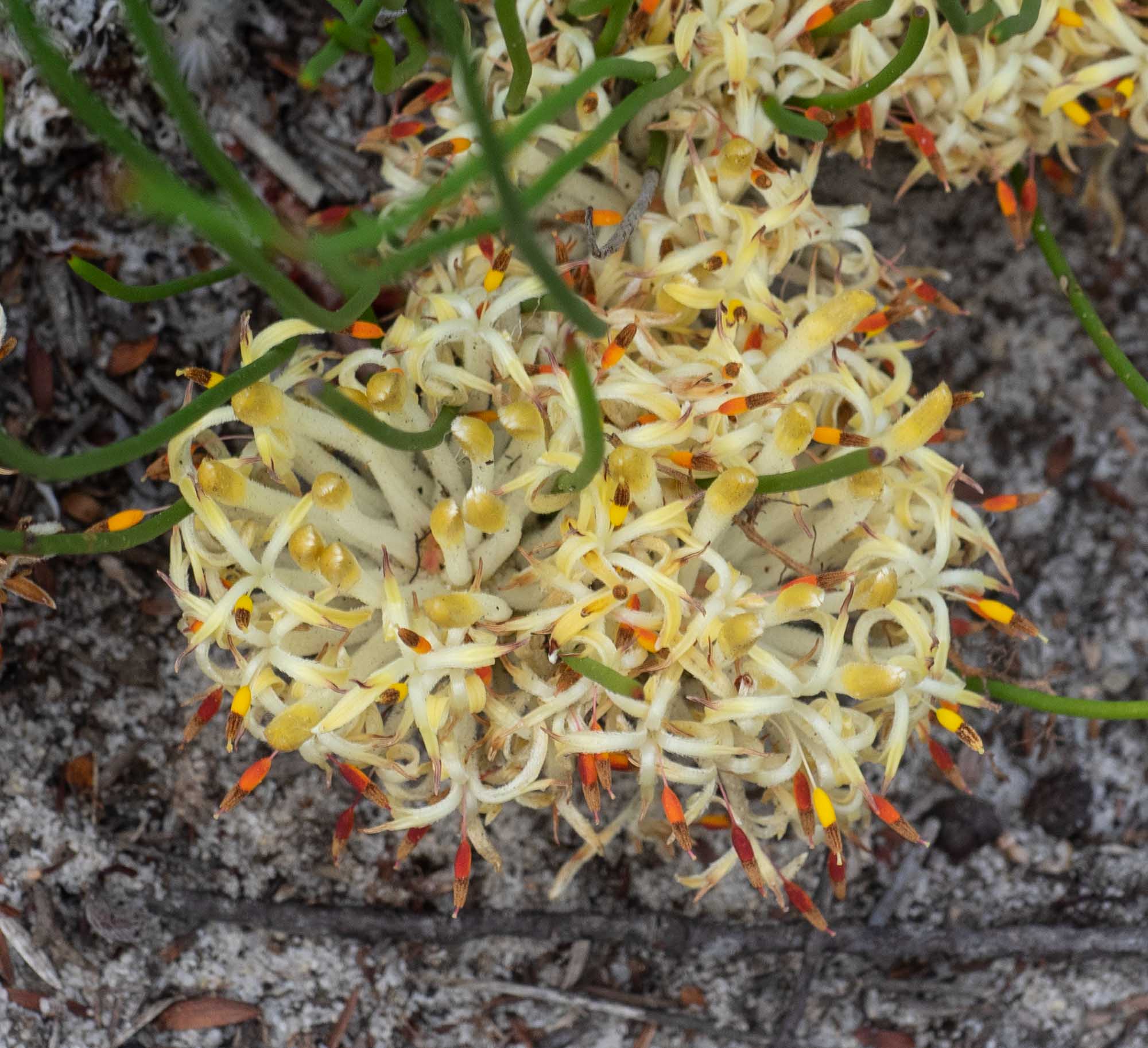
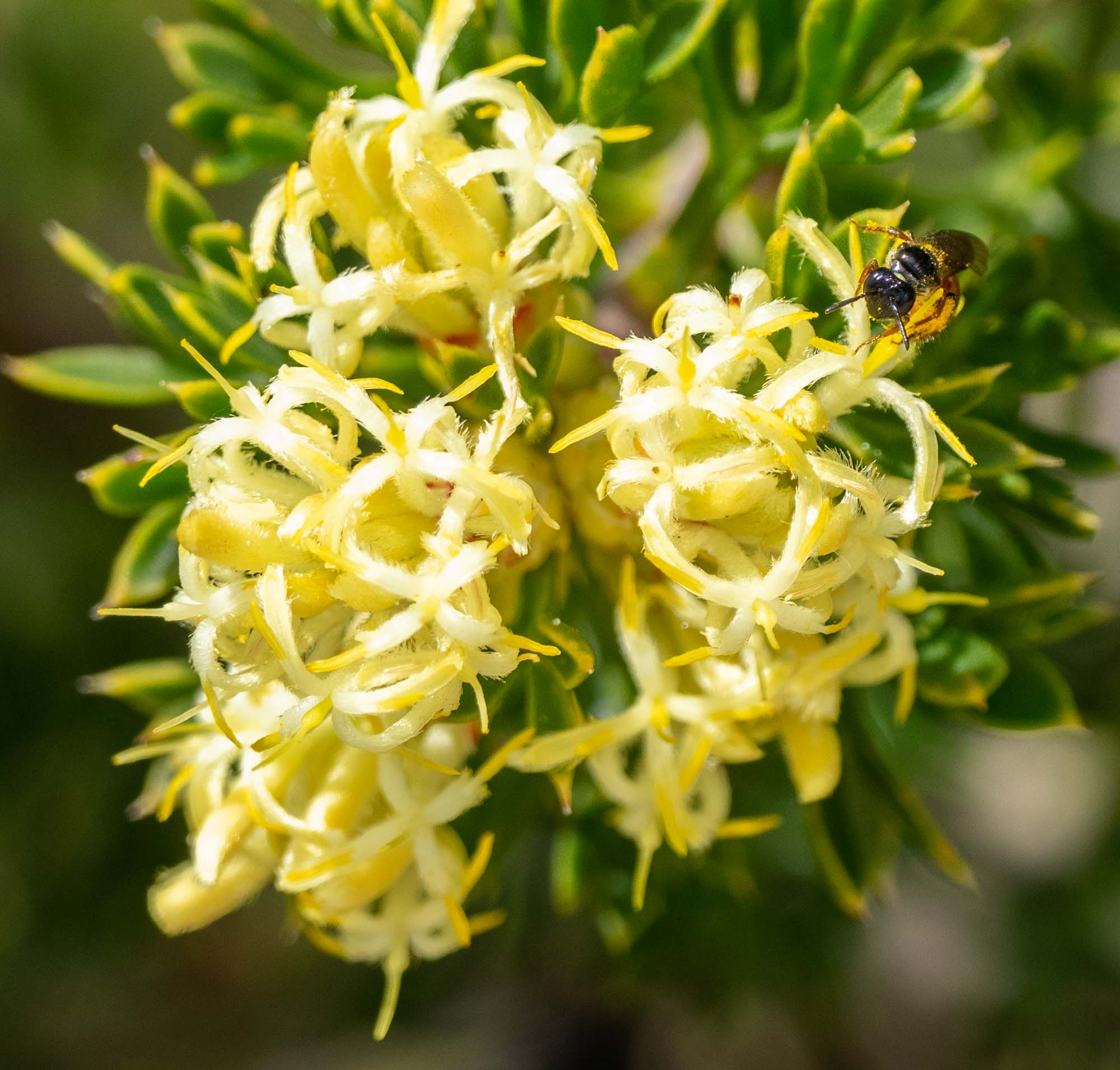
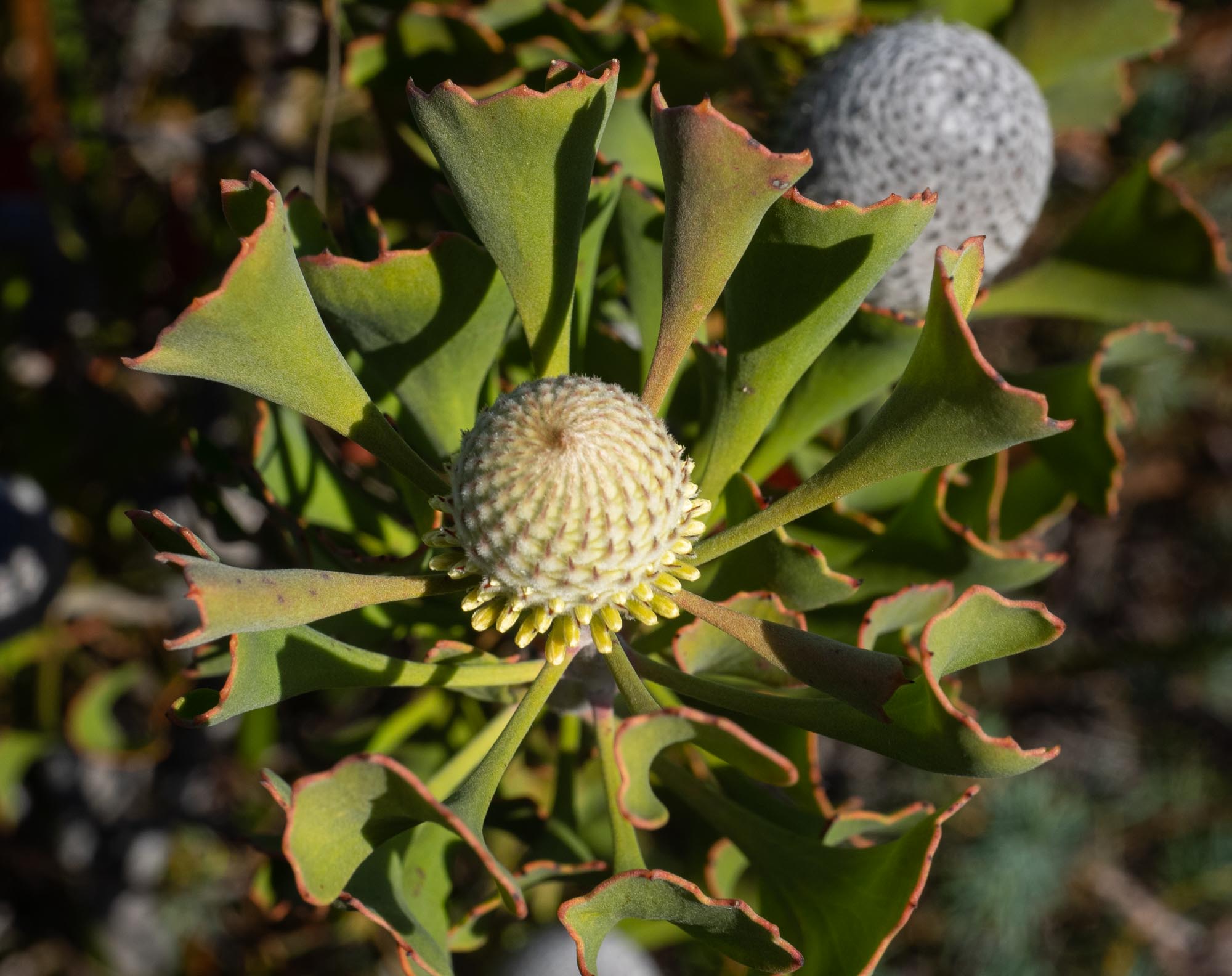
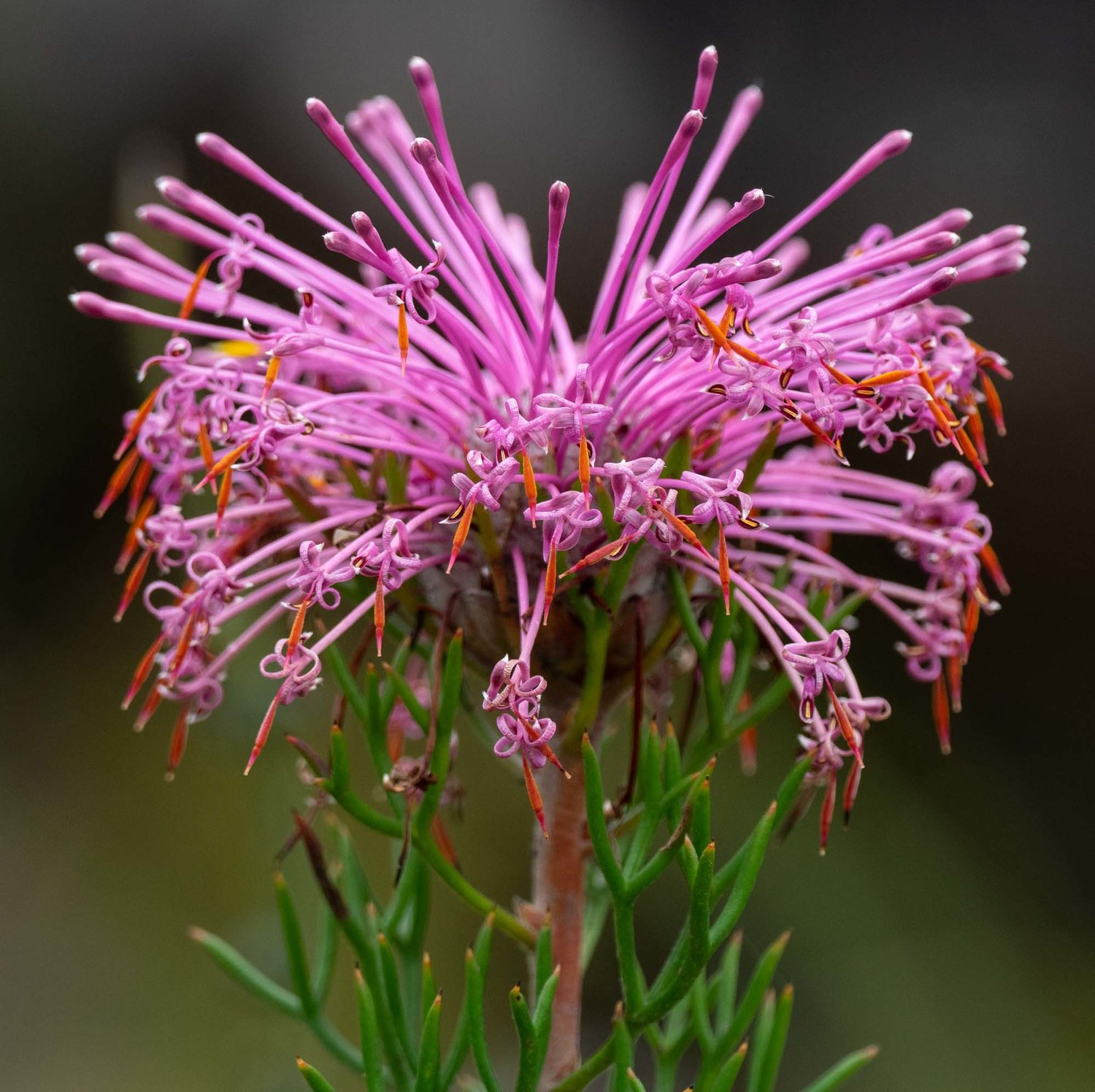

A feature of many species of the Proteaceae family is their specialised root system. They produce masses of surface-level outgrowths that can access phosphorous from the leaf litter. This enables the plants to thrive in low-nutrient soils. It is this very adaptation, however, that makes them so susceptible to the phytopthora fungus. The introduced pathogen has had a devastating effect on the region’s flora, and is a major management challenge for National Parks.
Orchids are the superstars of Spring
Orchids are the eighth largest family in the SWP, and show the typical high levels of endemism (62%). And they must be a strong candidate for superstar status in WA. They are stunningly beautiful. They have intriguing sex lives. They are ephemeral. And everyone wants to see them!
I confess to being bitten by the orchid bug. We spent many hours seeking out these plants, and were well rewarded. It seems we timed our visit to the south-west just right!
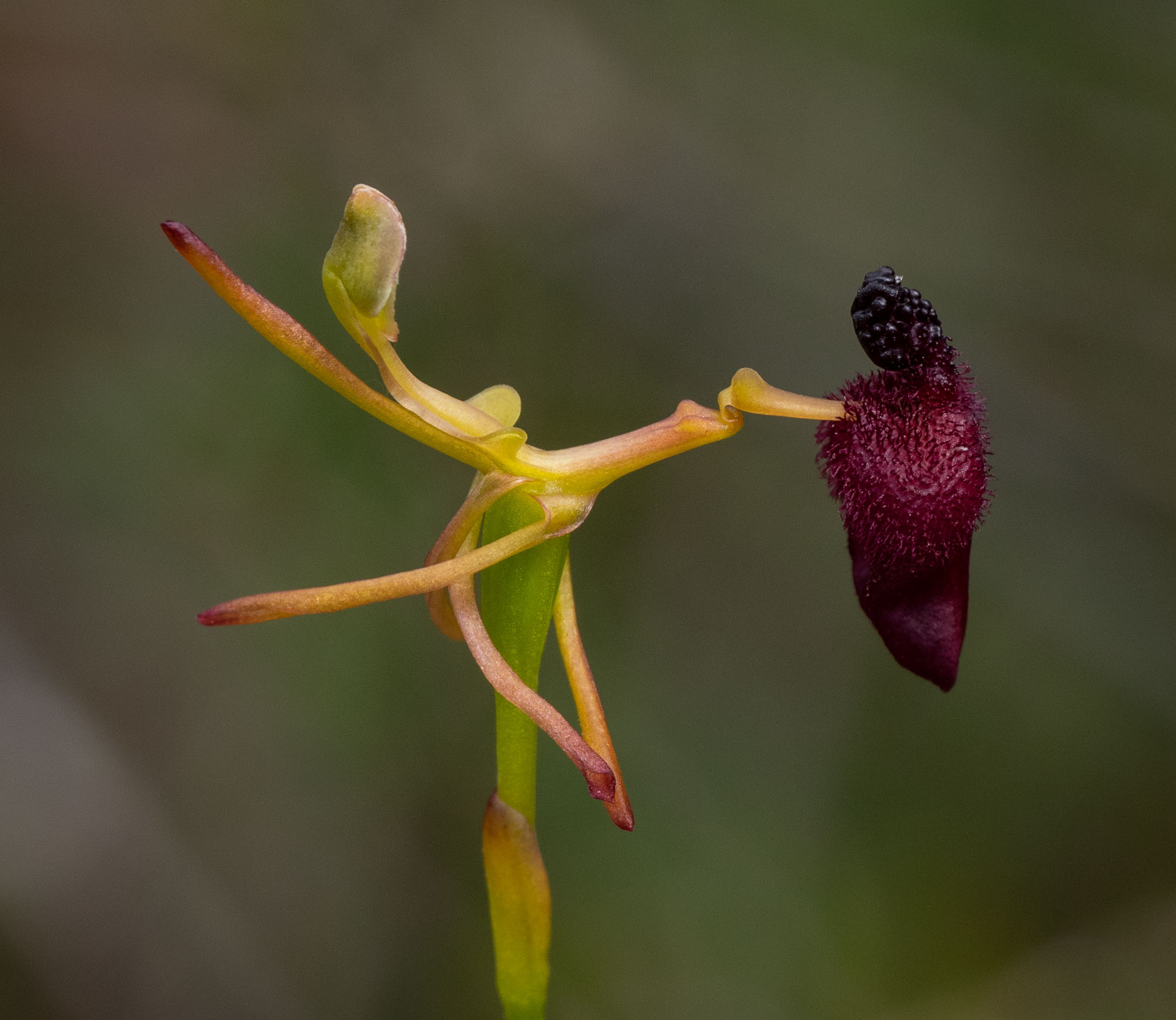
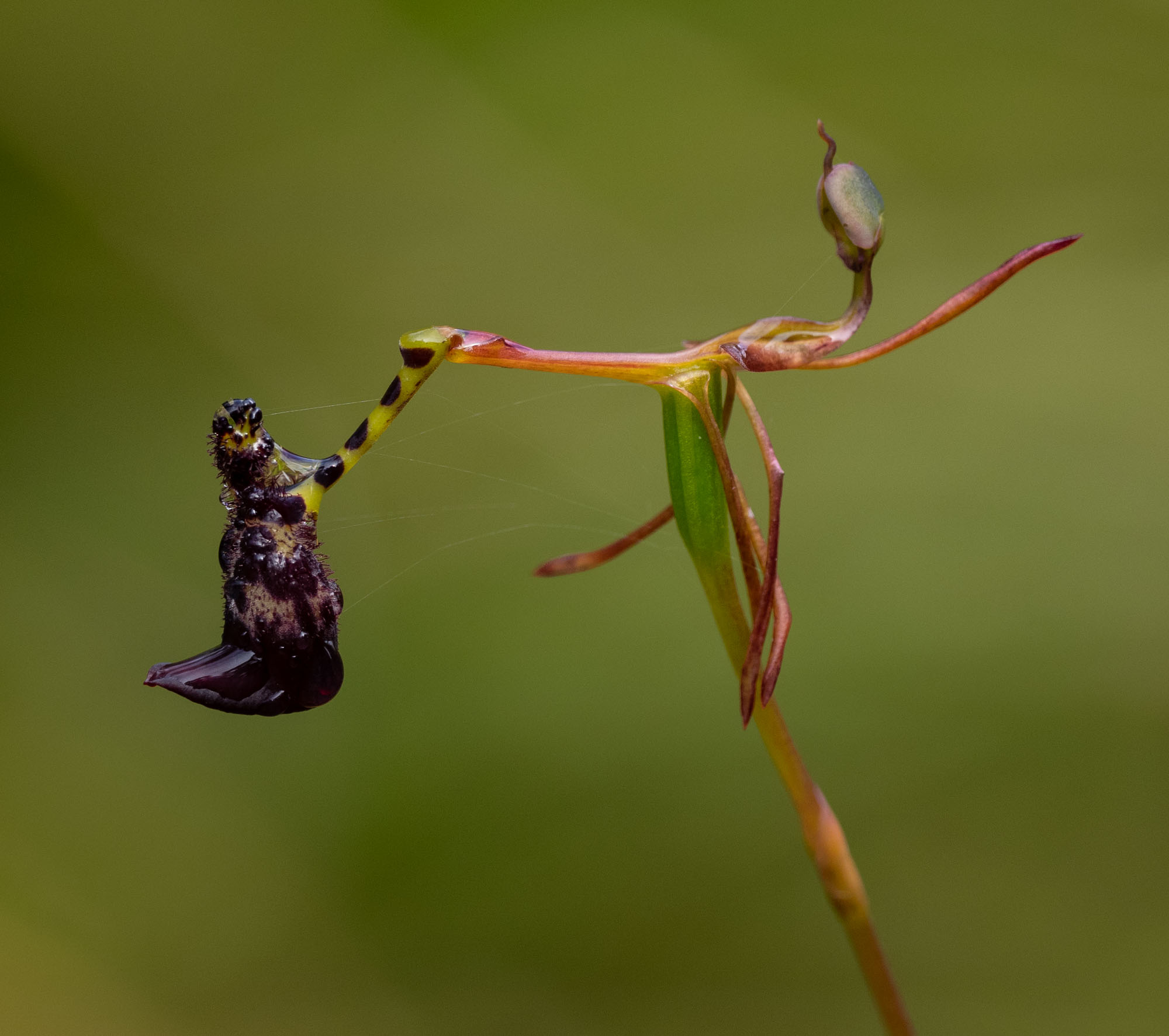
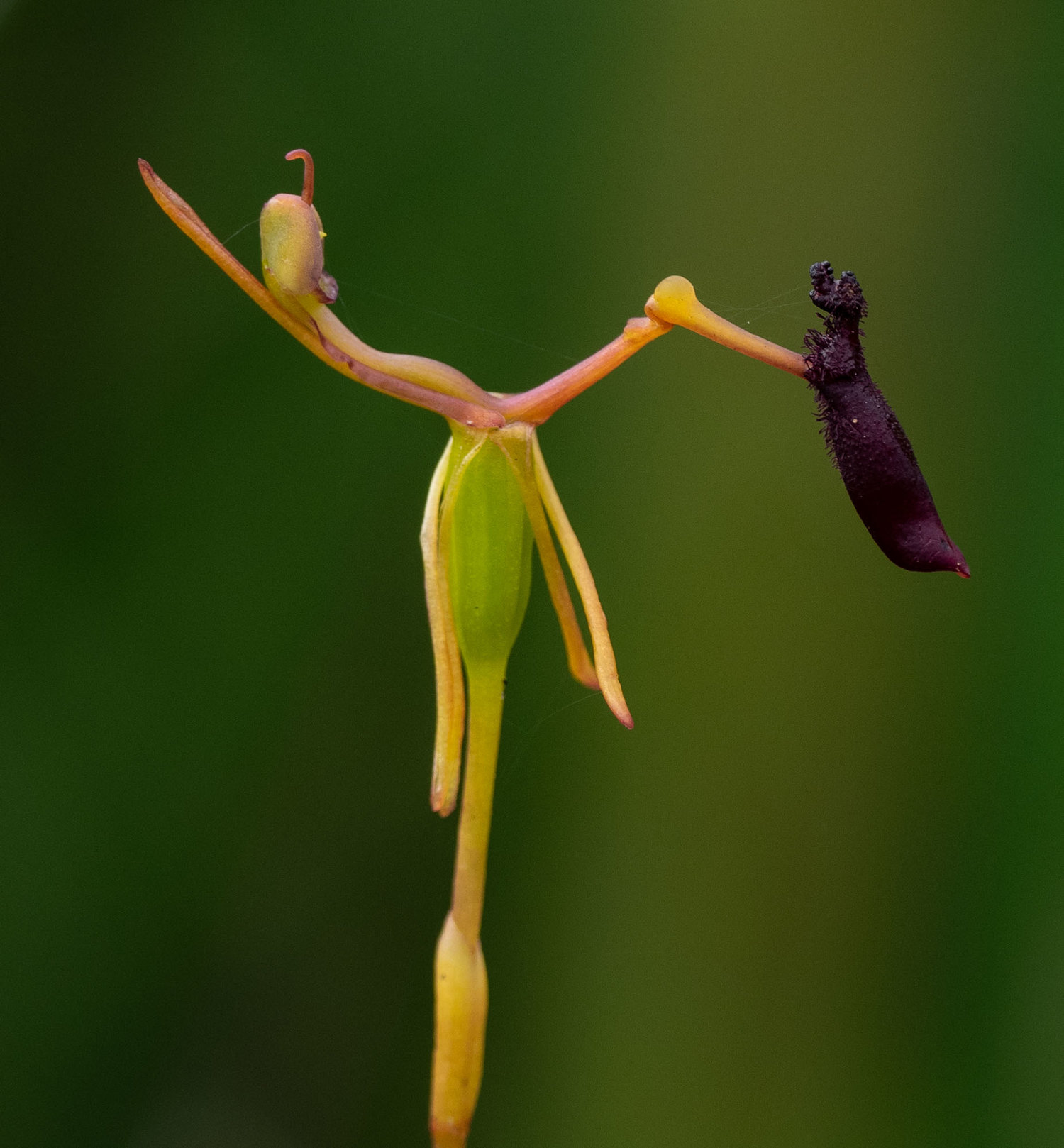
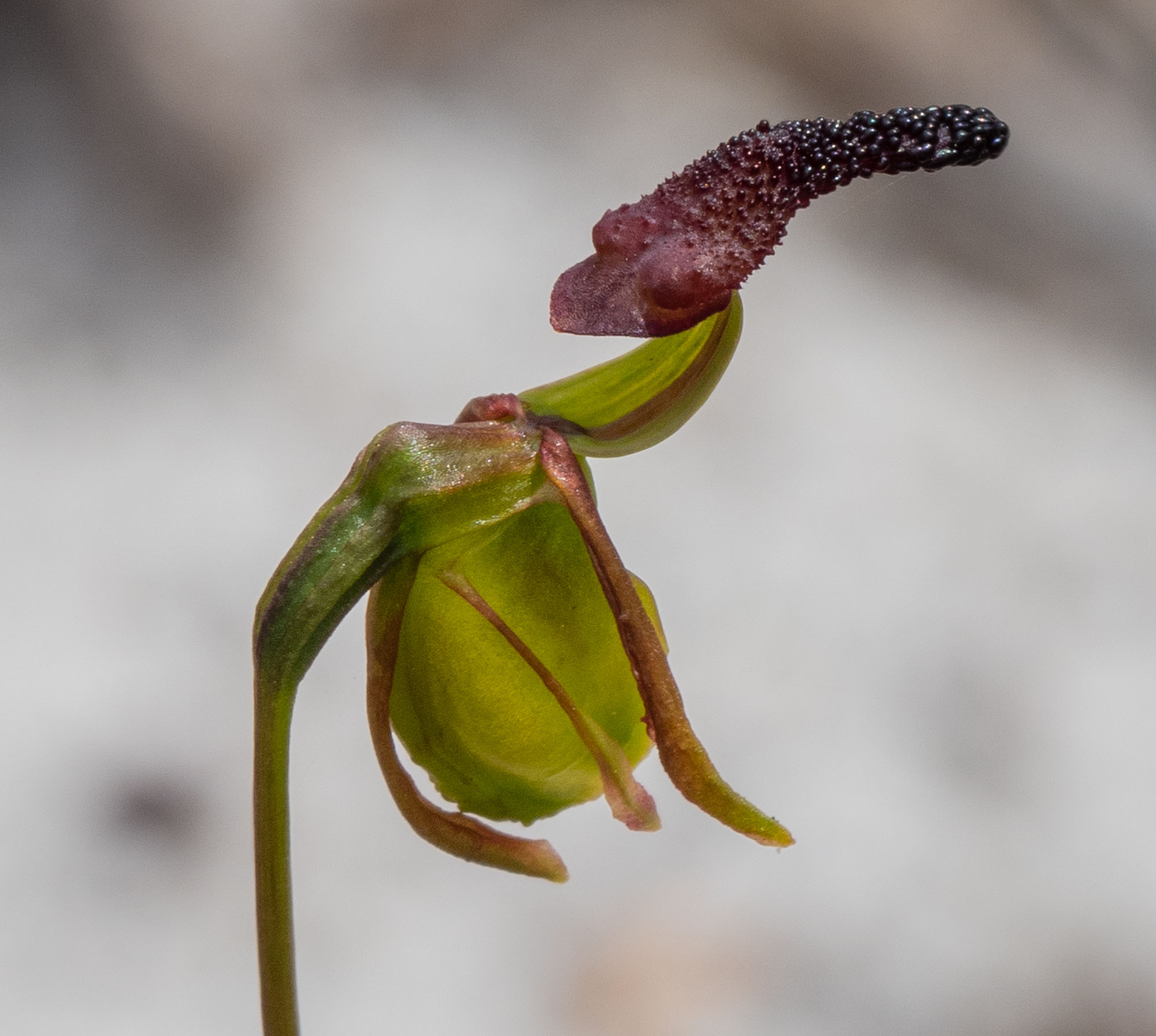

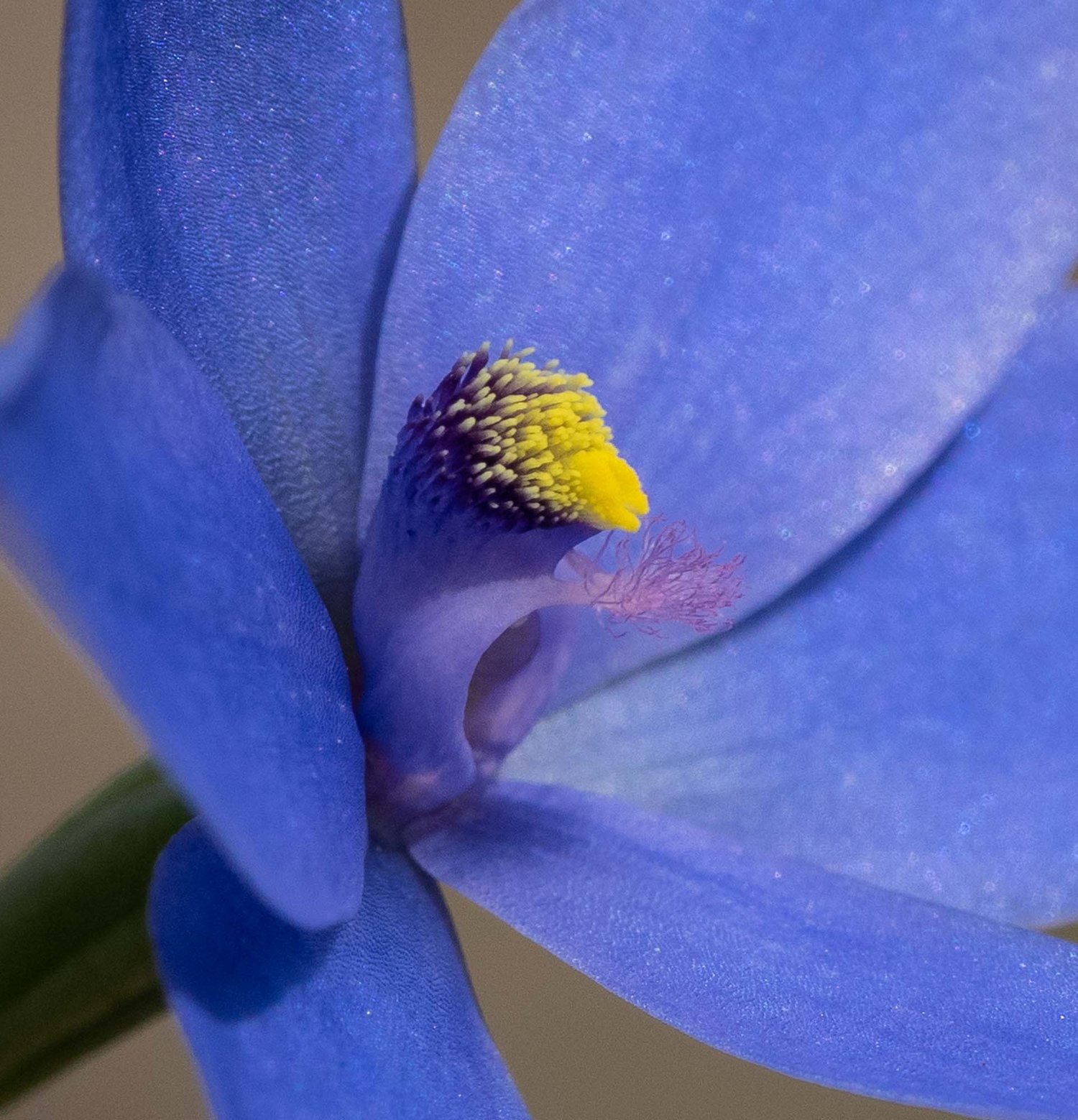

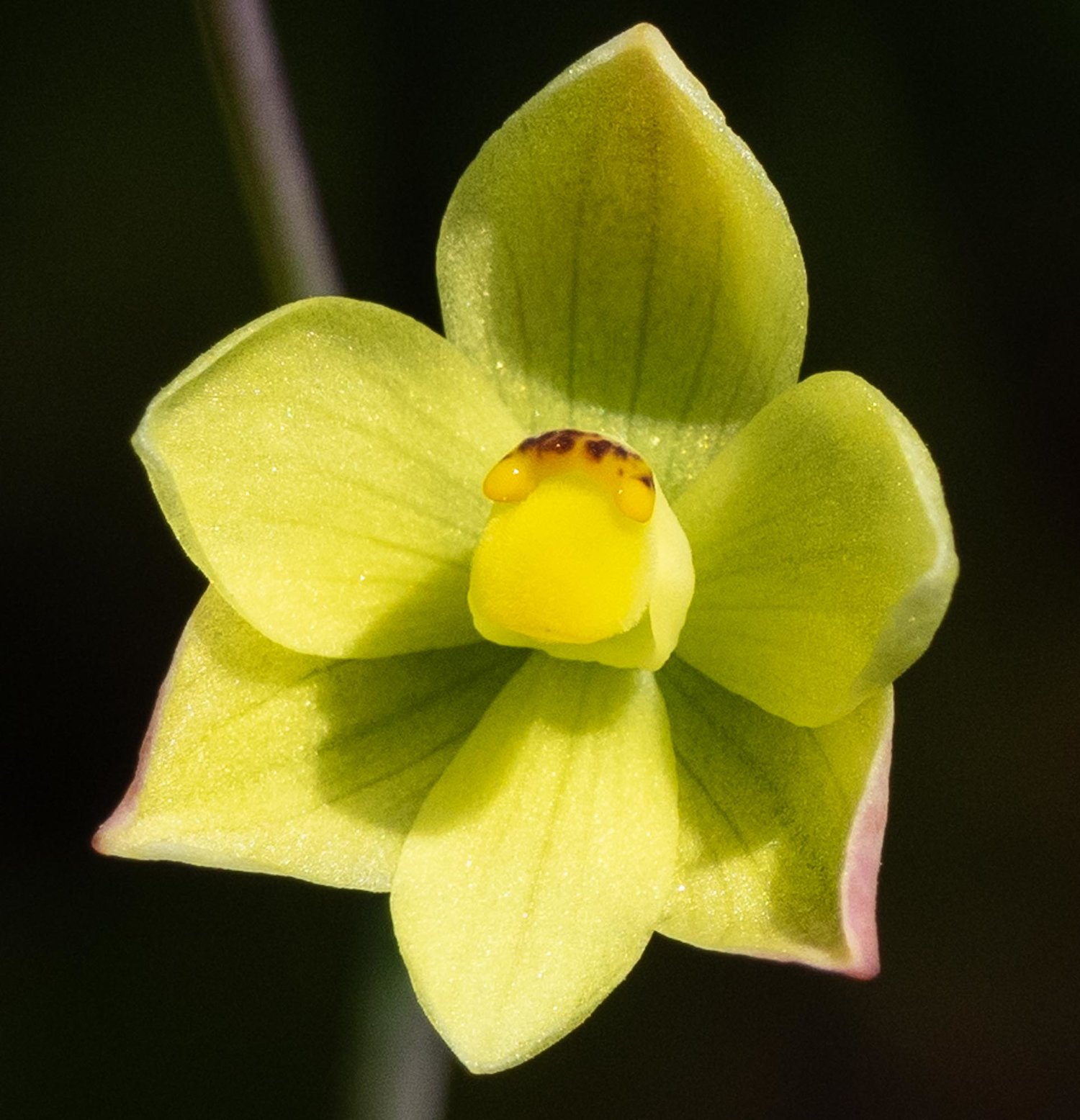
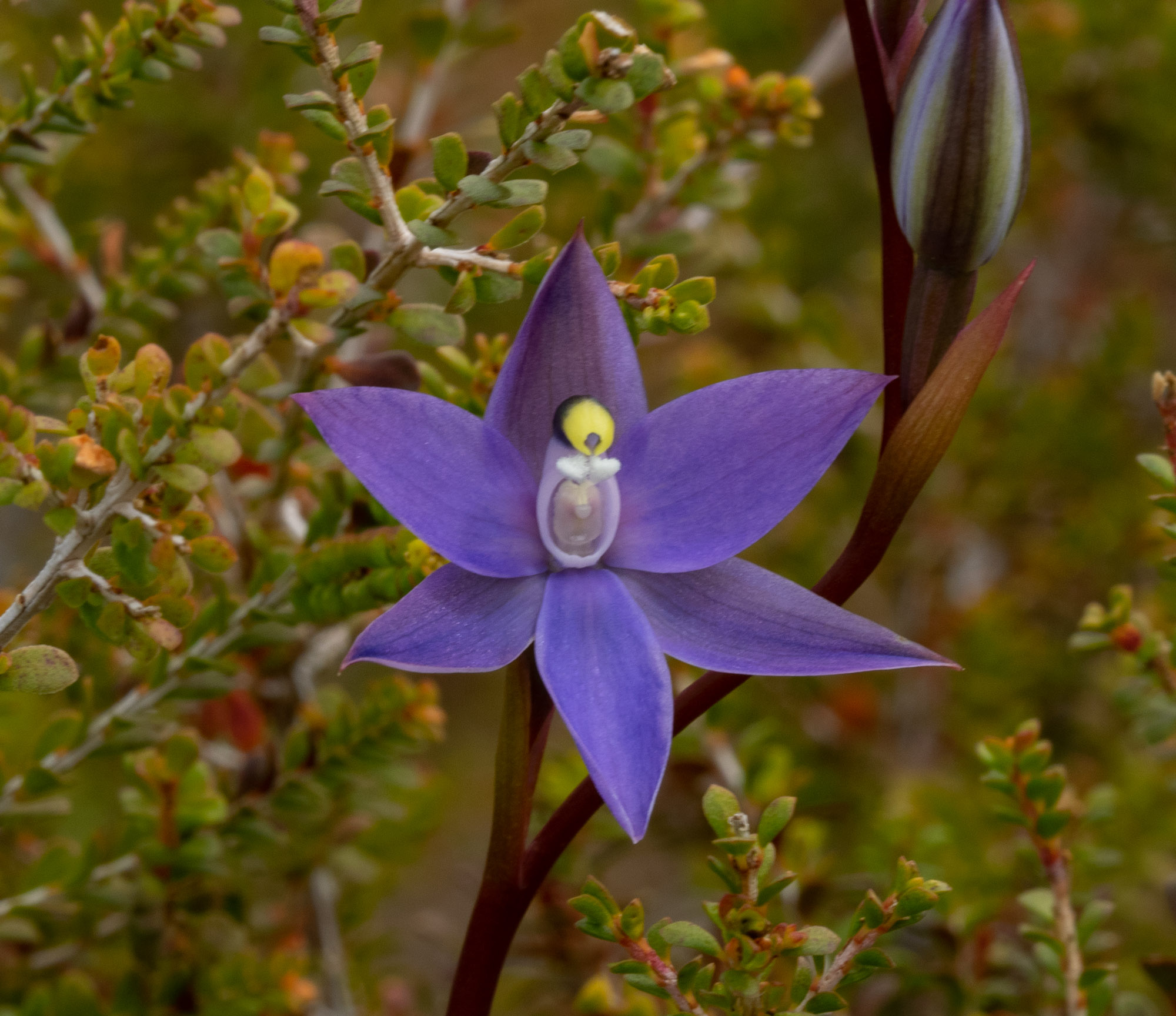
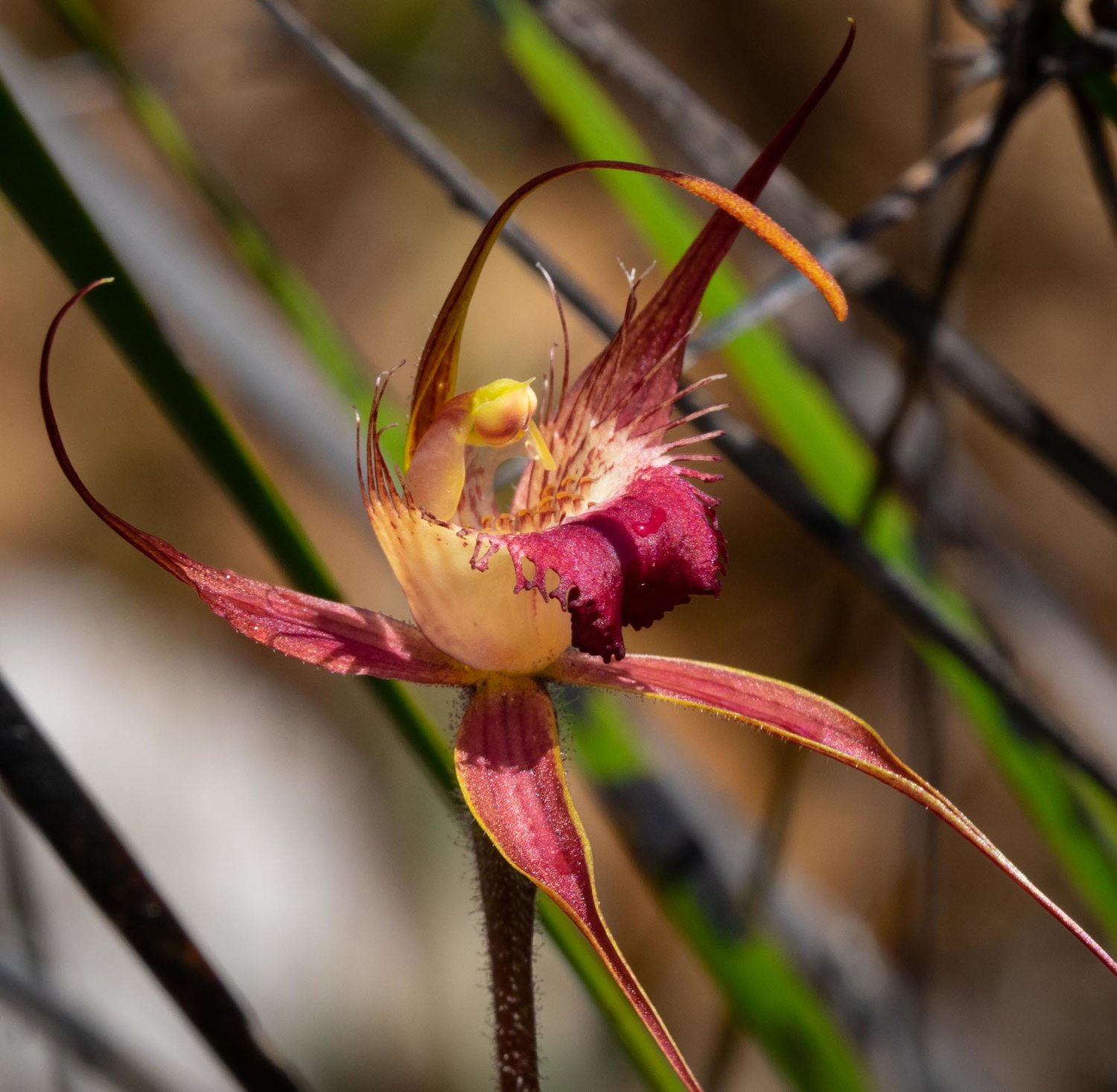
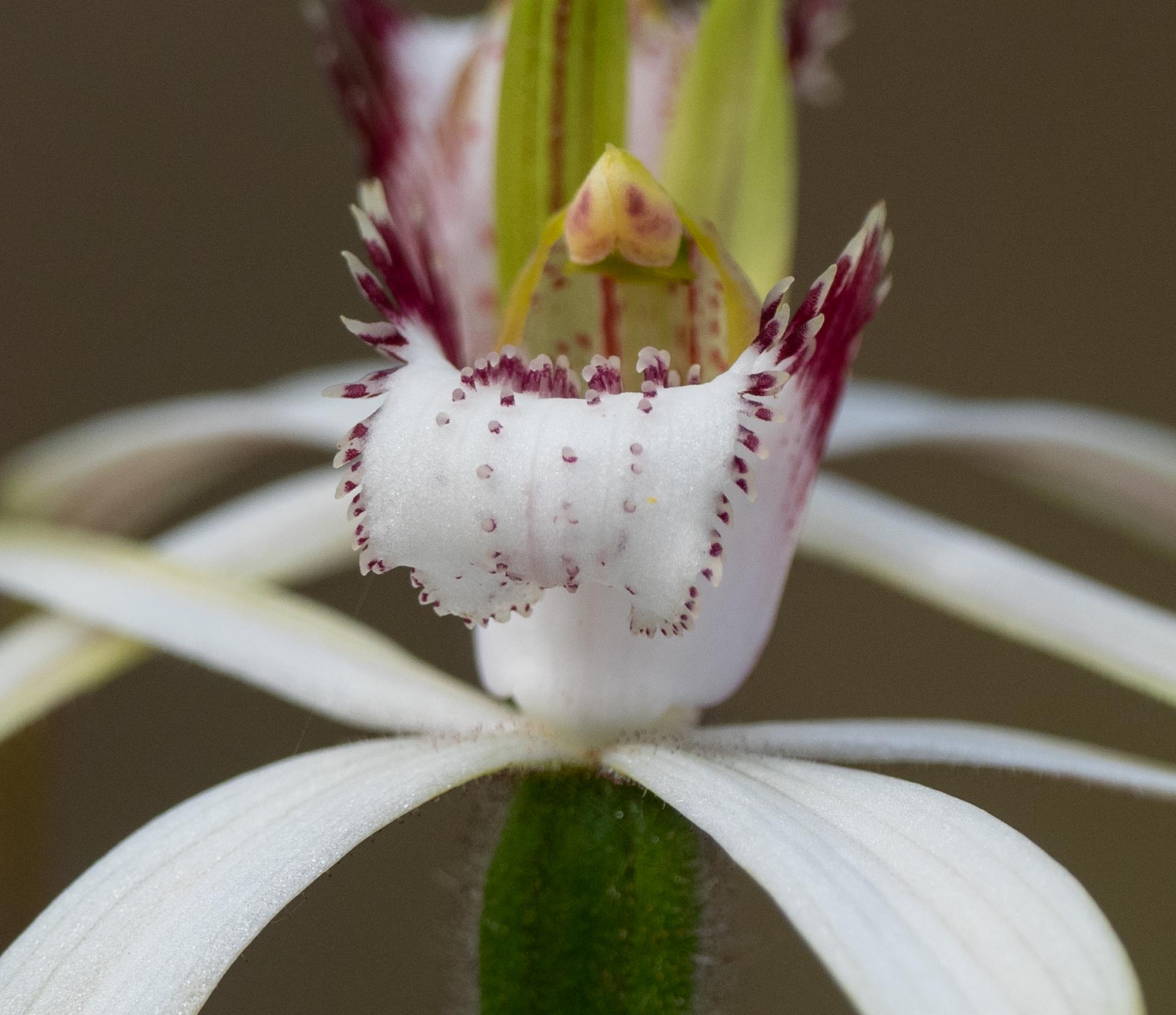
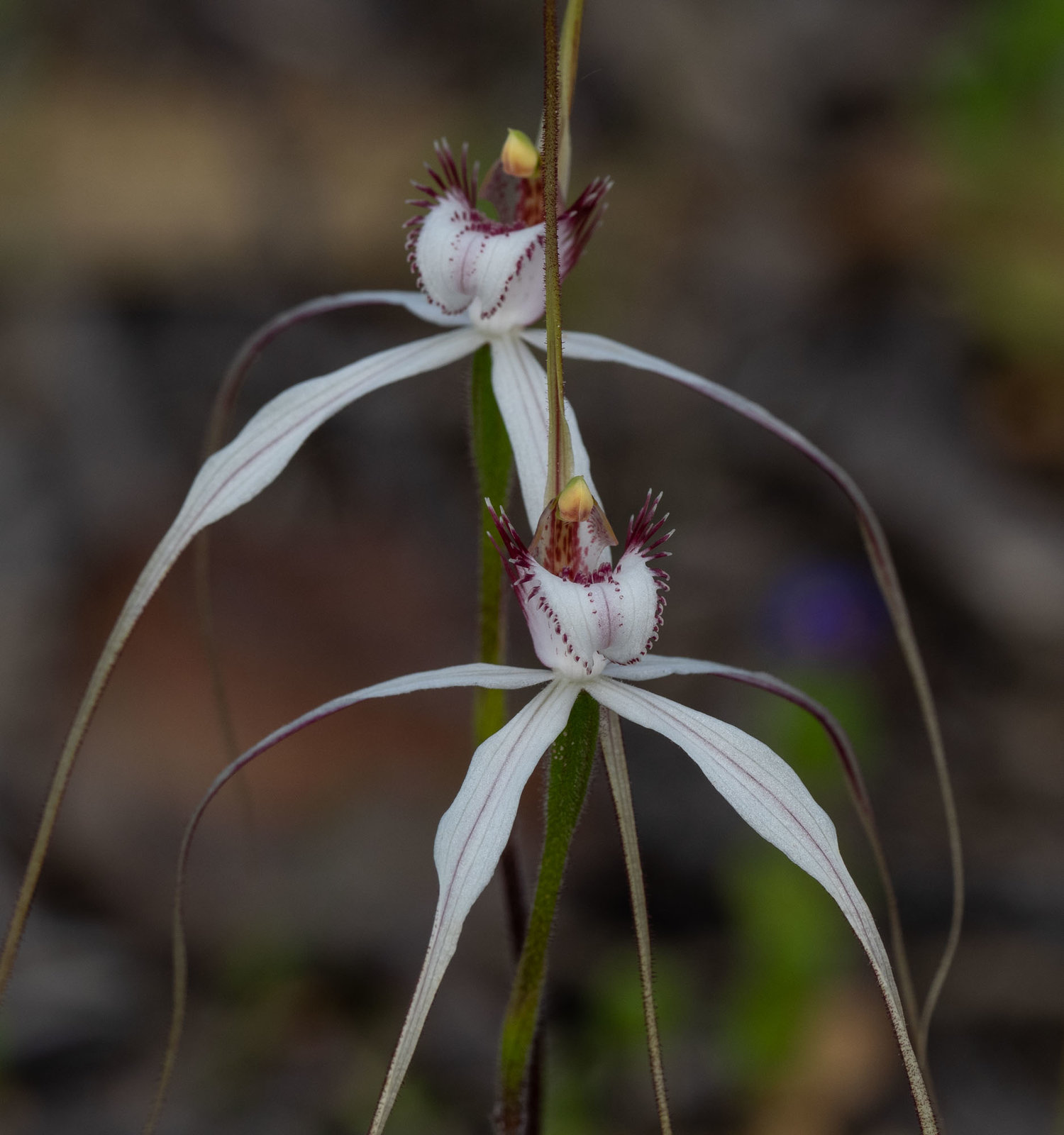

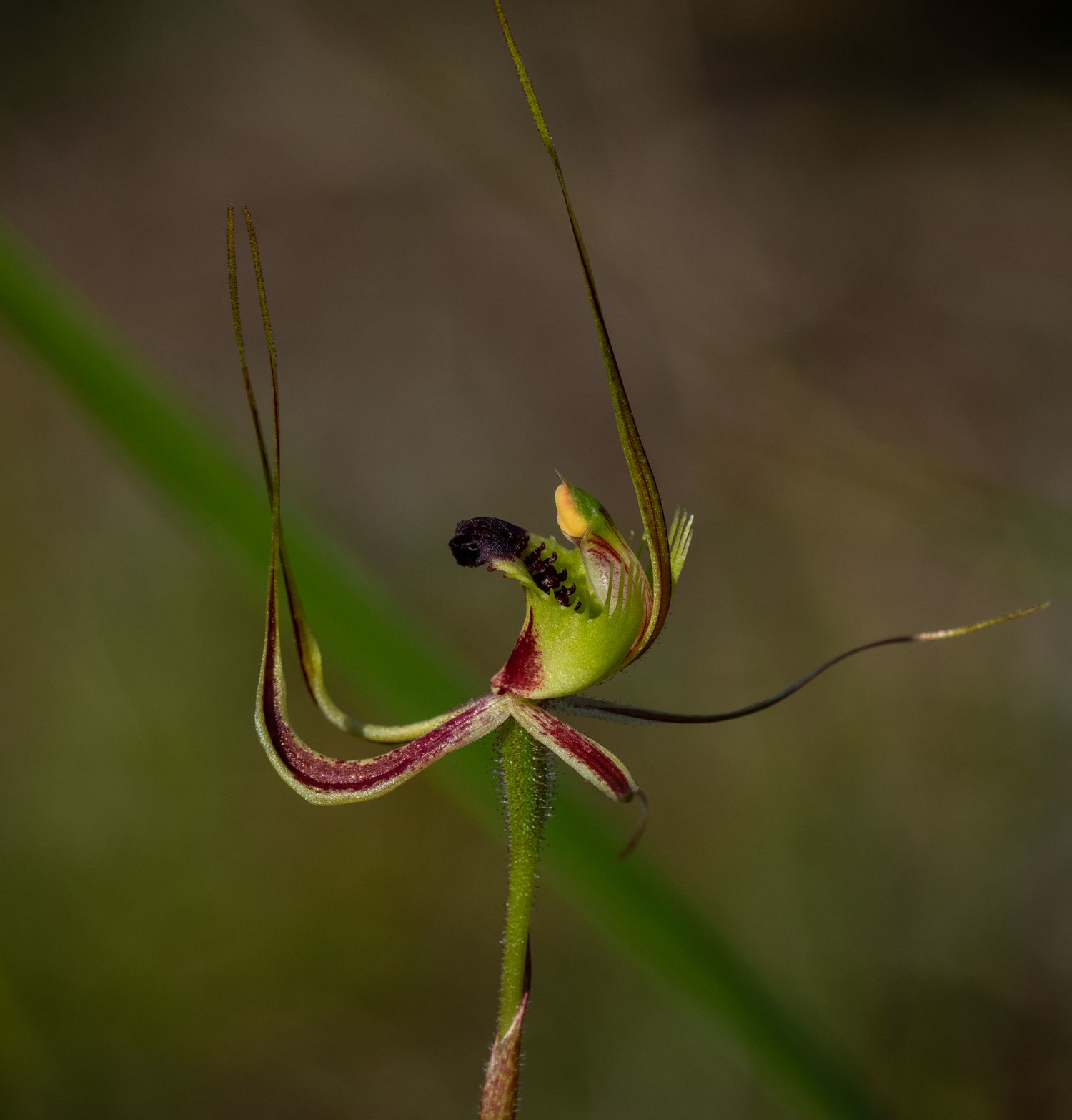
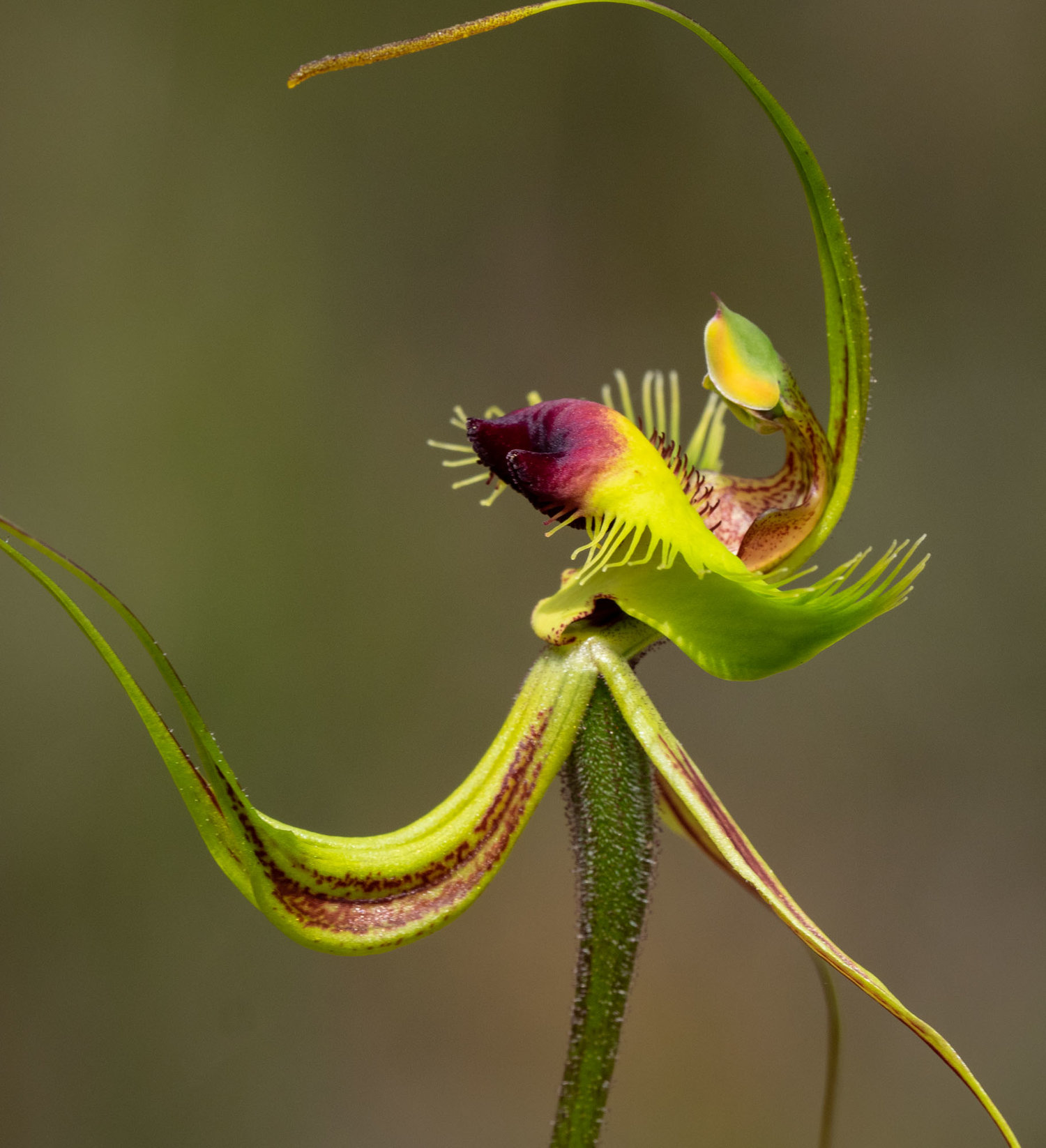
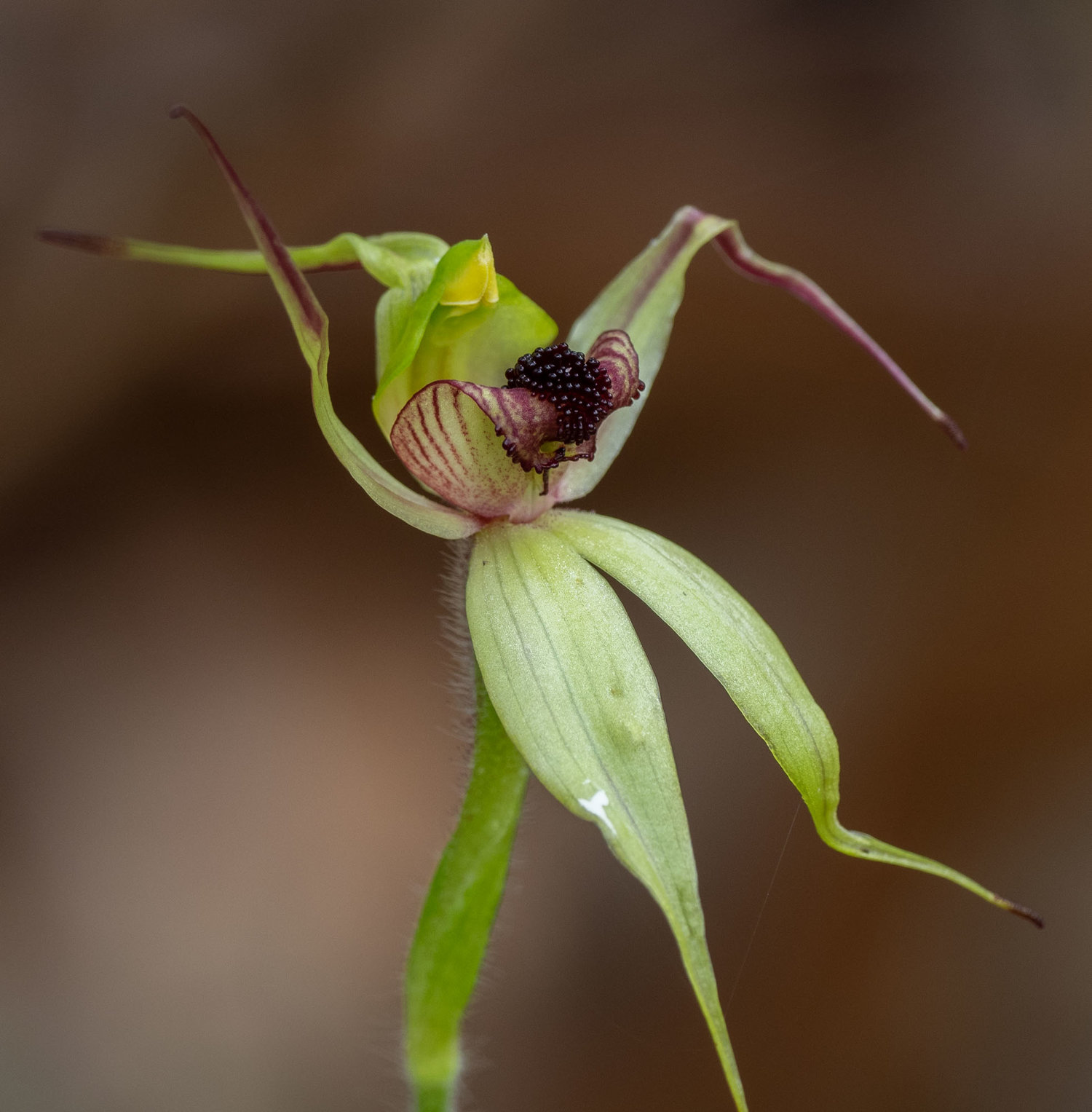
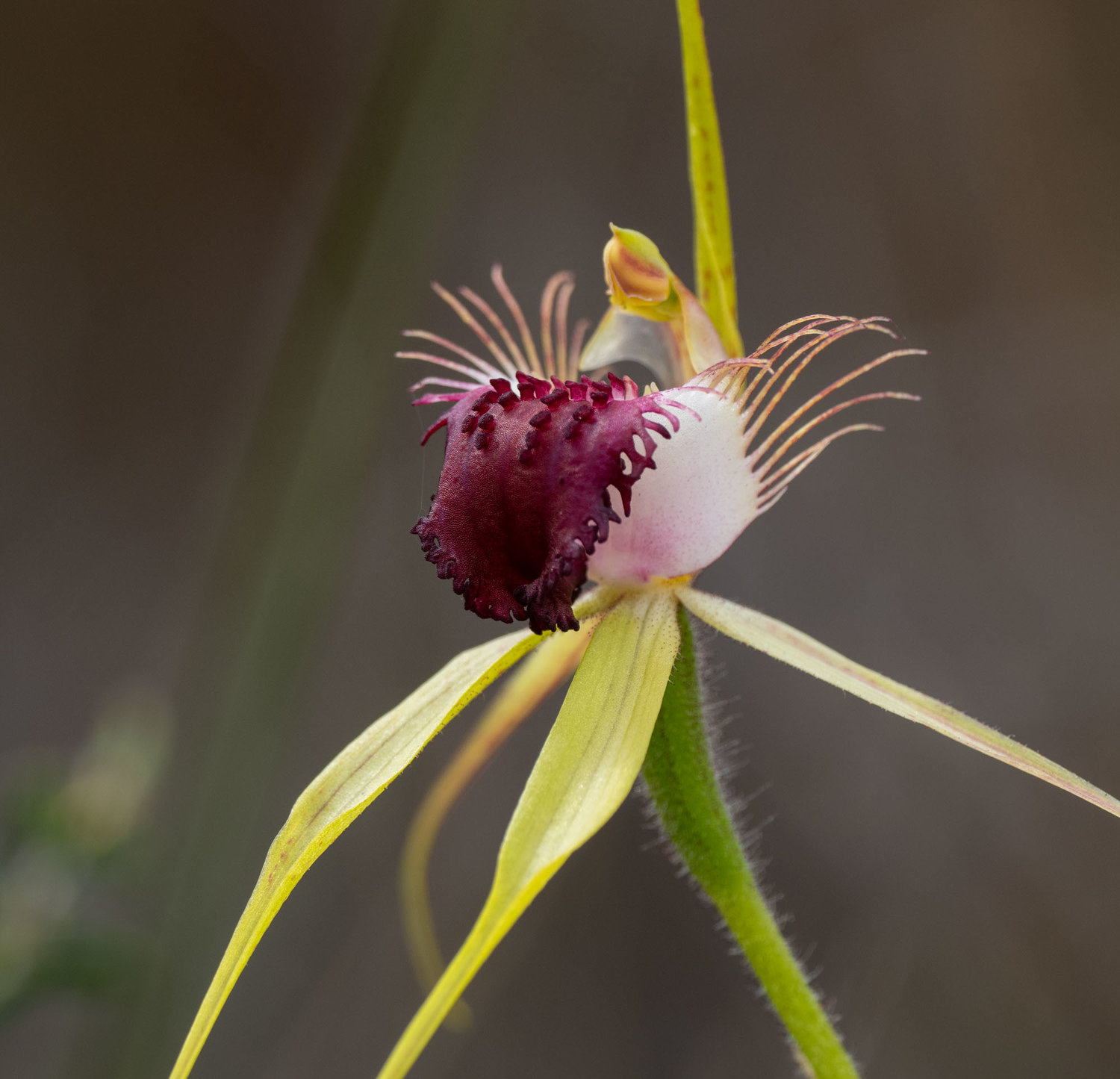

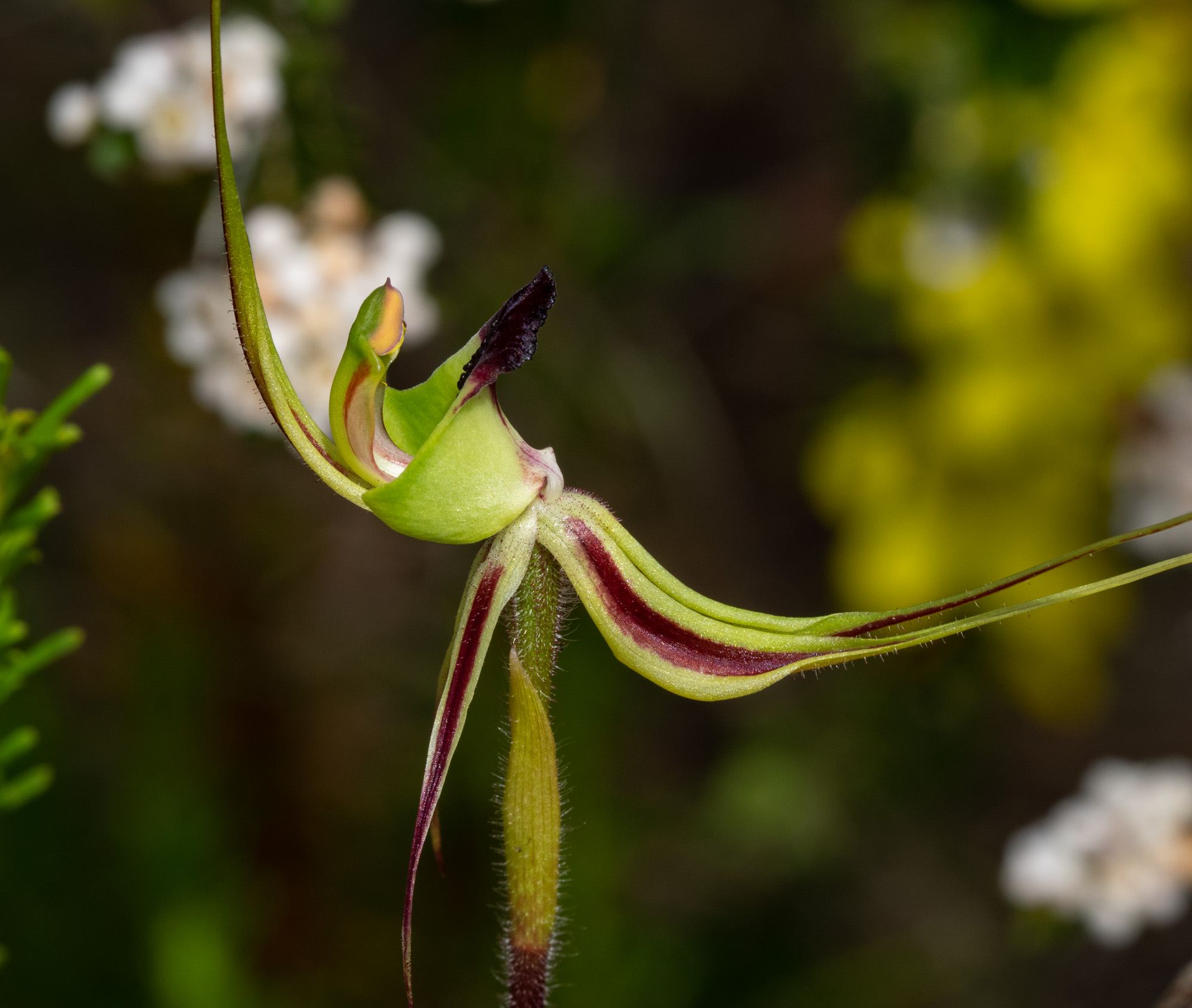
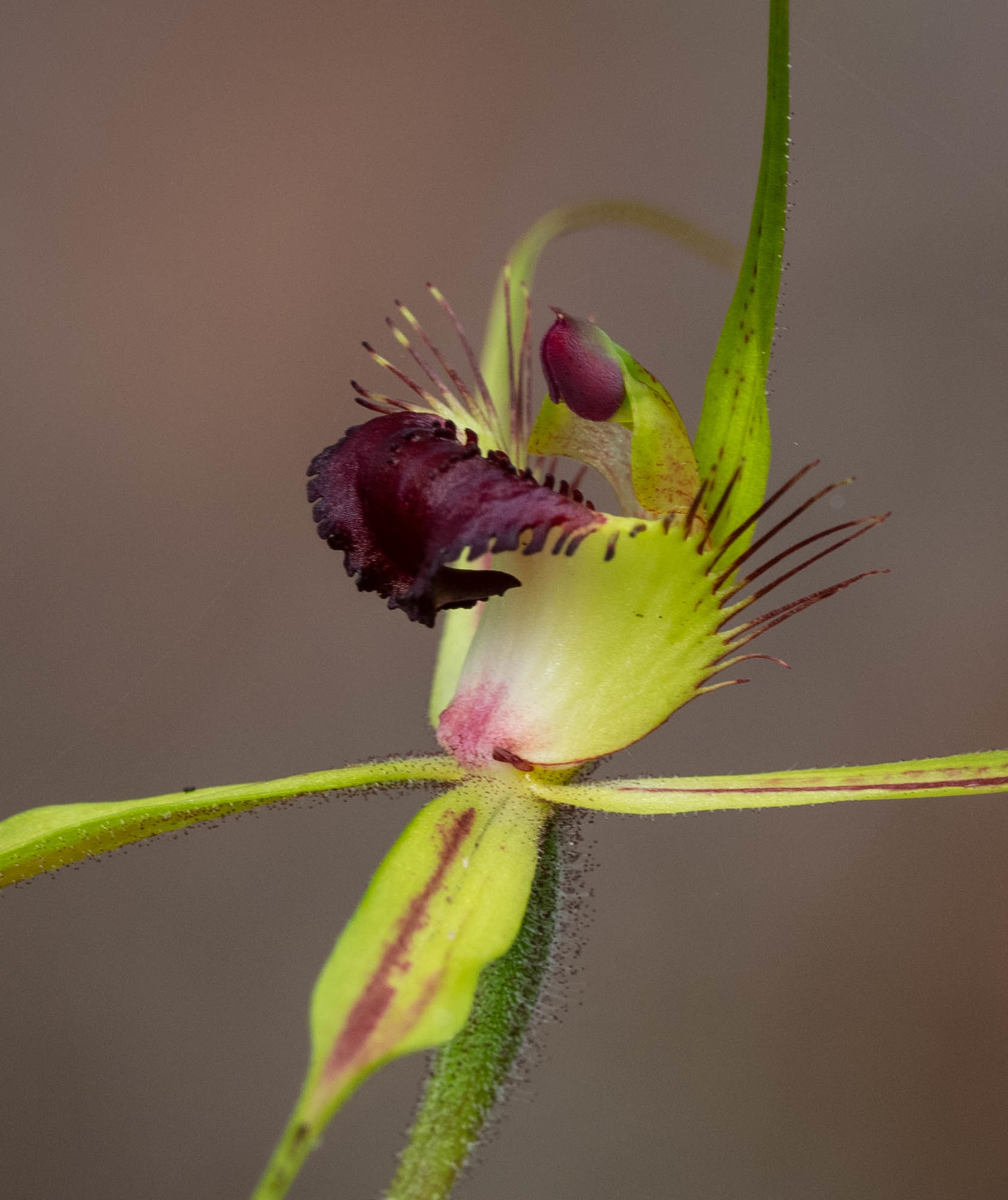
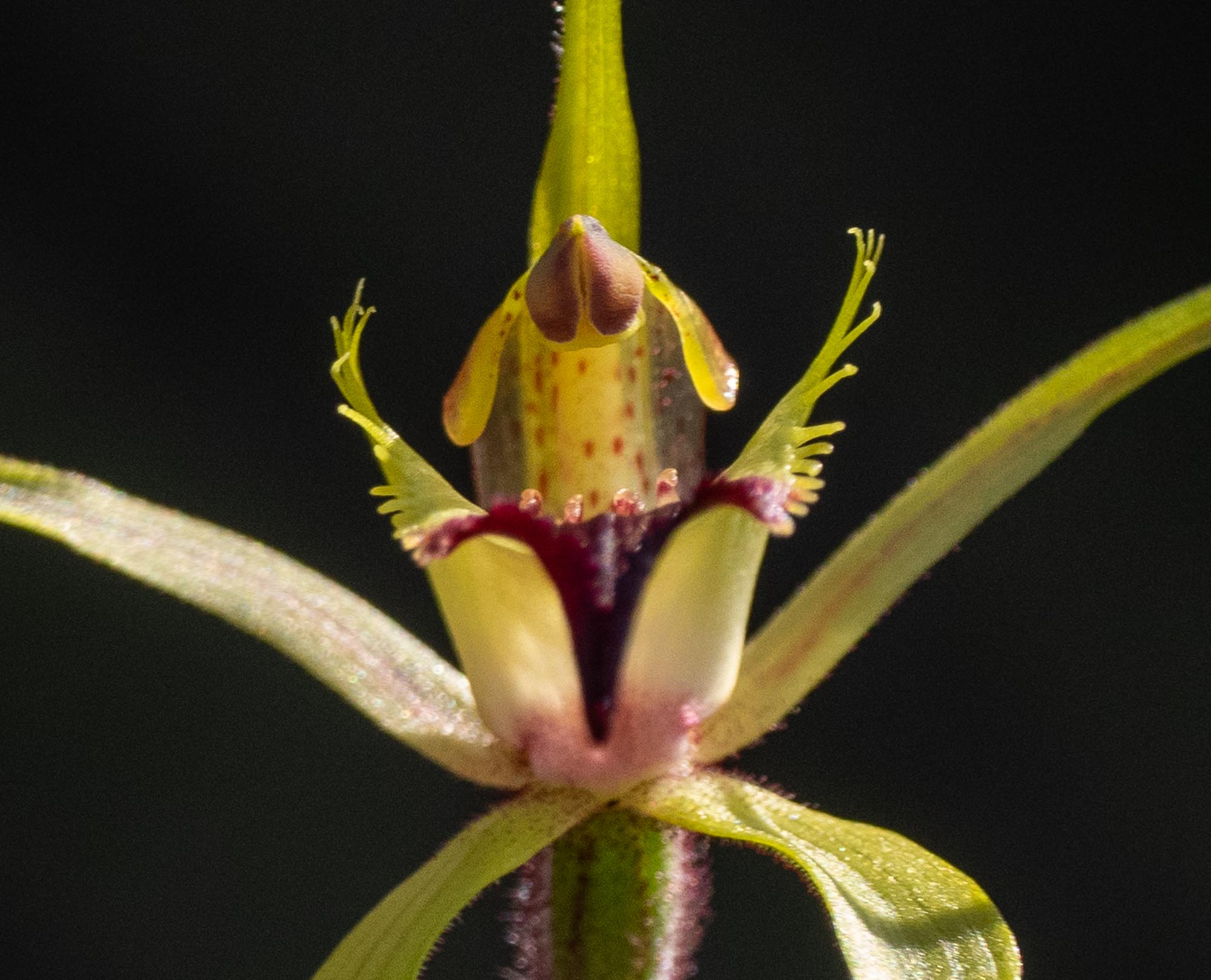

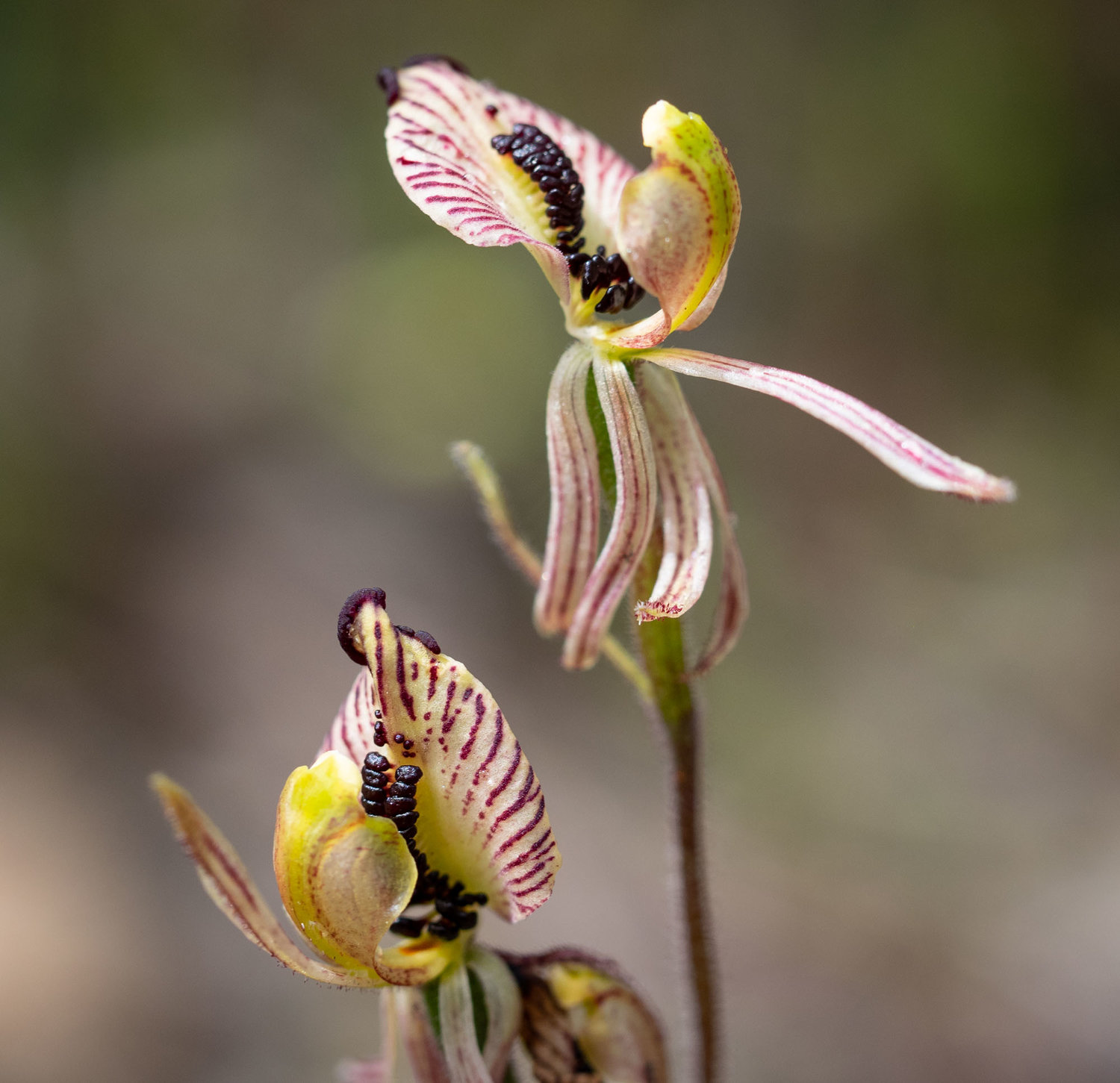
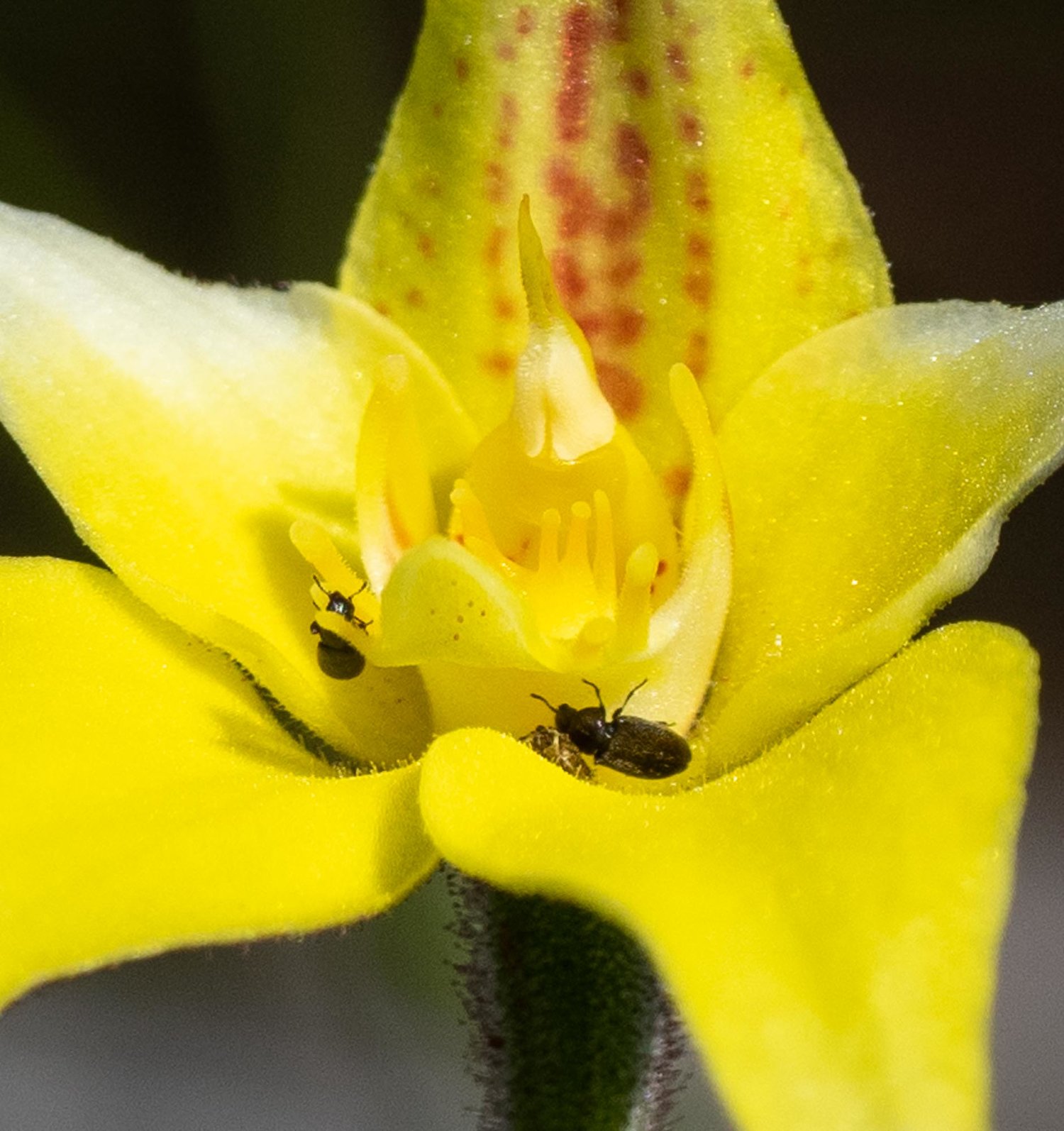

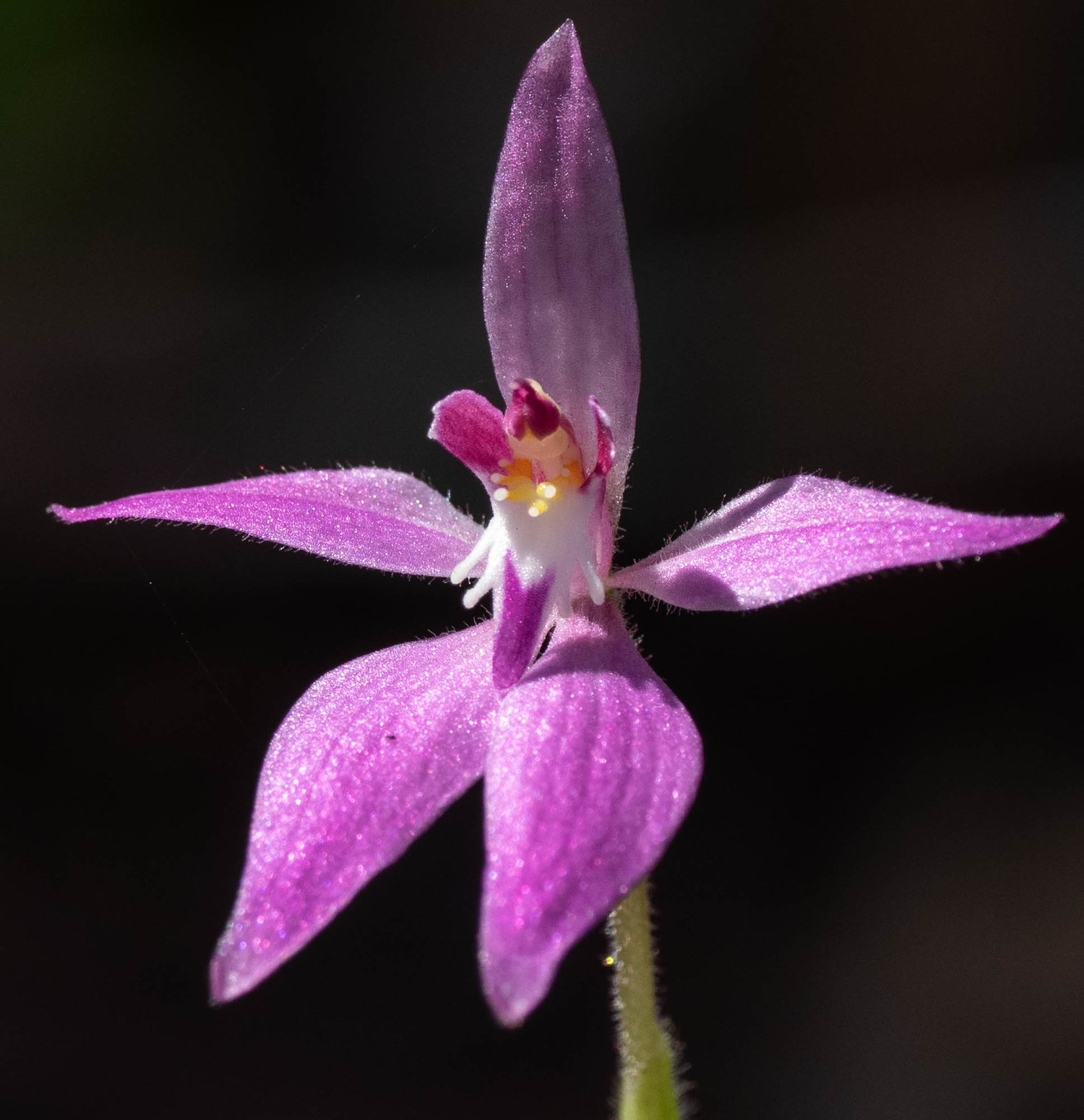
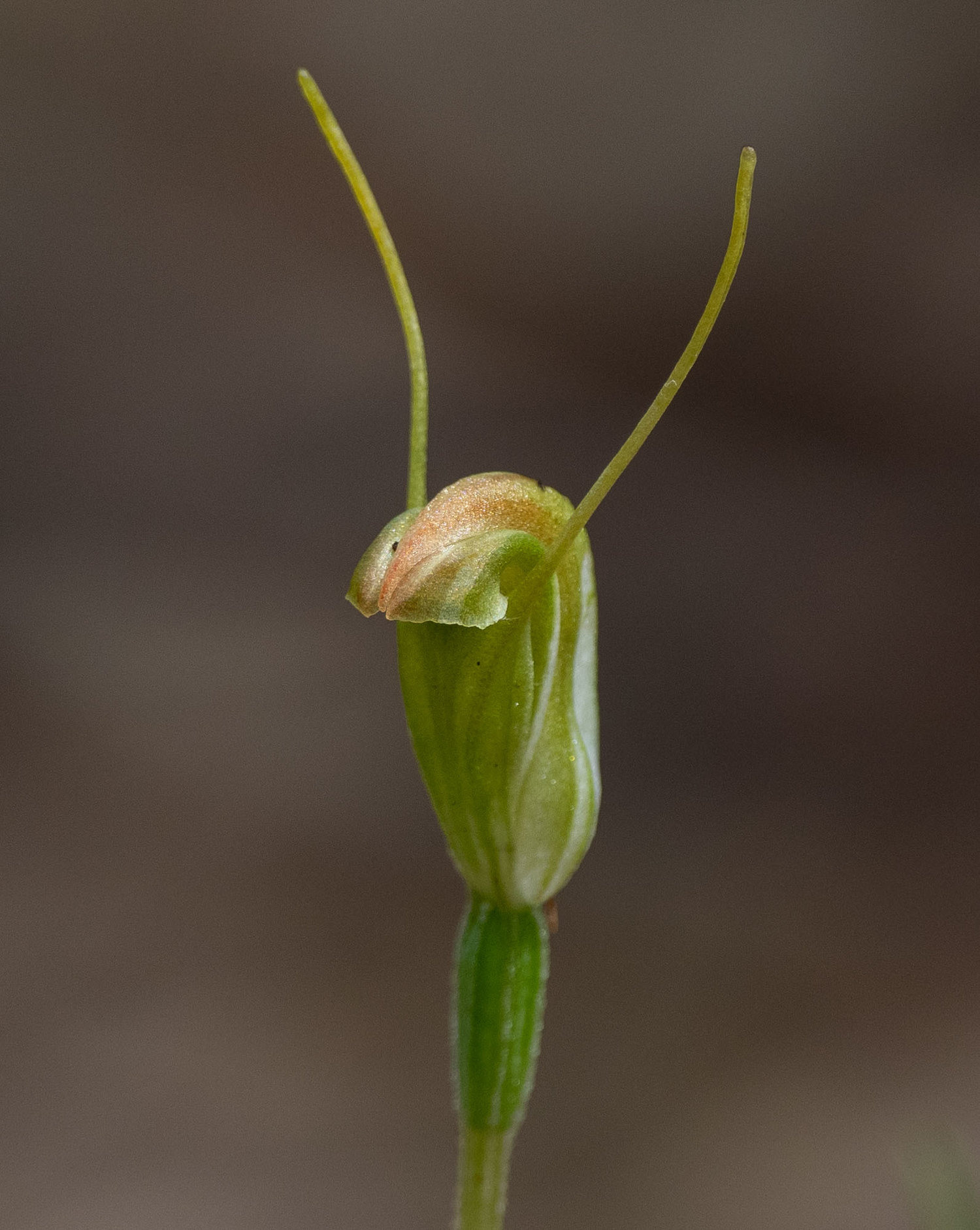


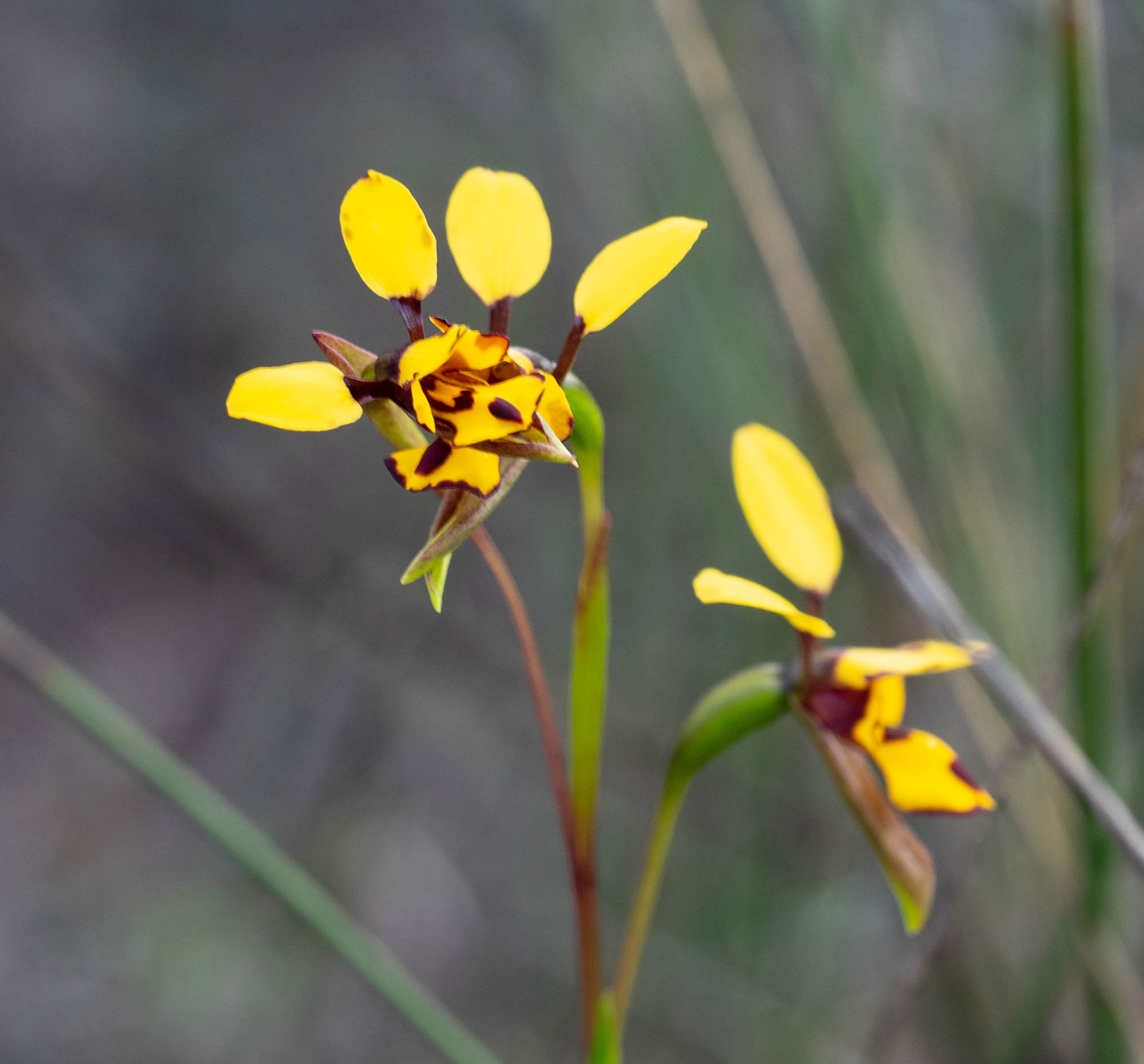
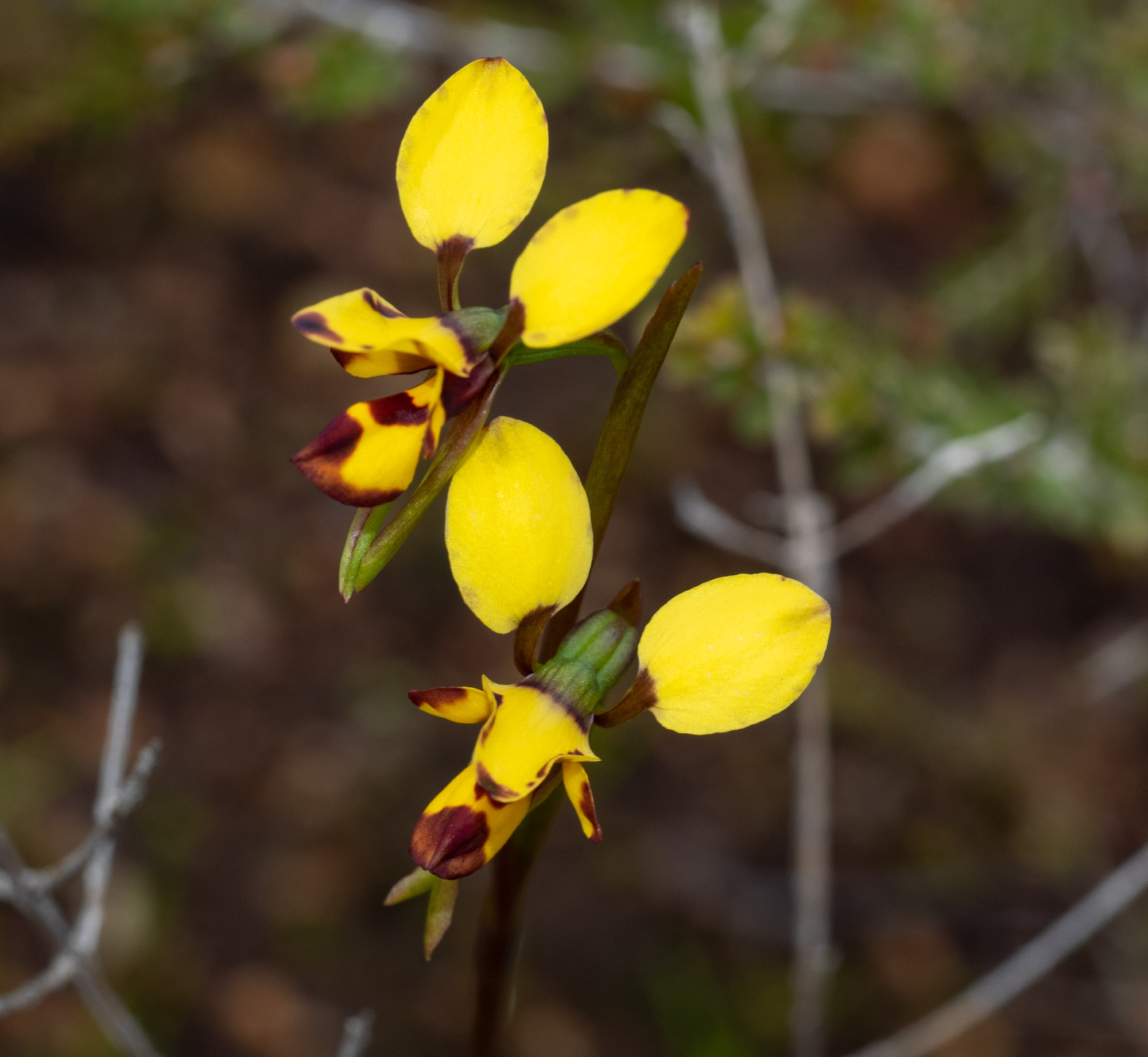
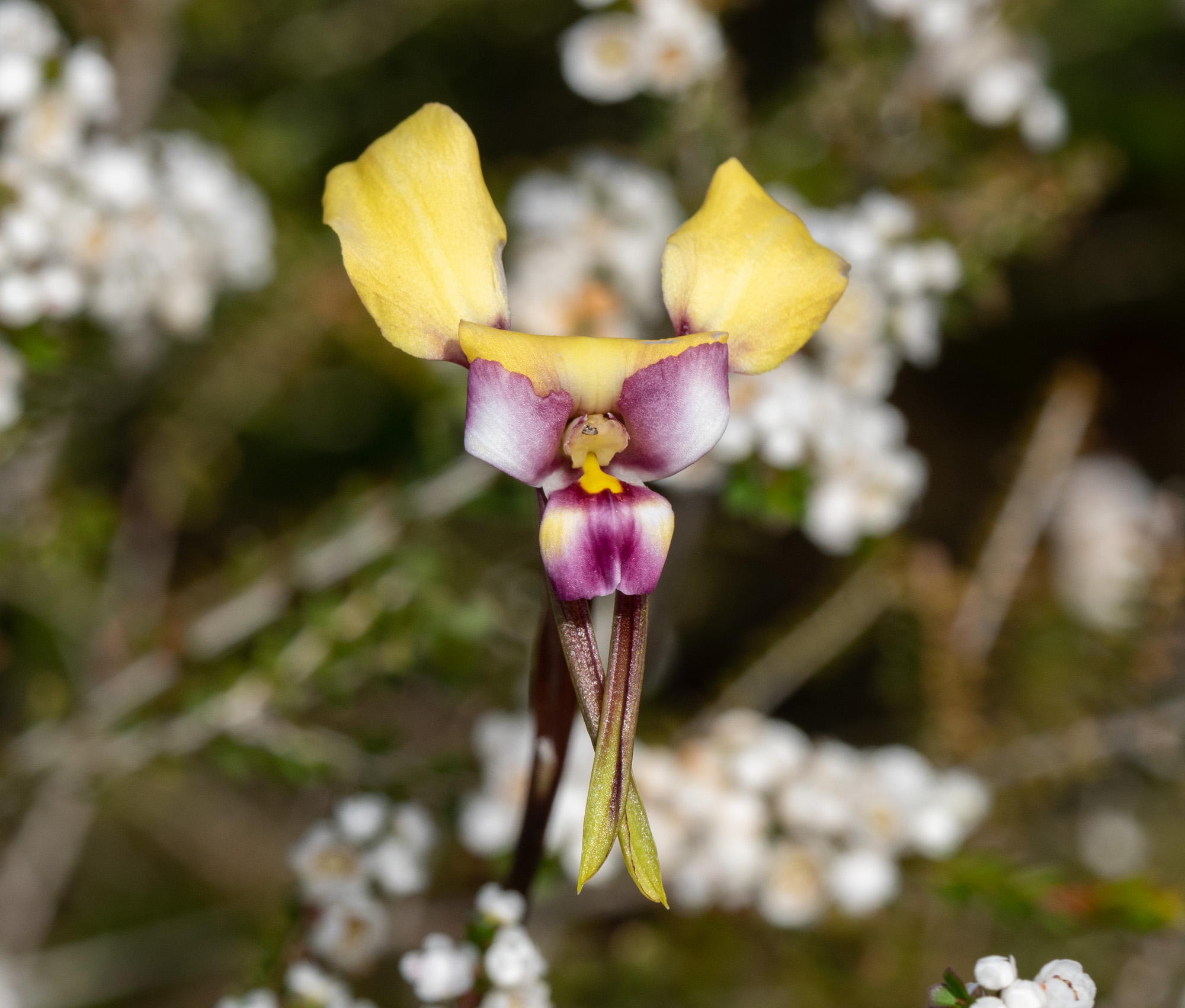
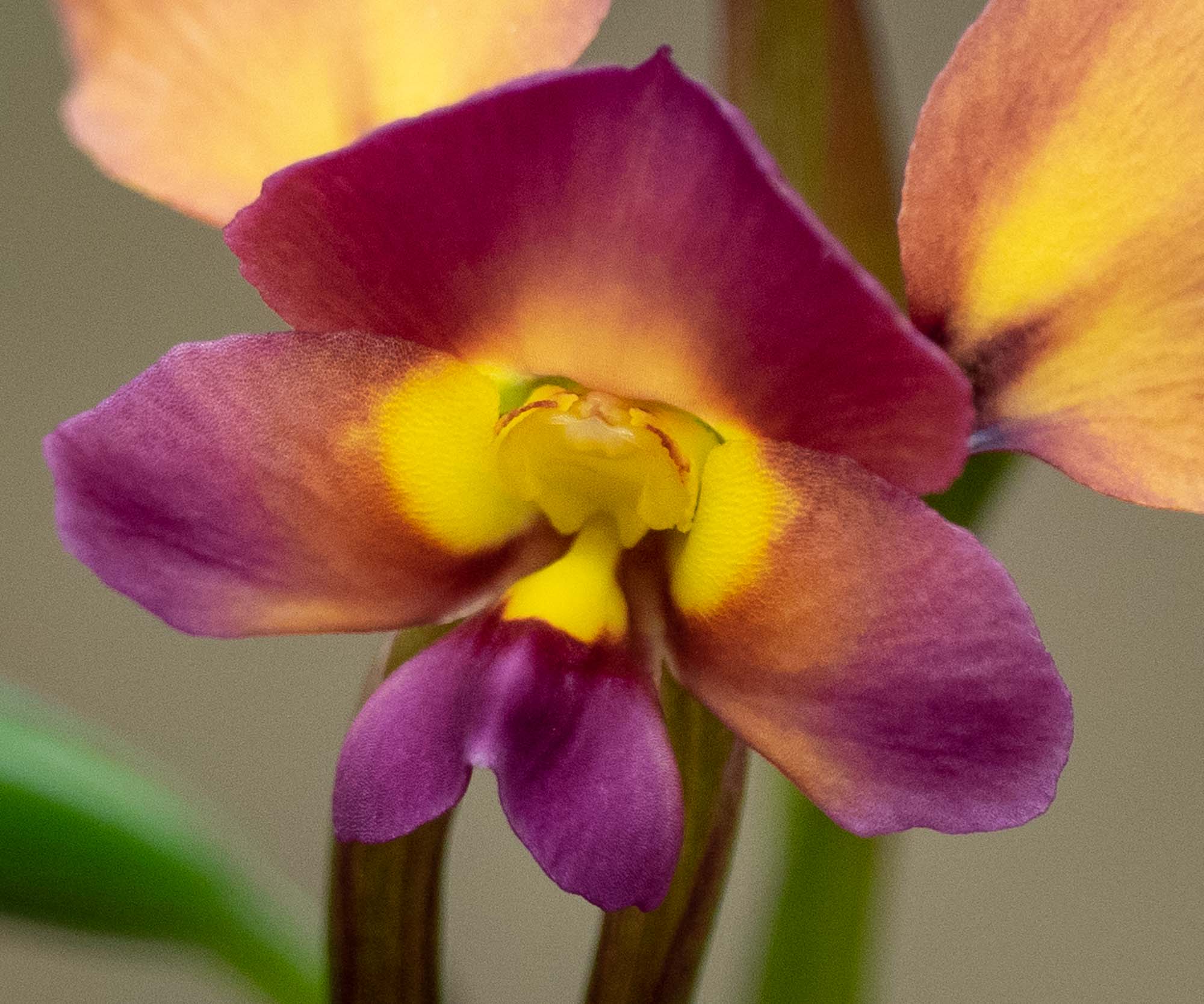
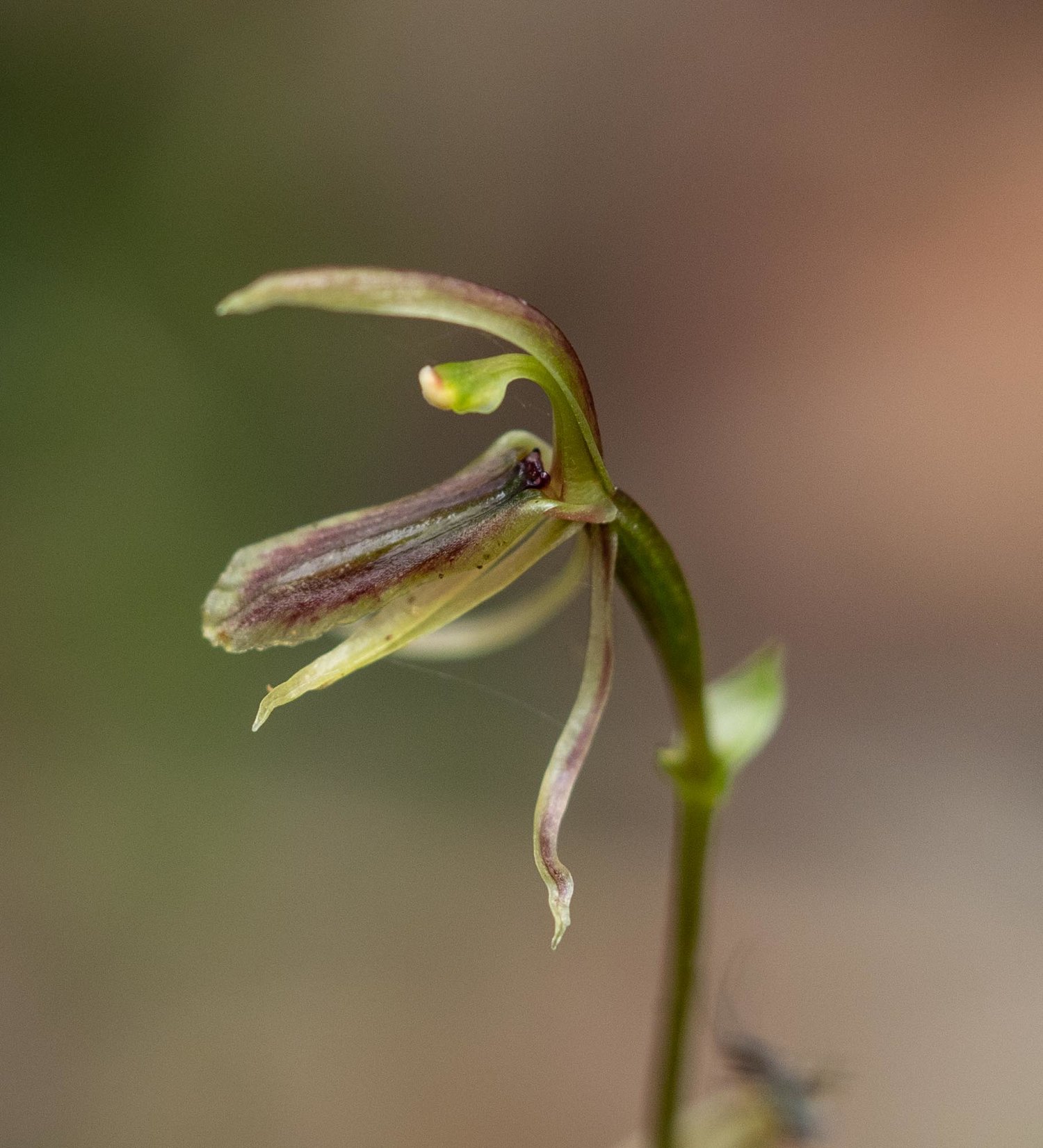
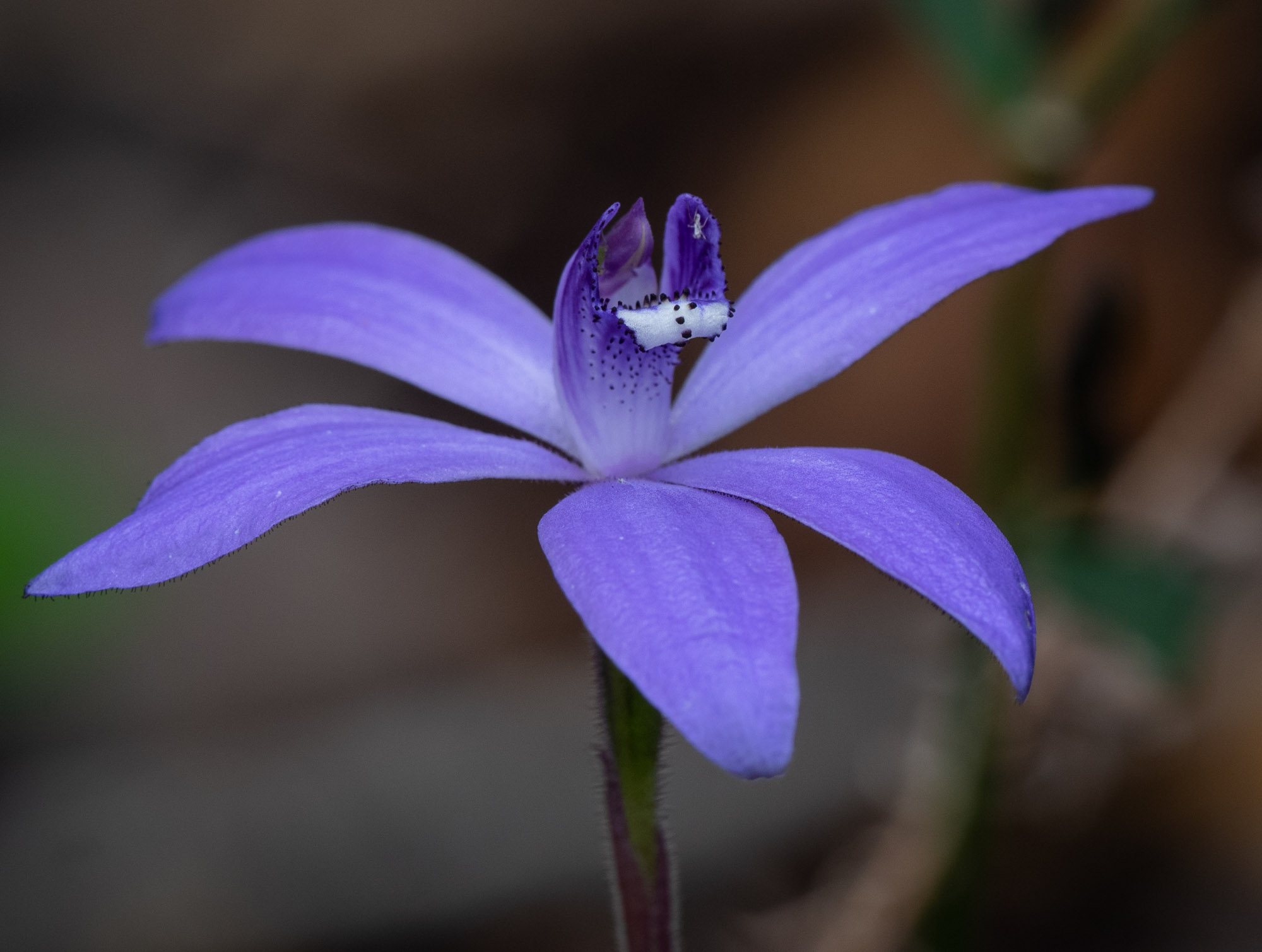
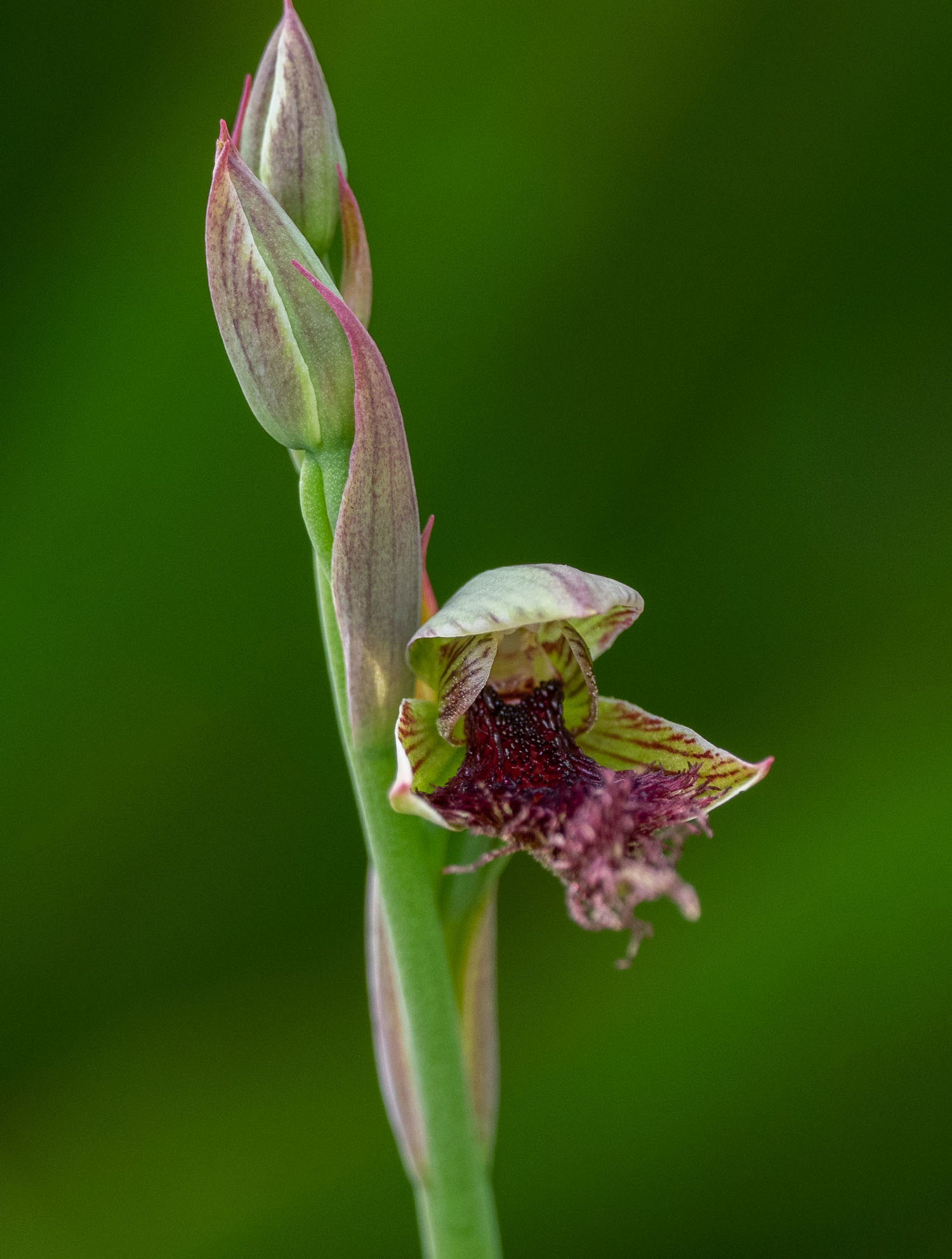
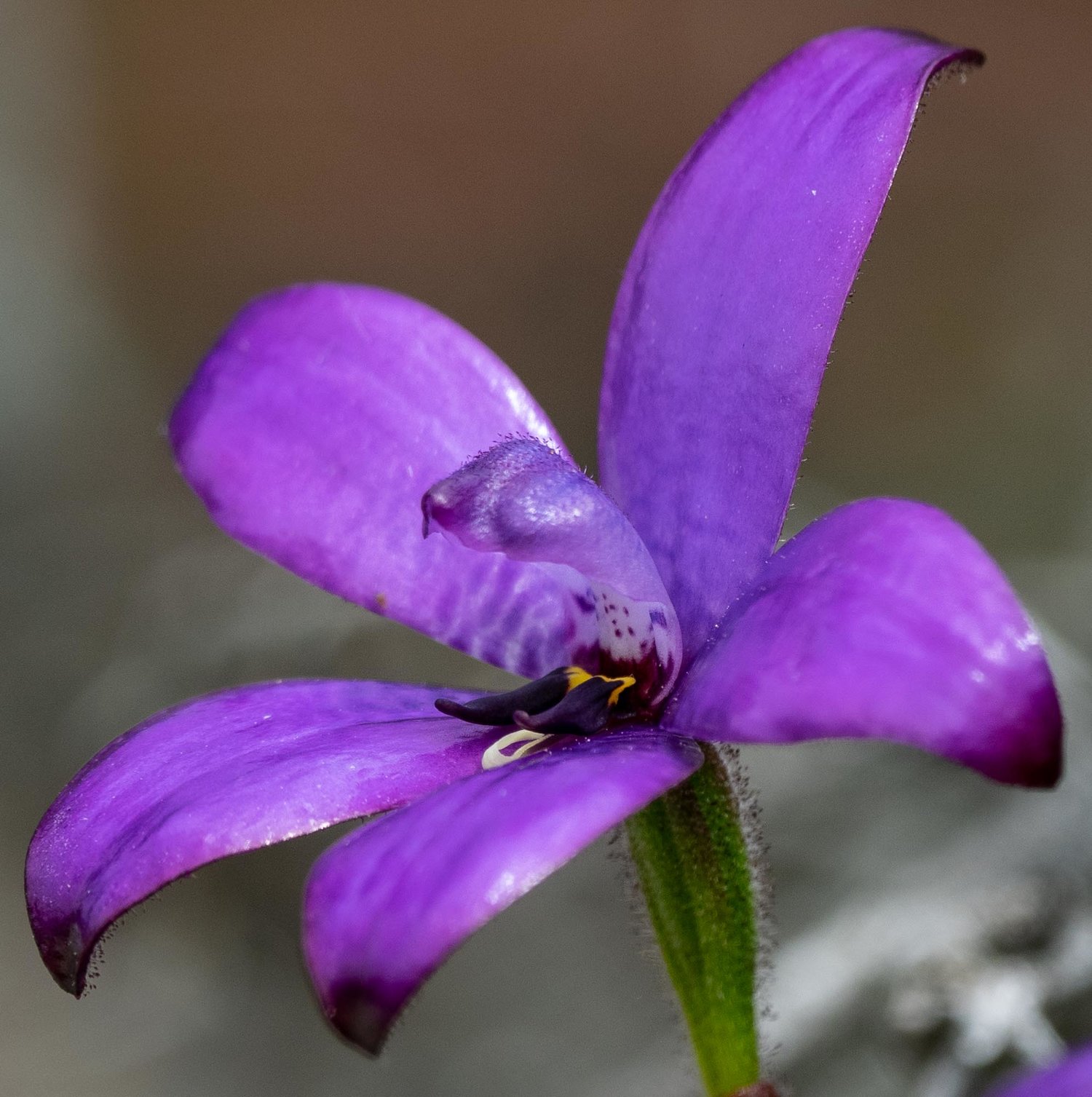

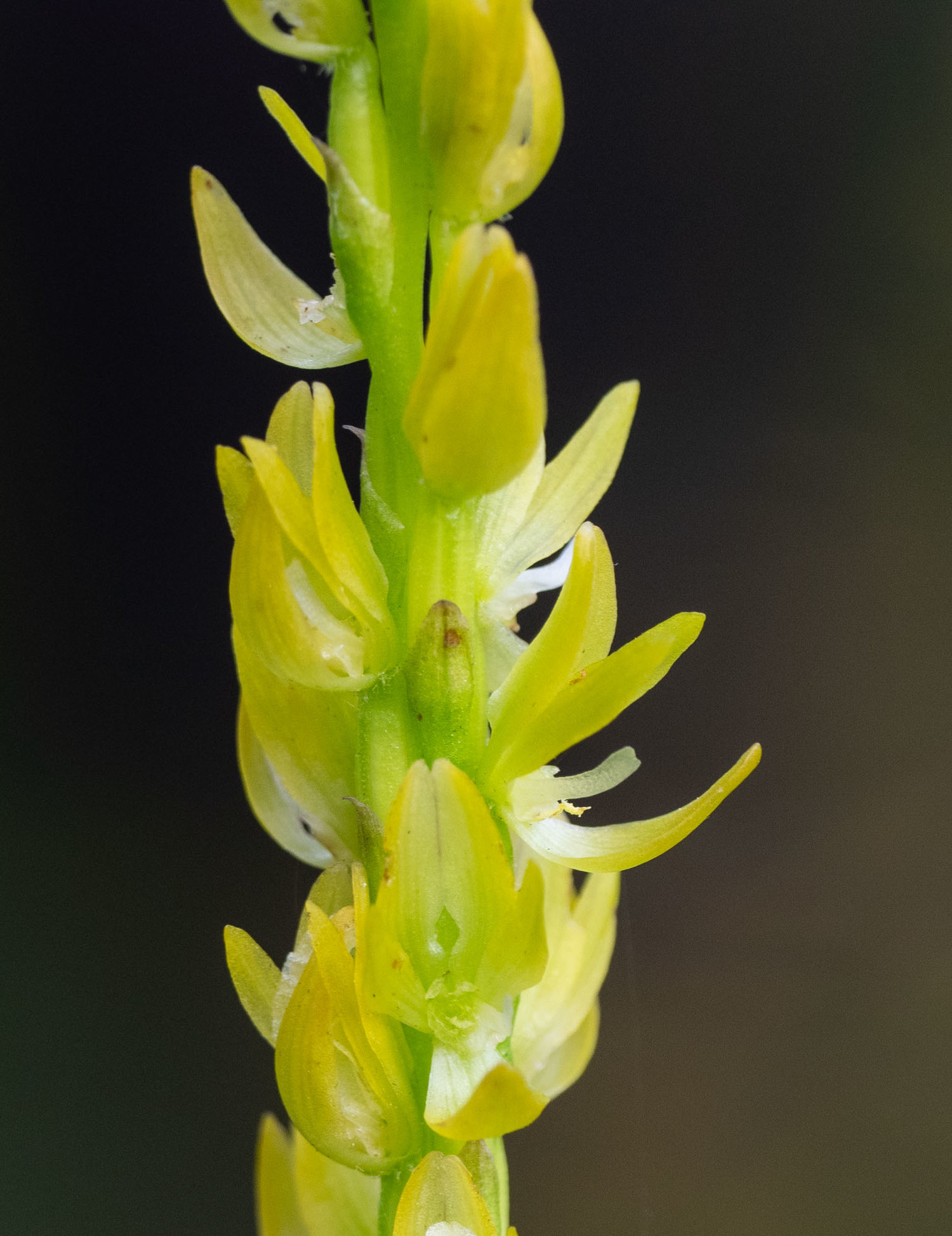
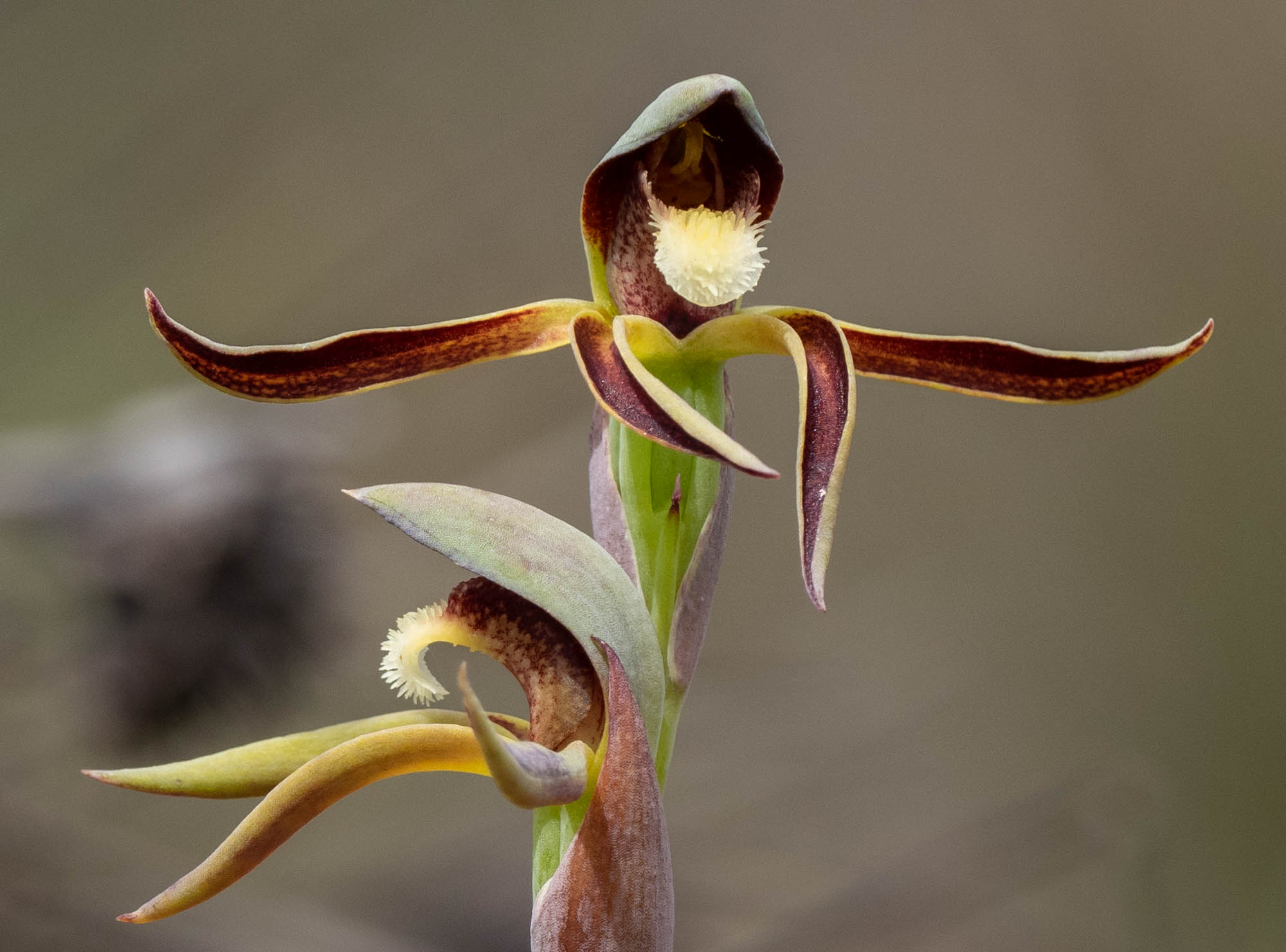
Other Spring flowers of the SWP
Flowers from a range of other families caught our attention during our travels. Here are just a few.


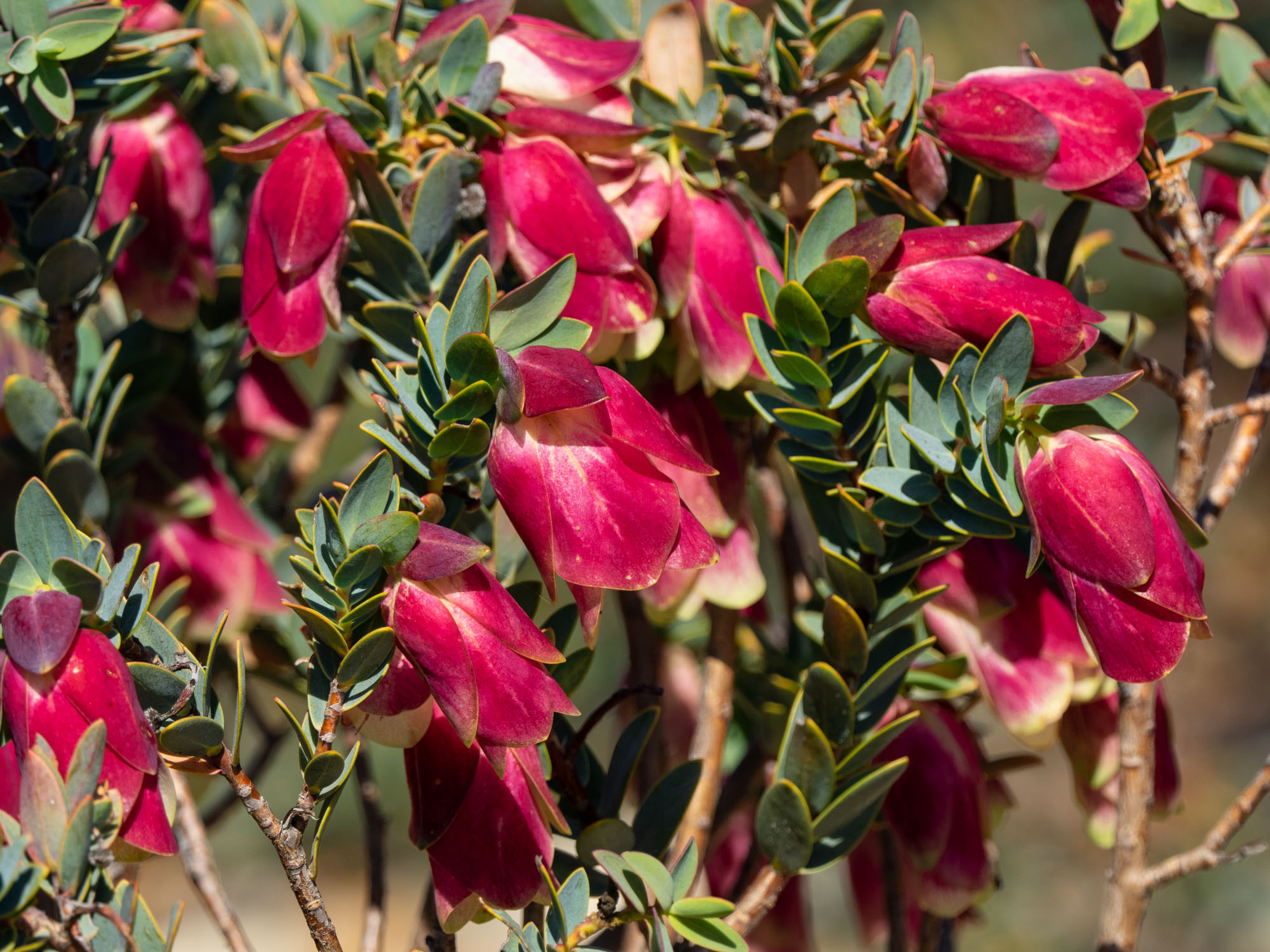
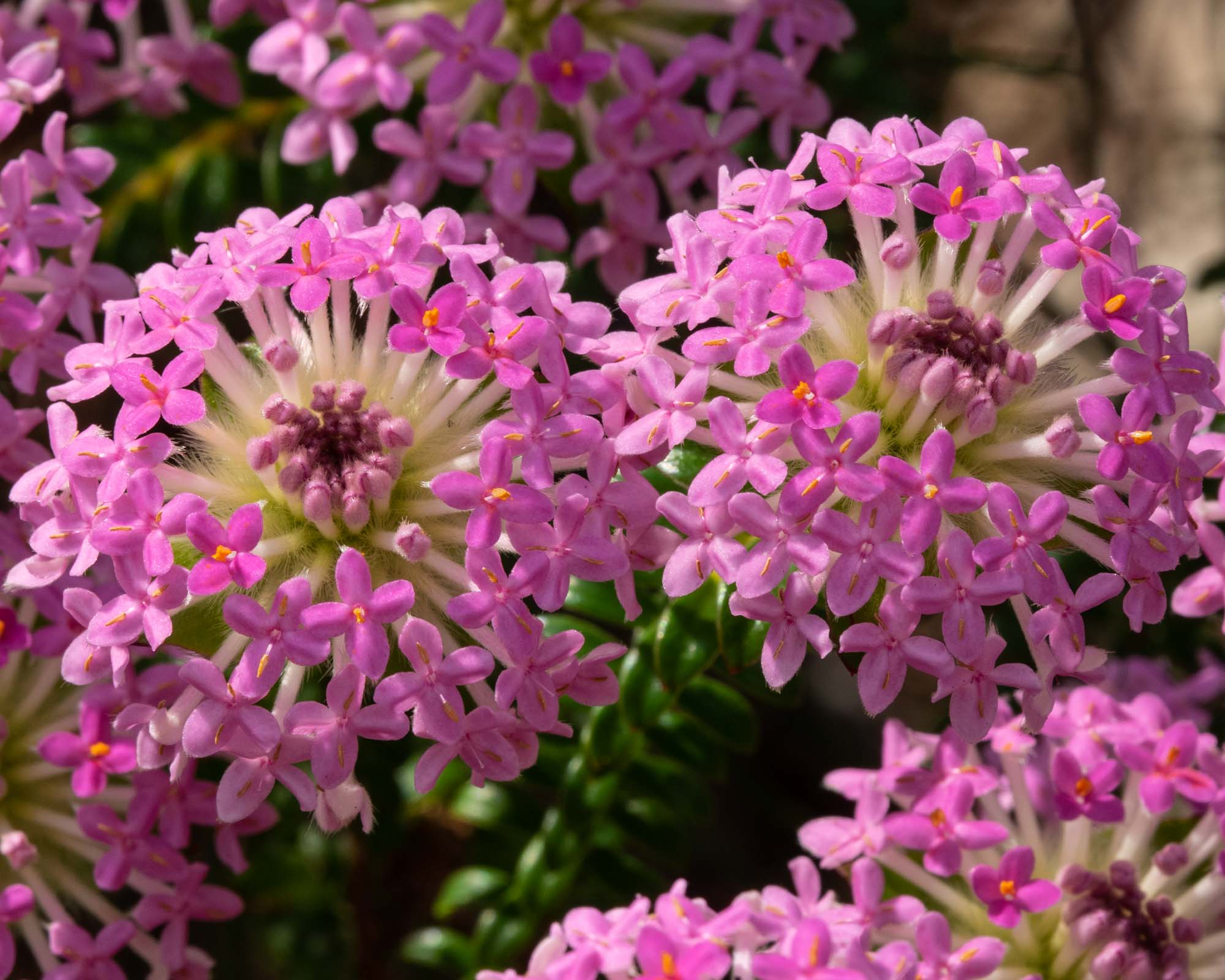
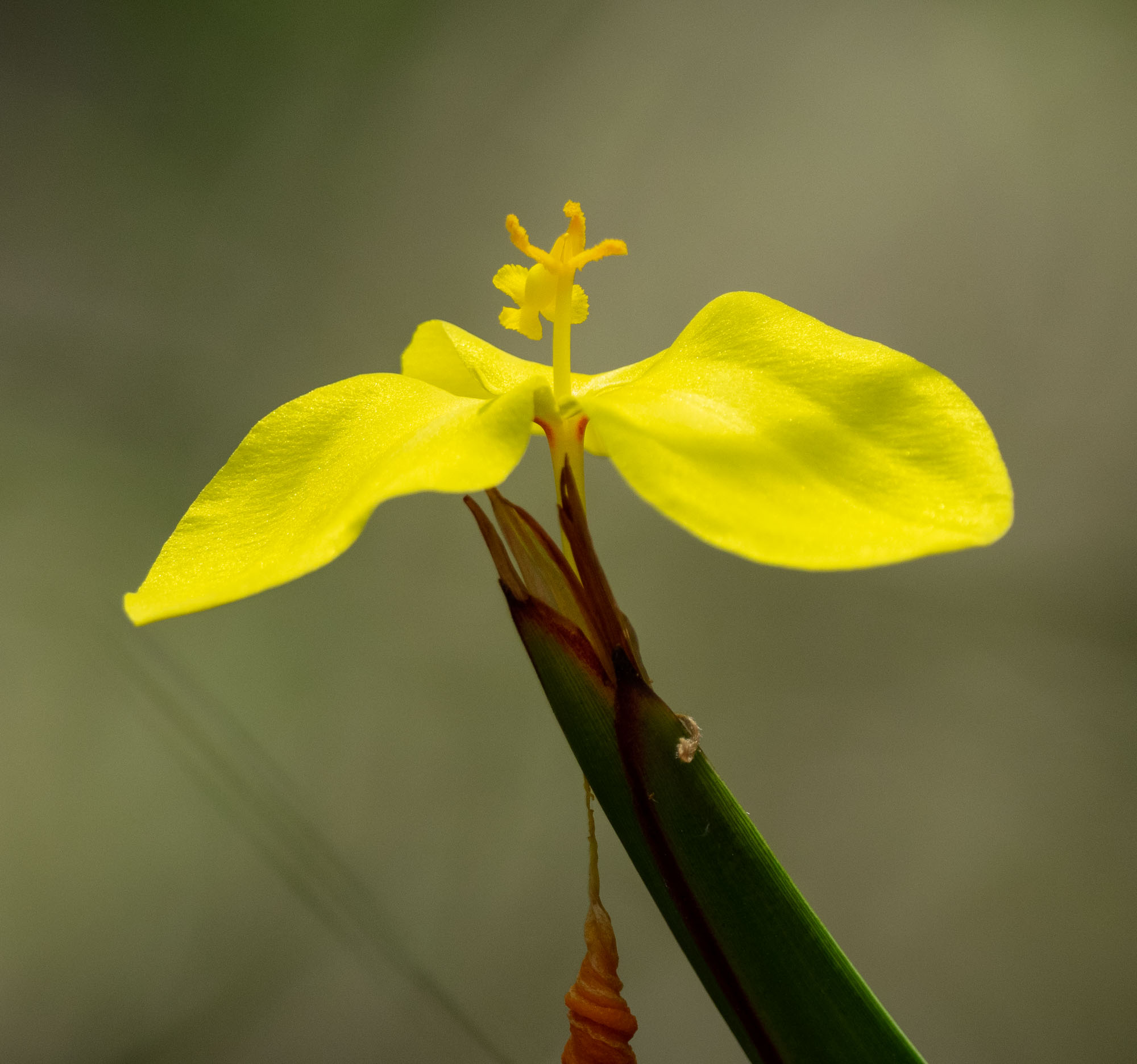

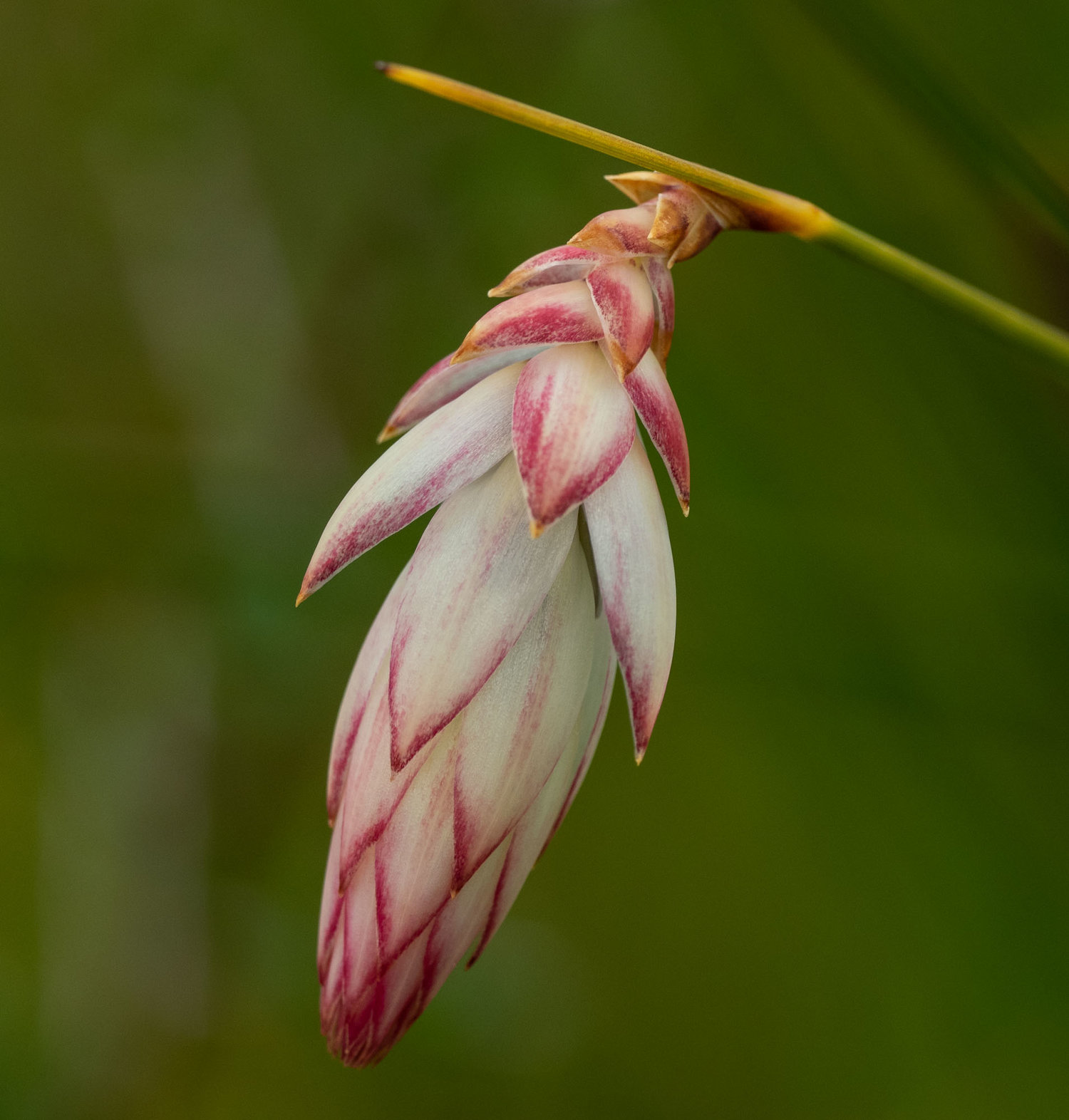

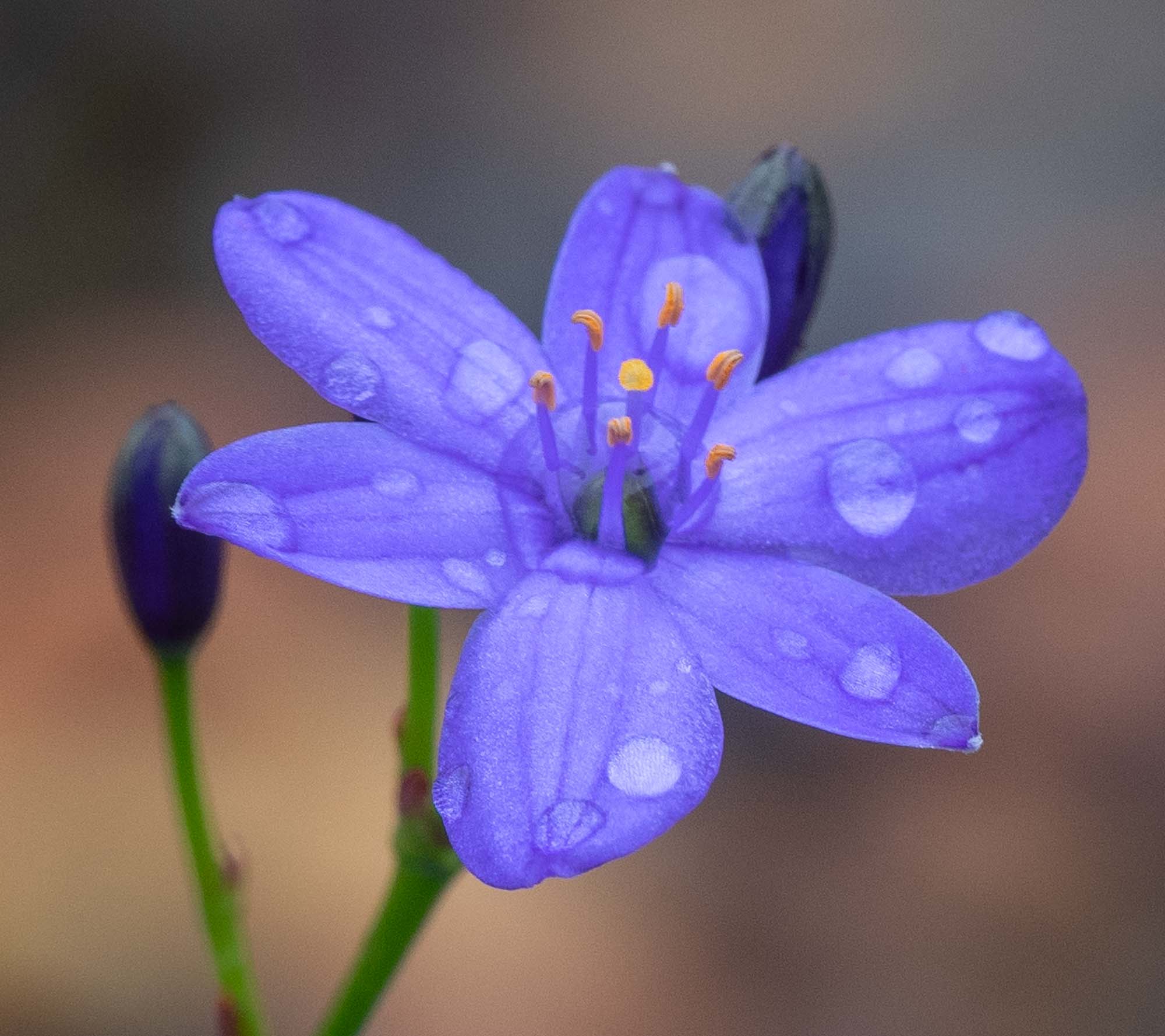


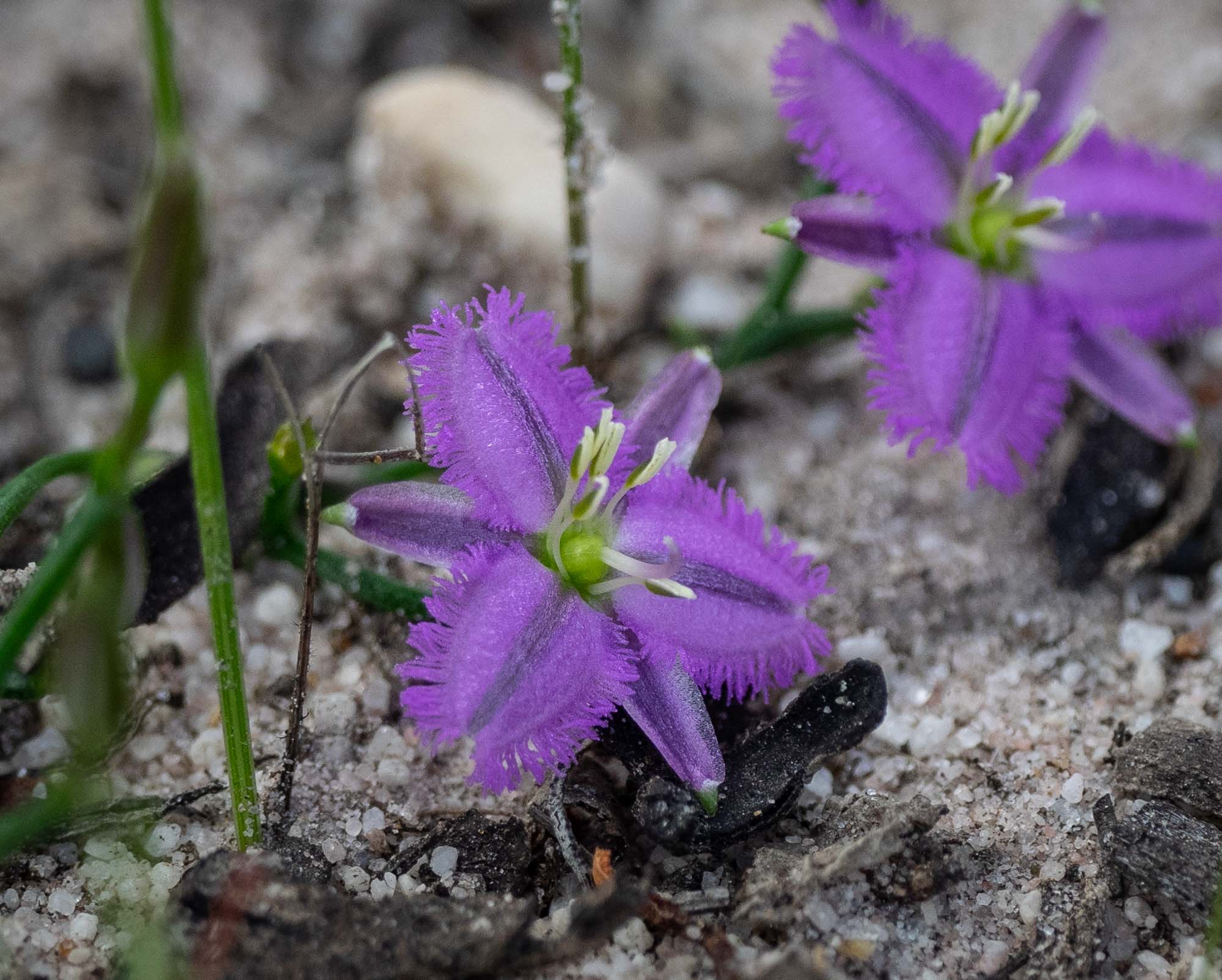
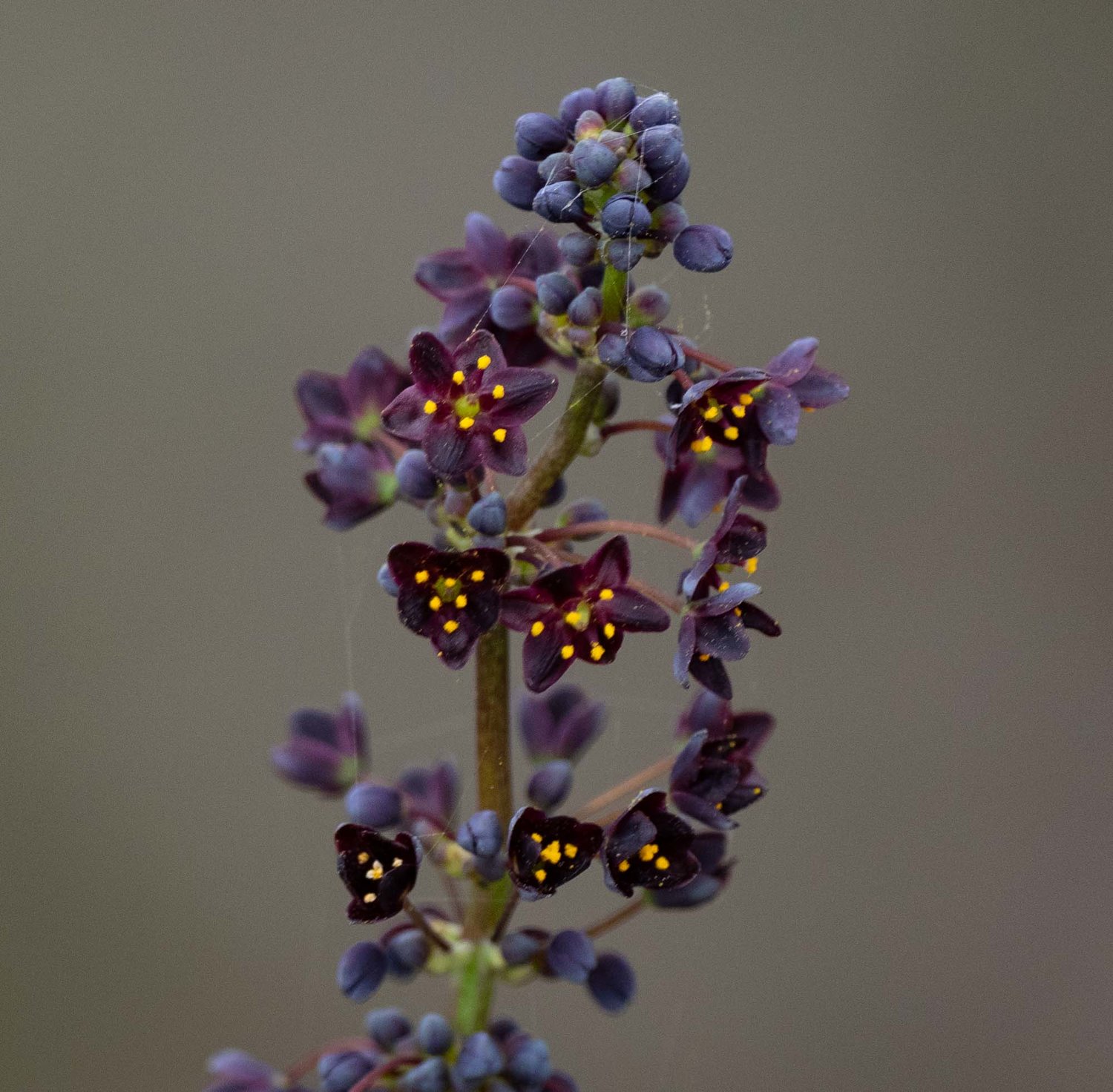
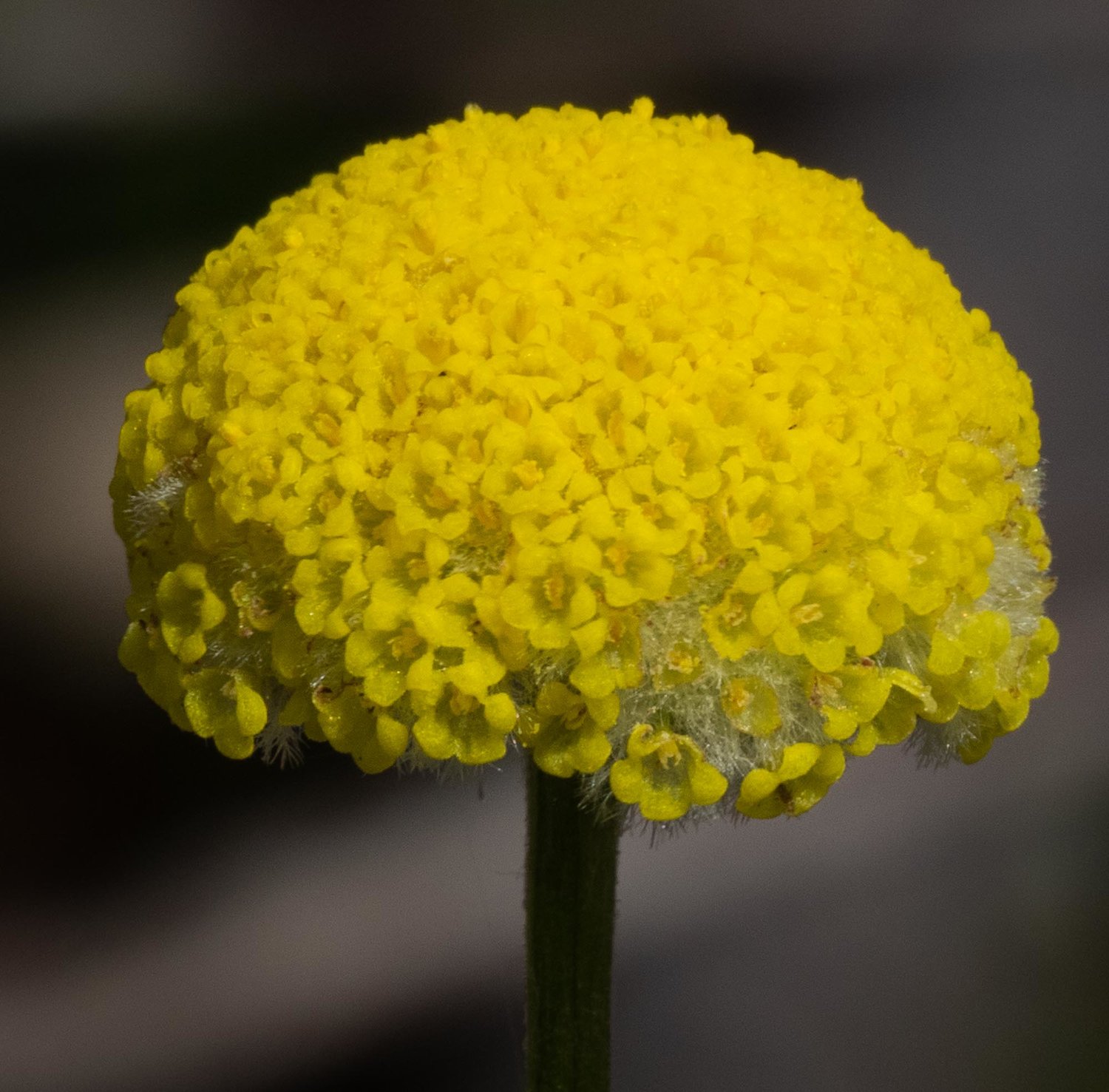

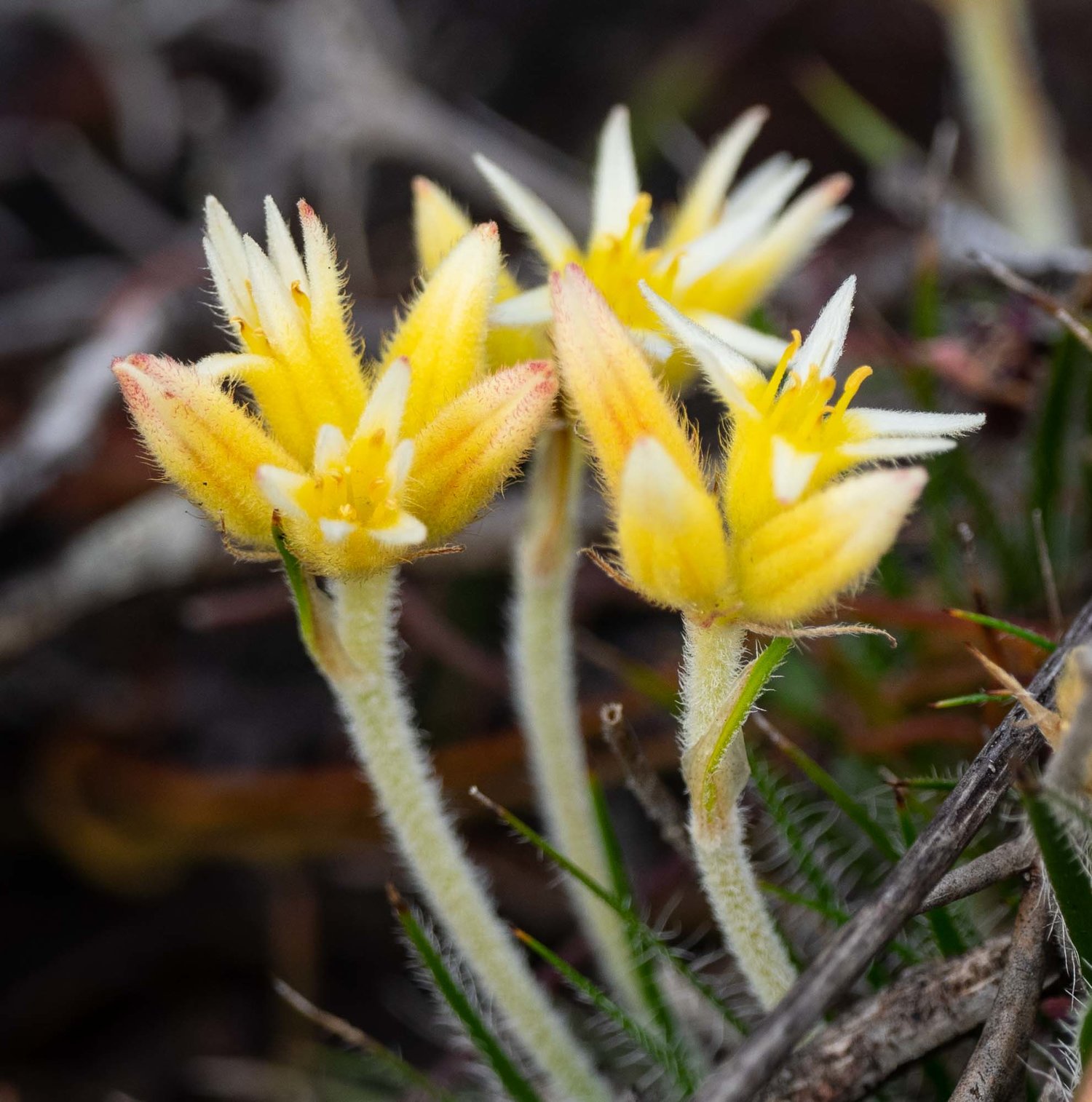



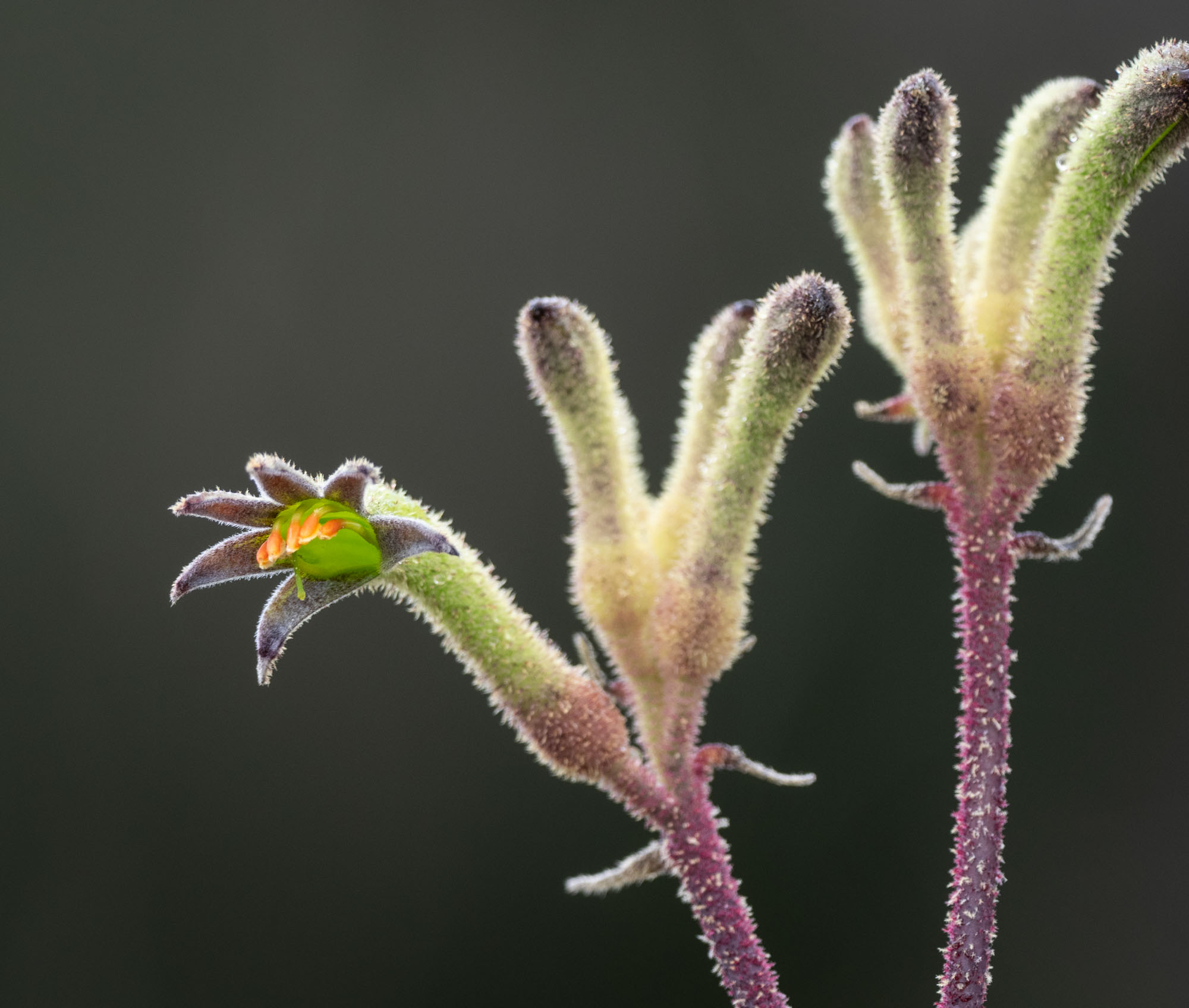
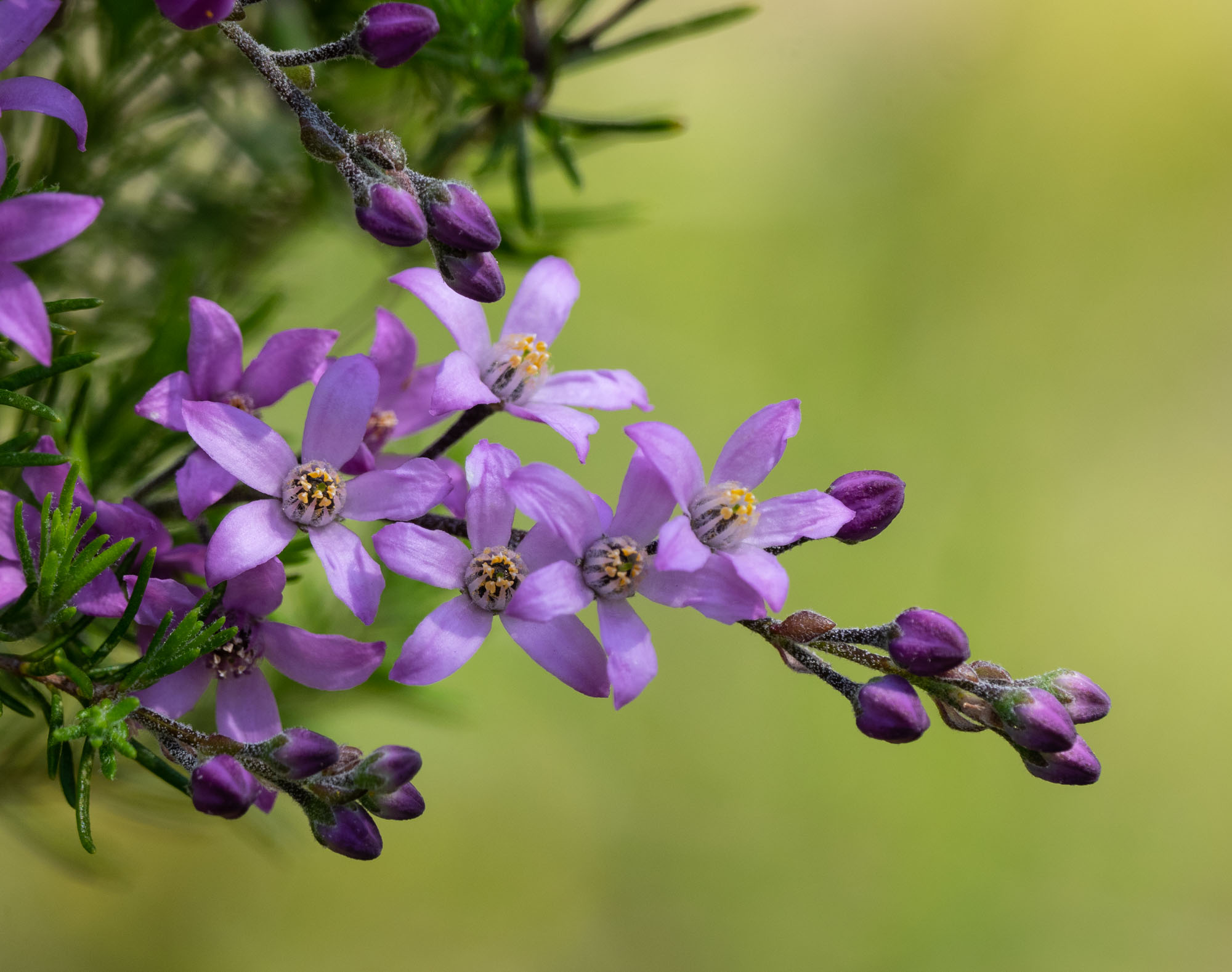

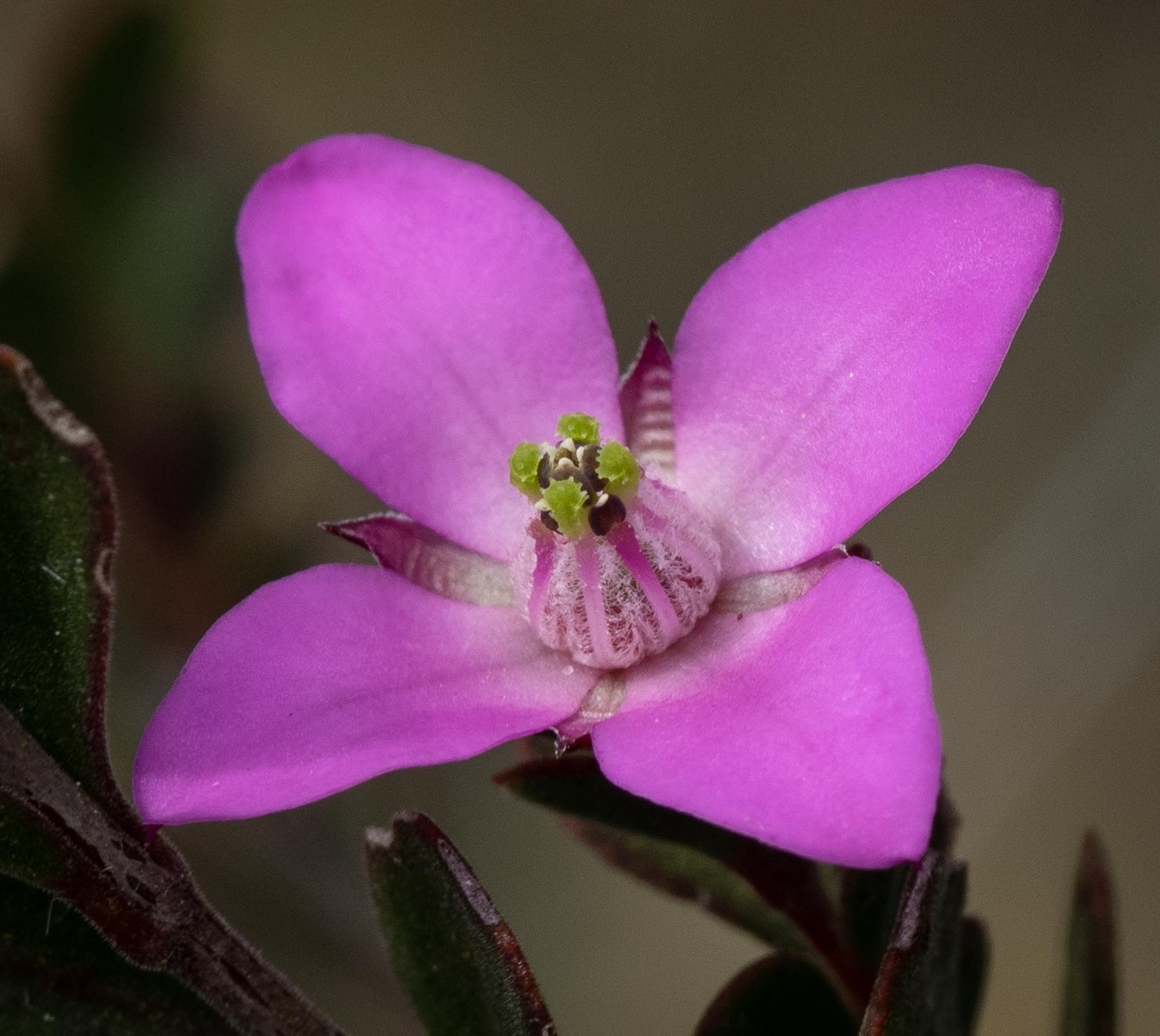
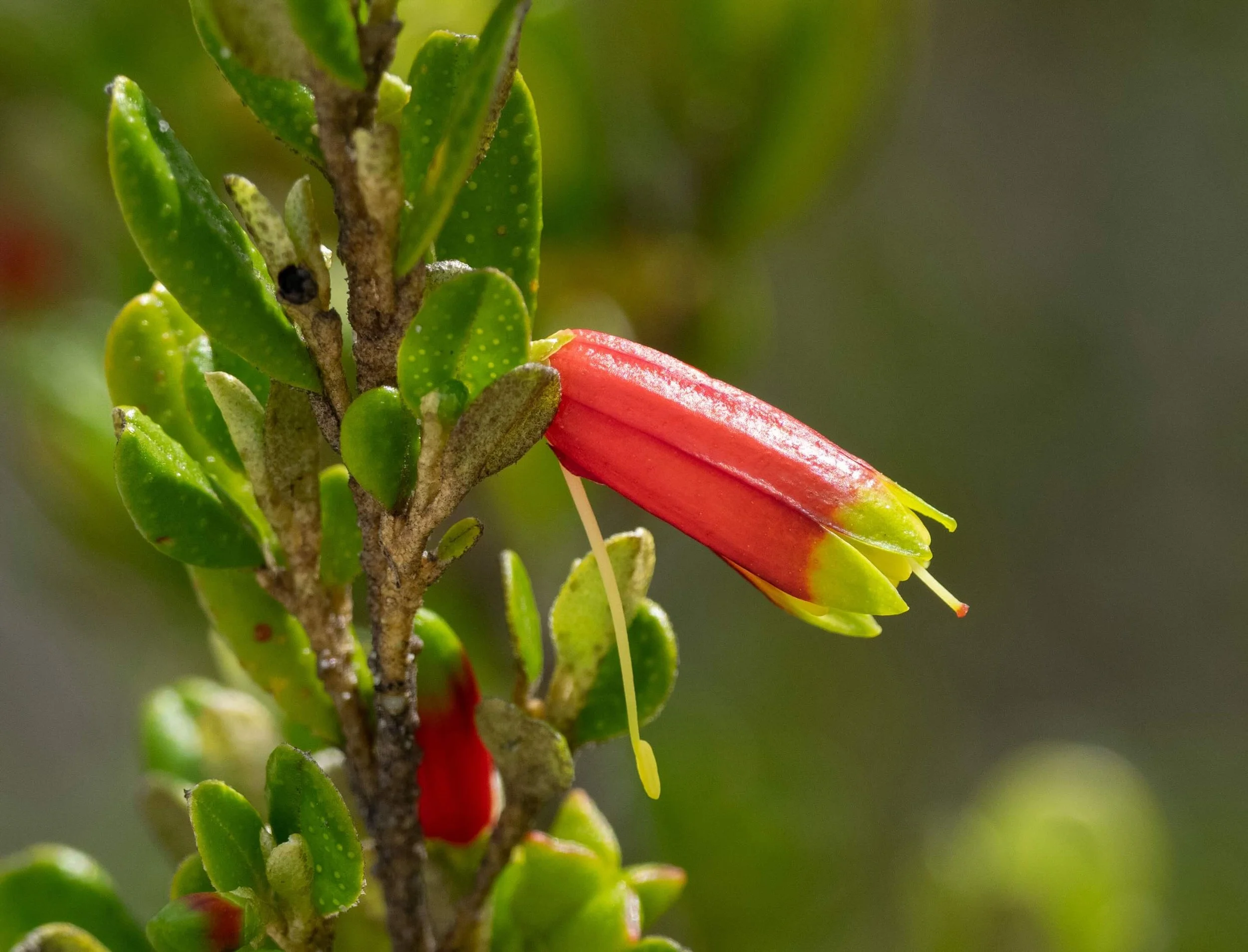
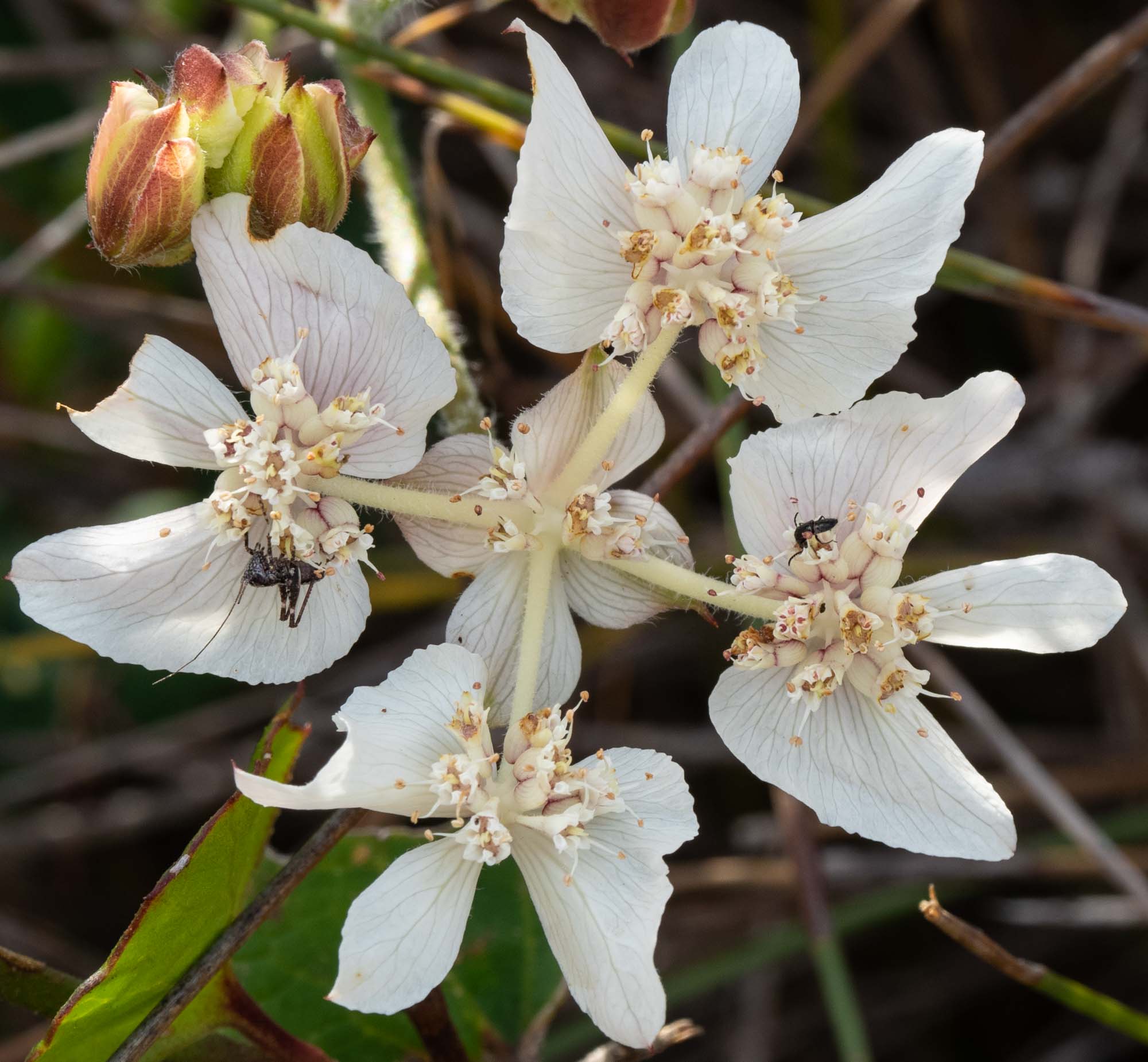
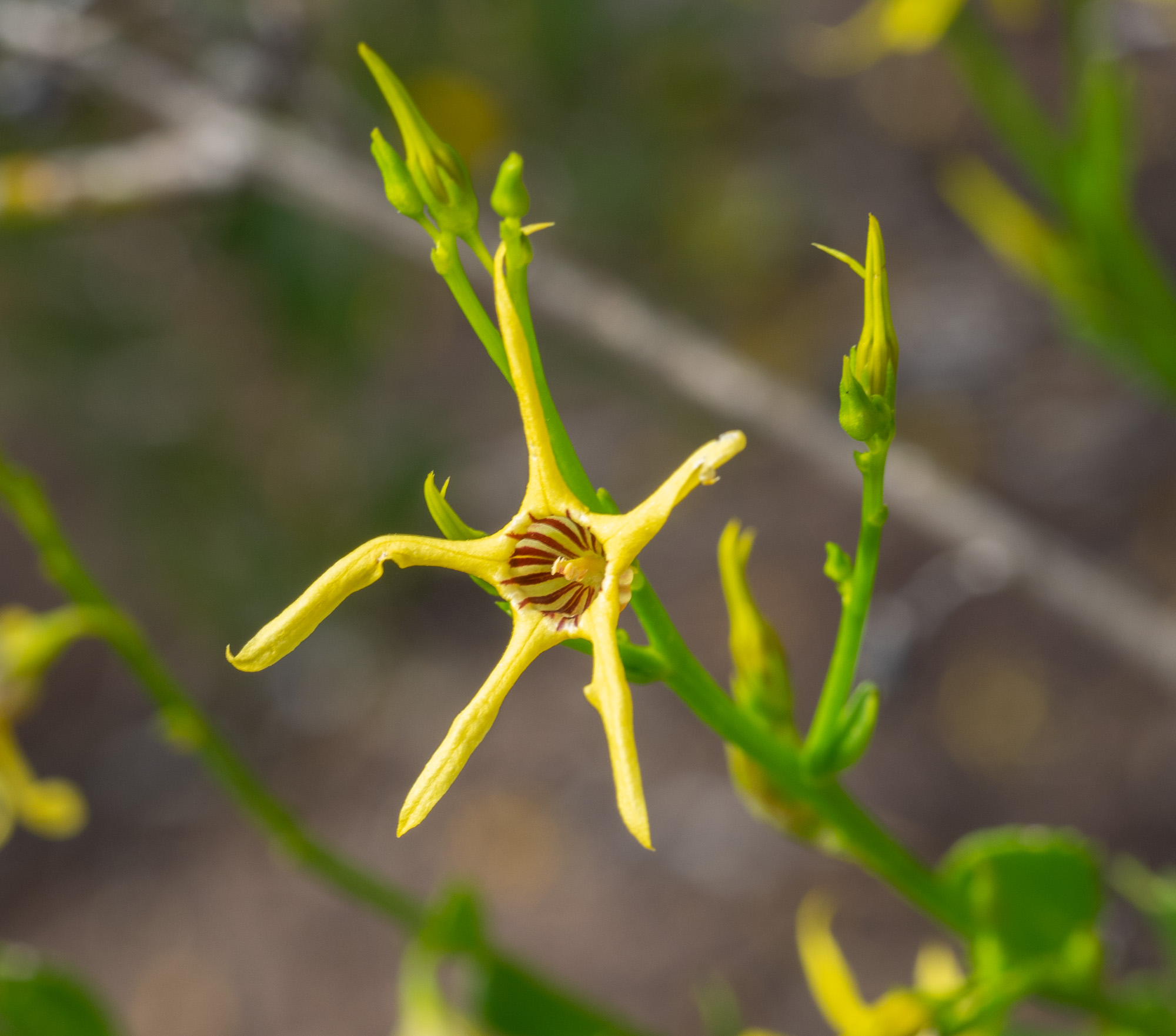
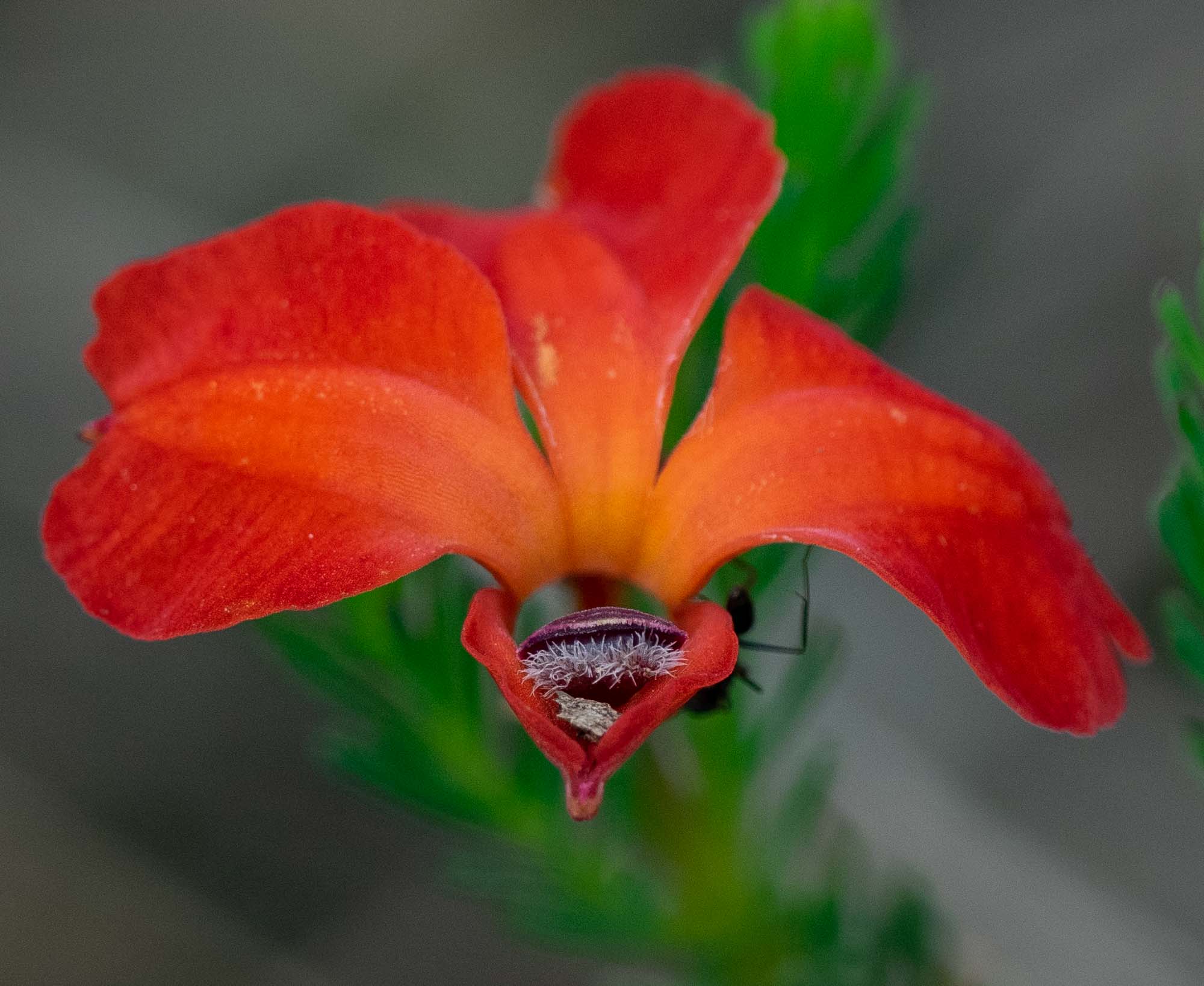

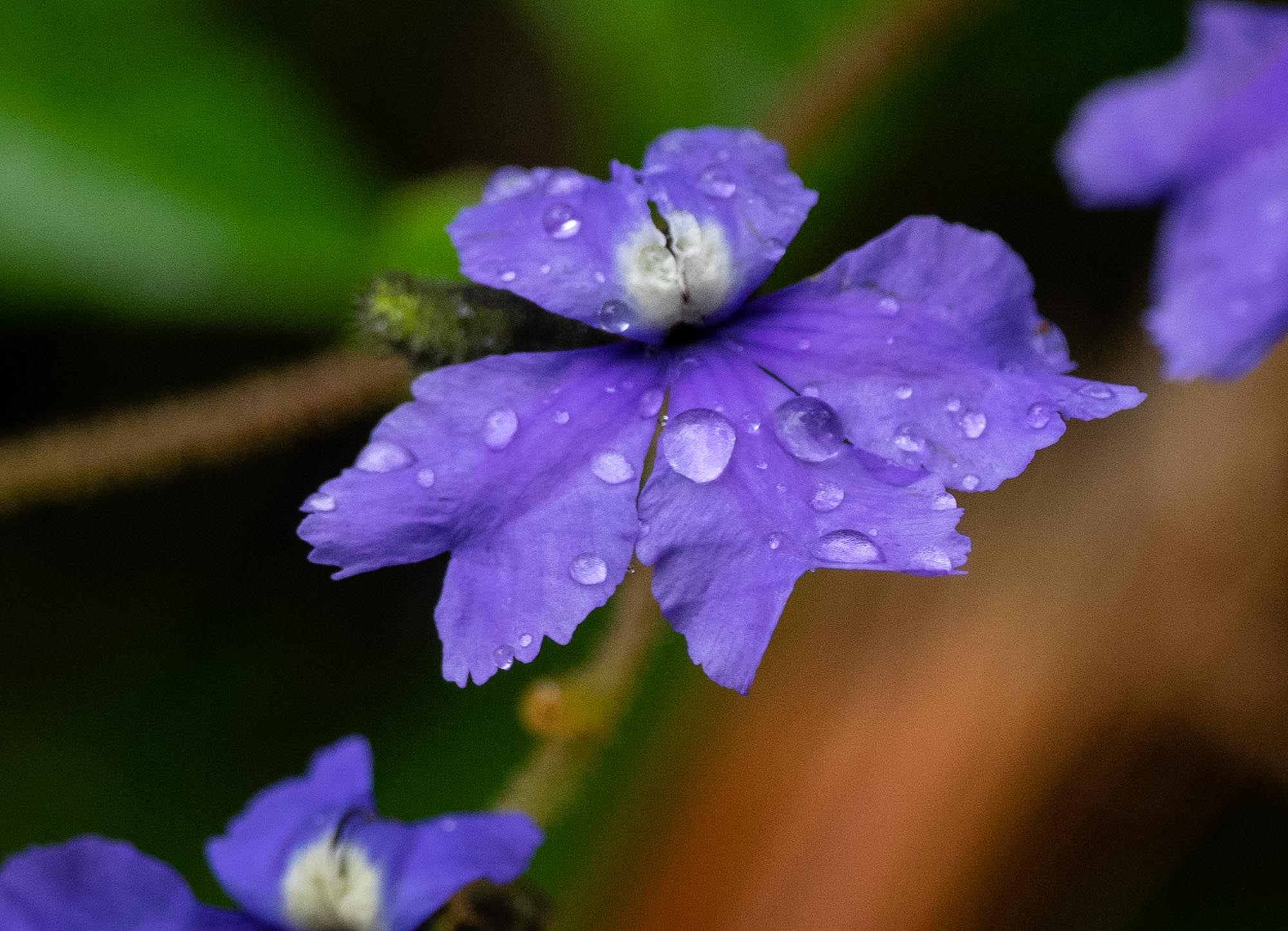
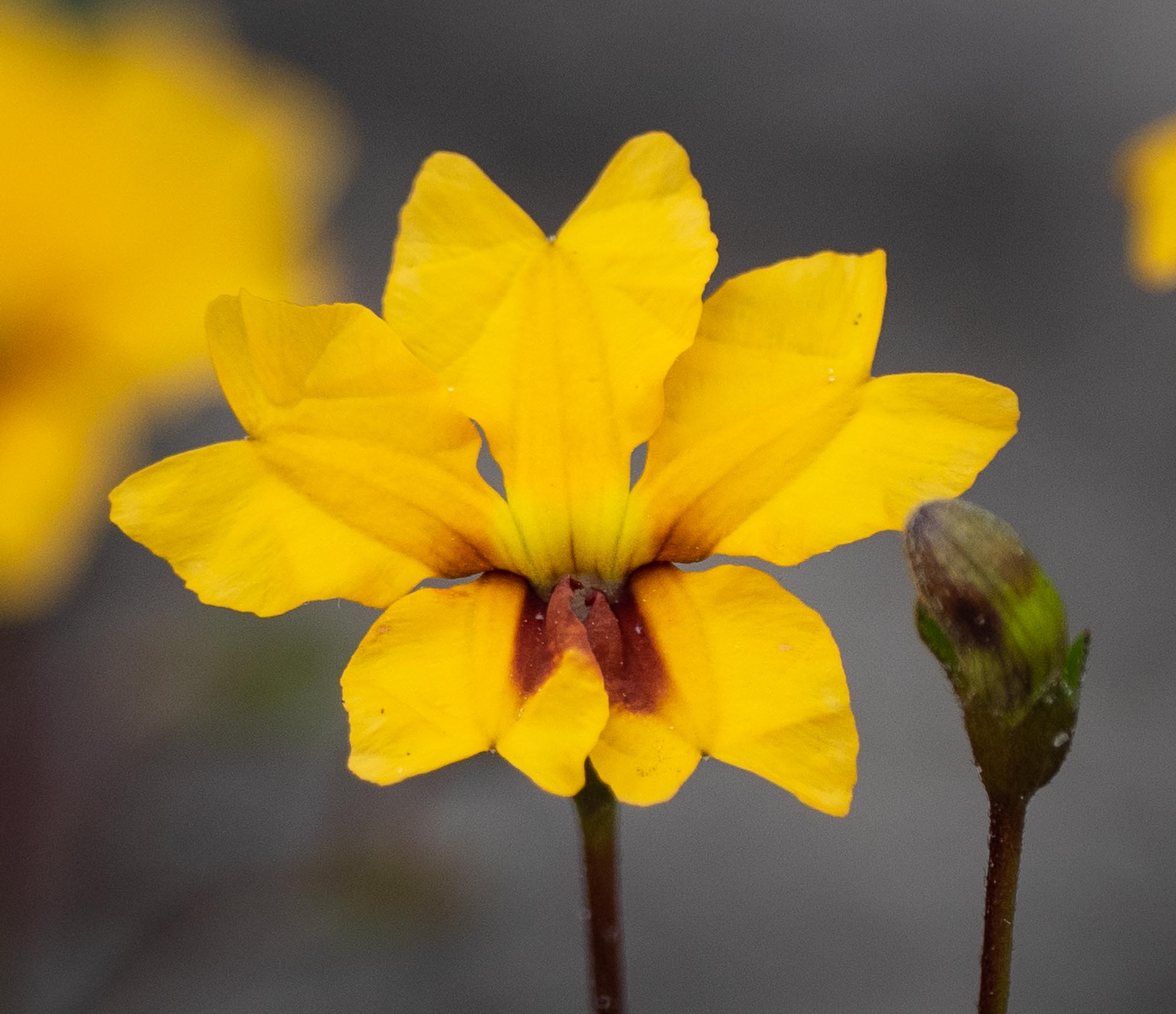
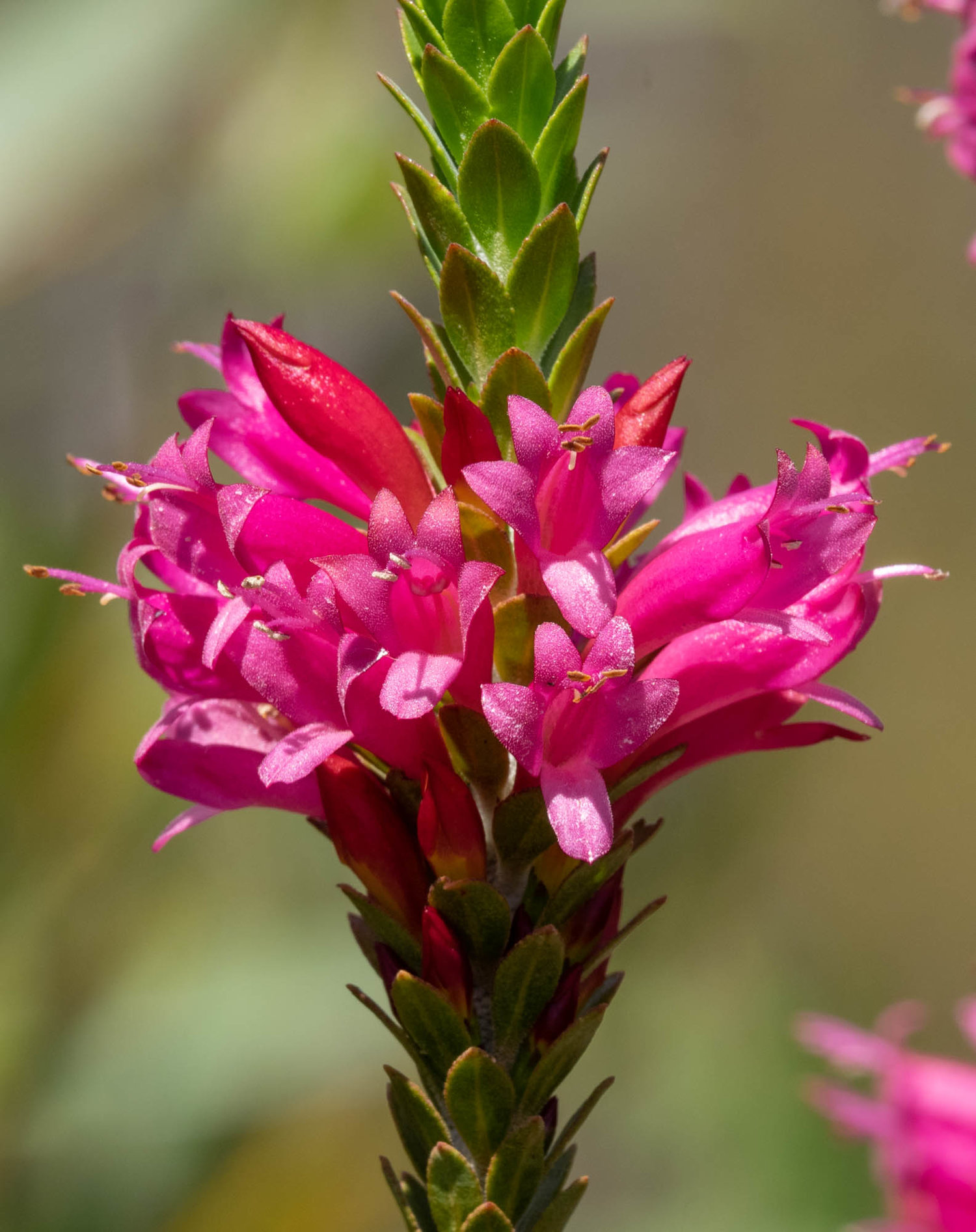
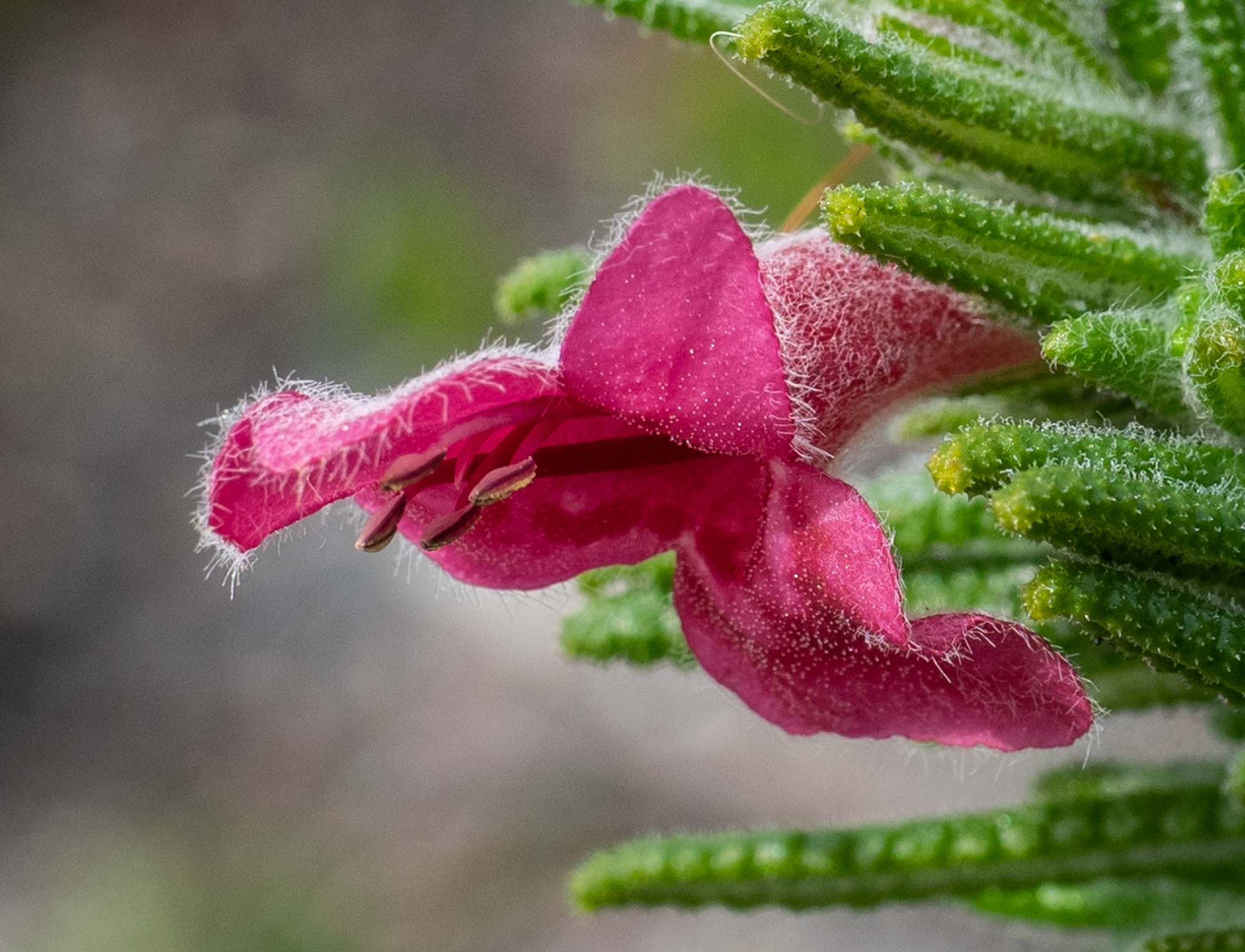
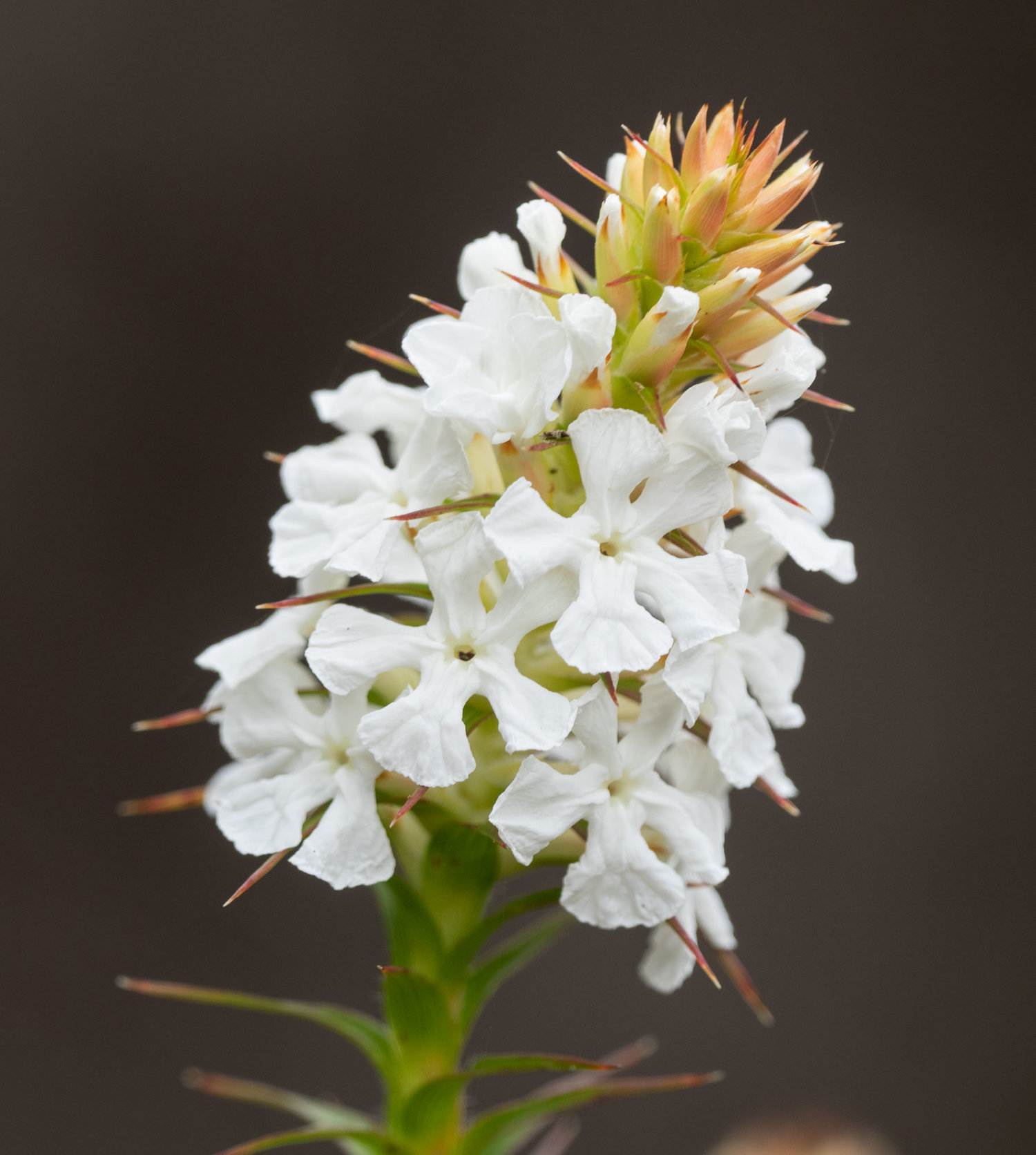
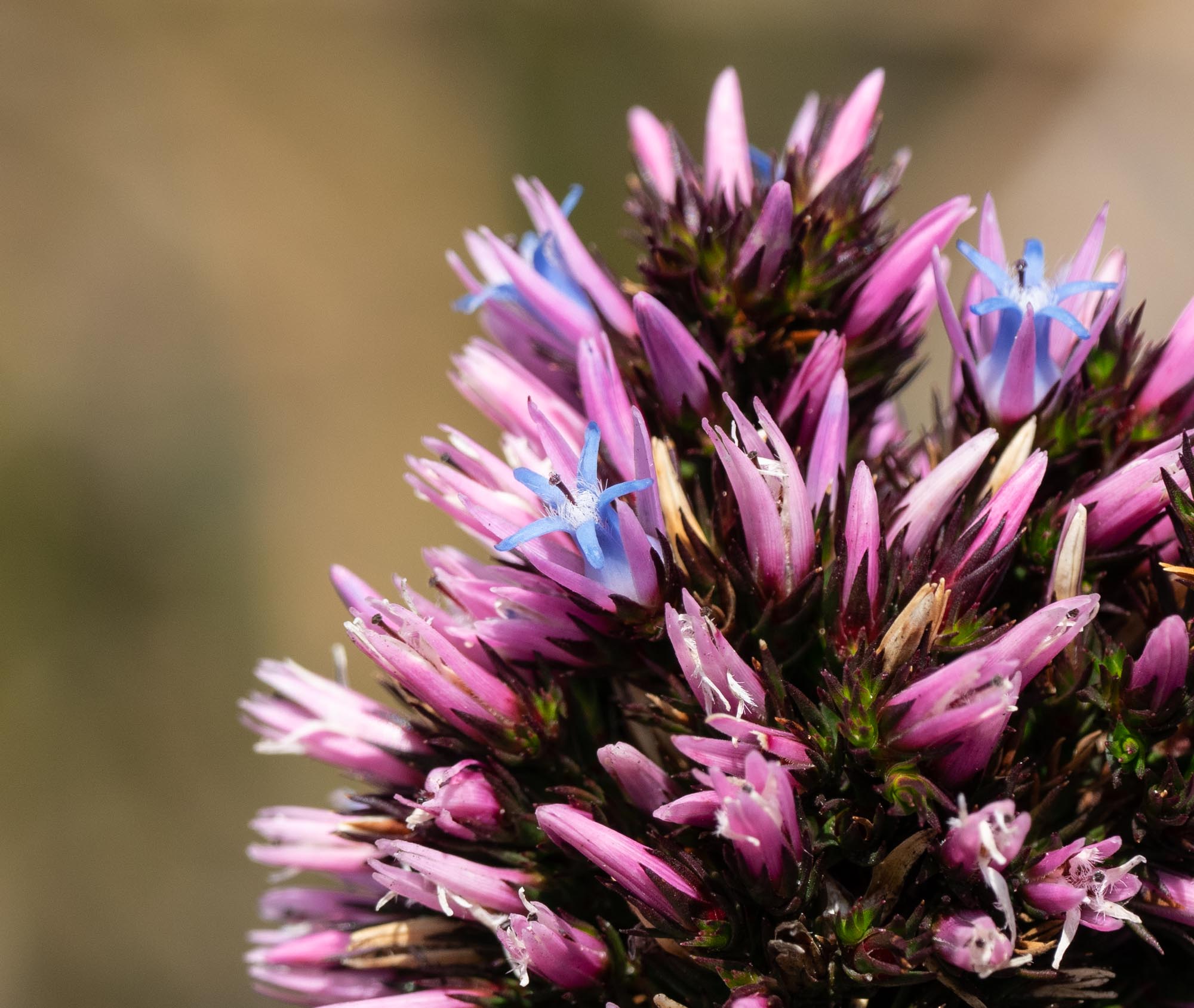
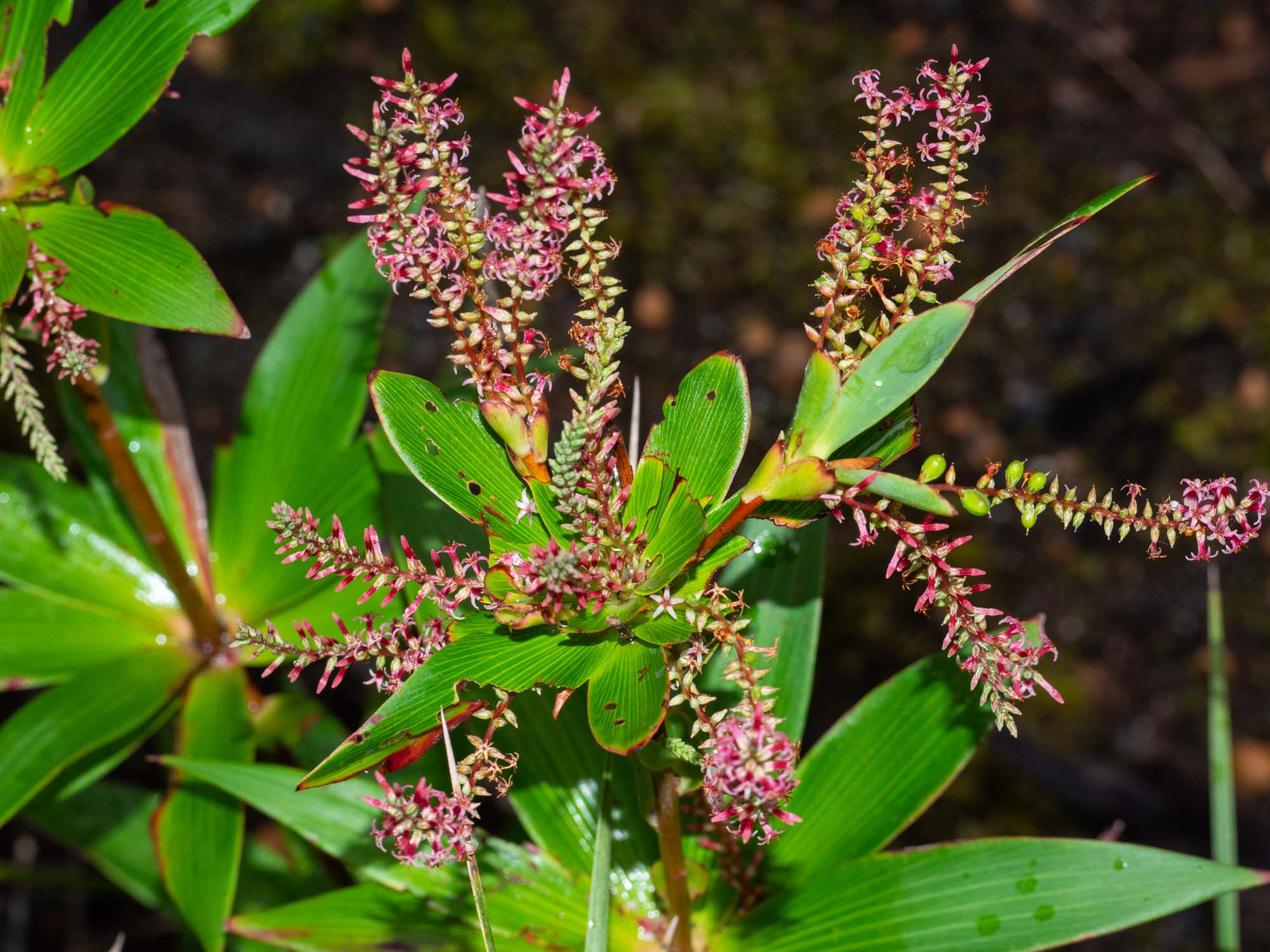
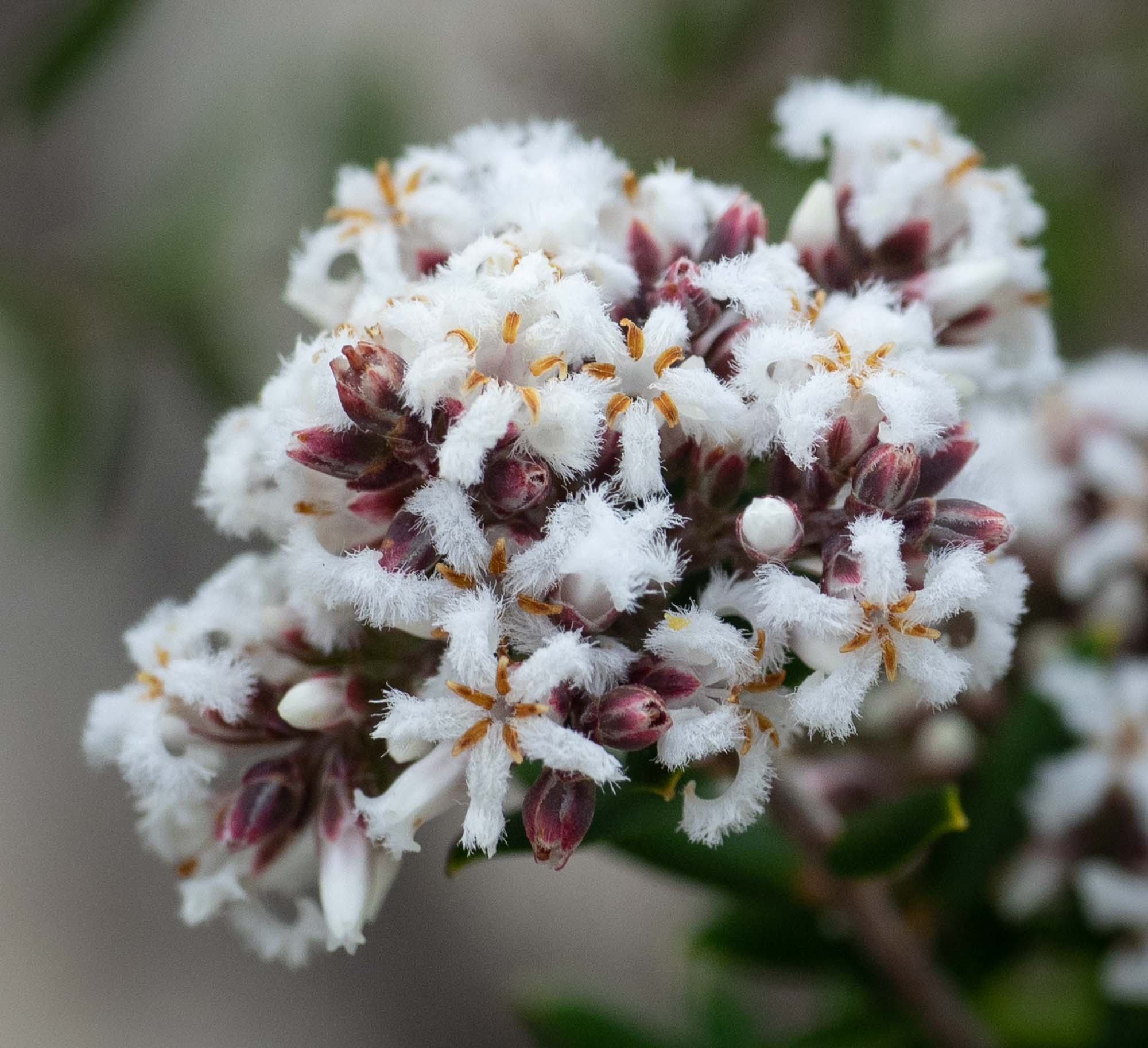

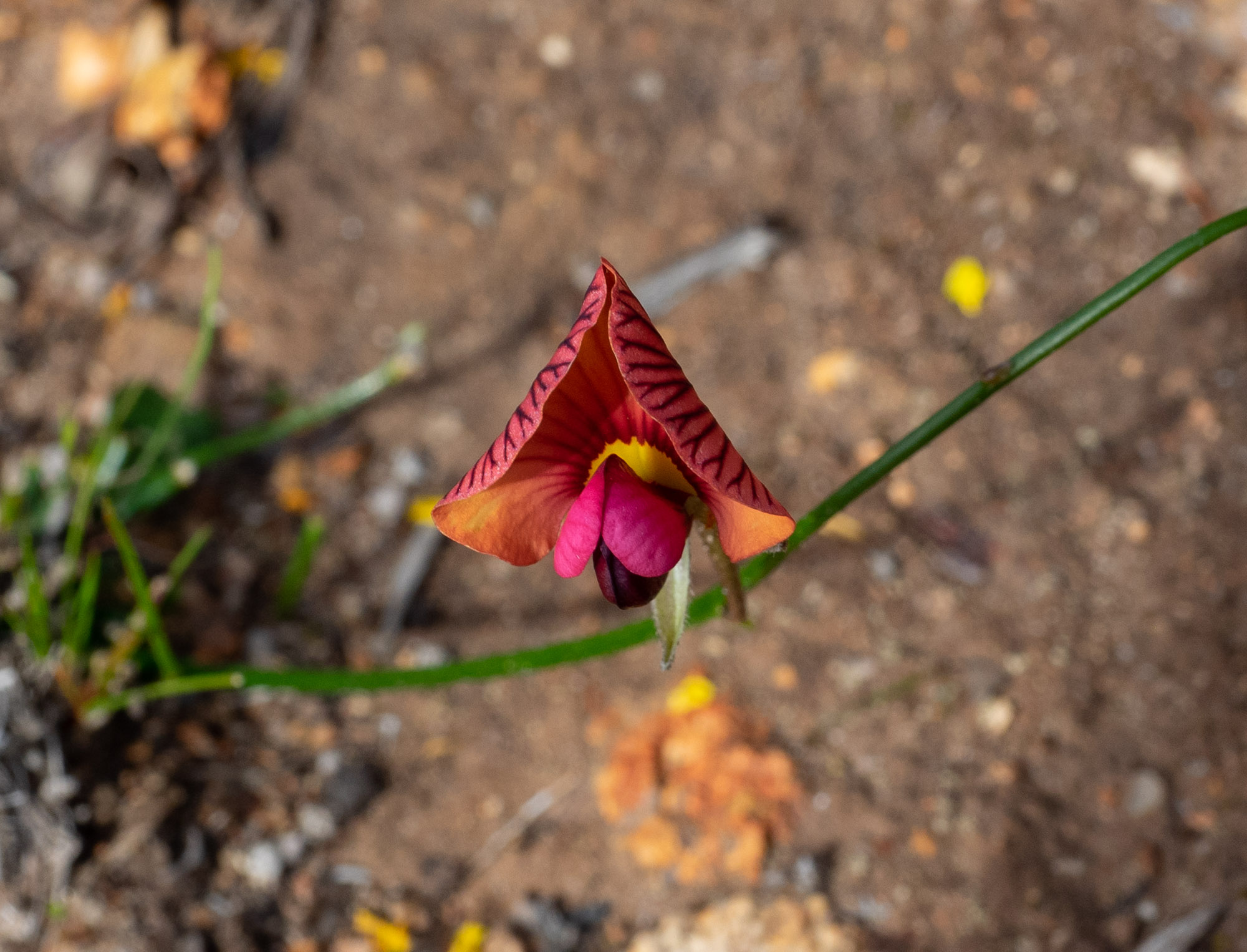


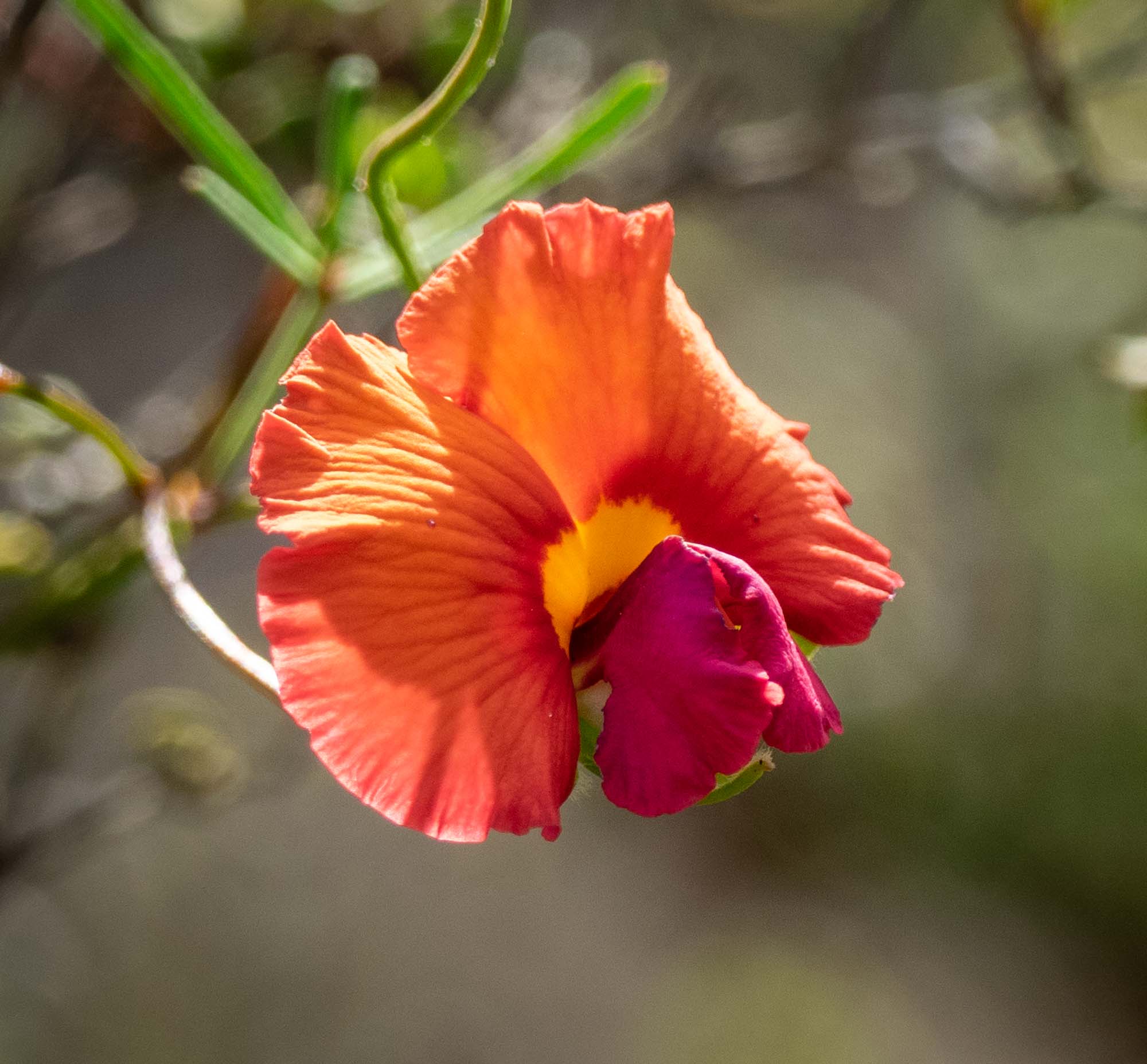
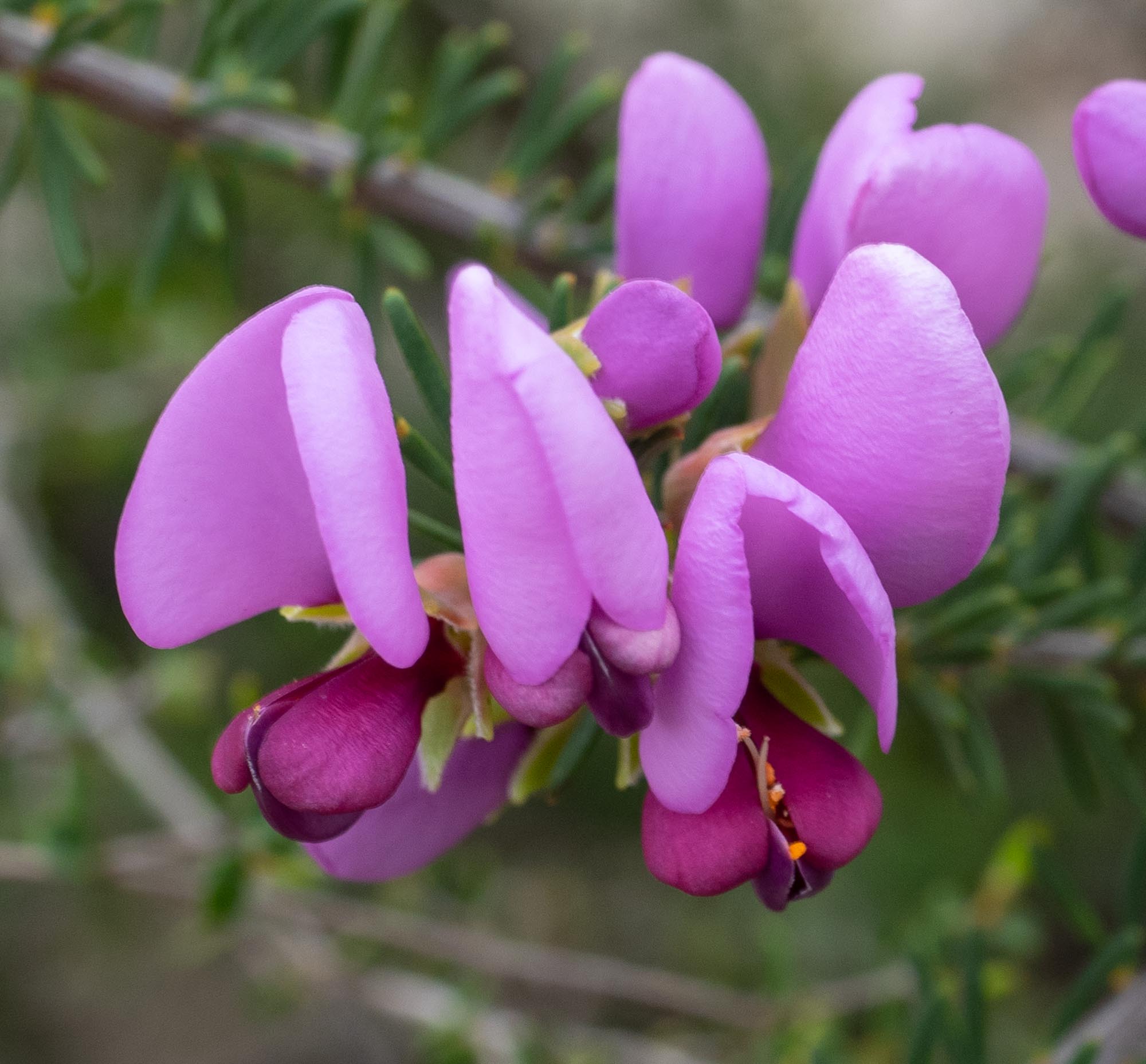



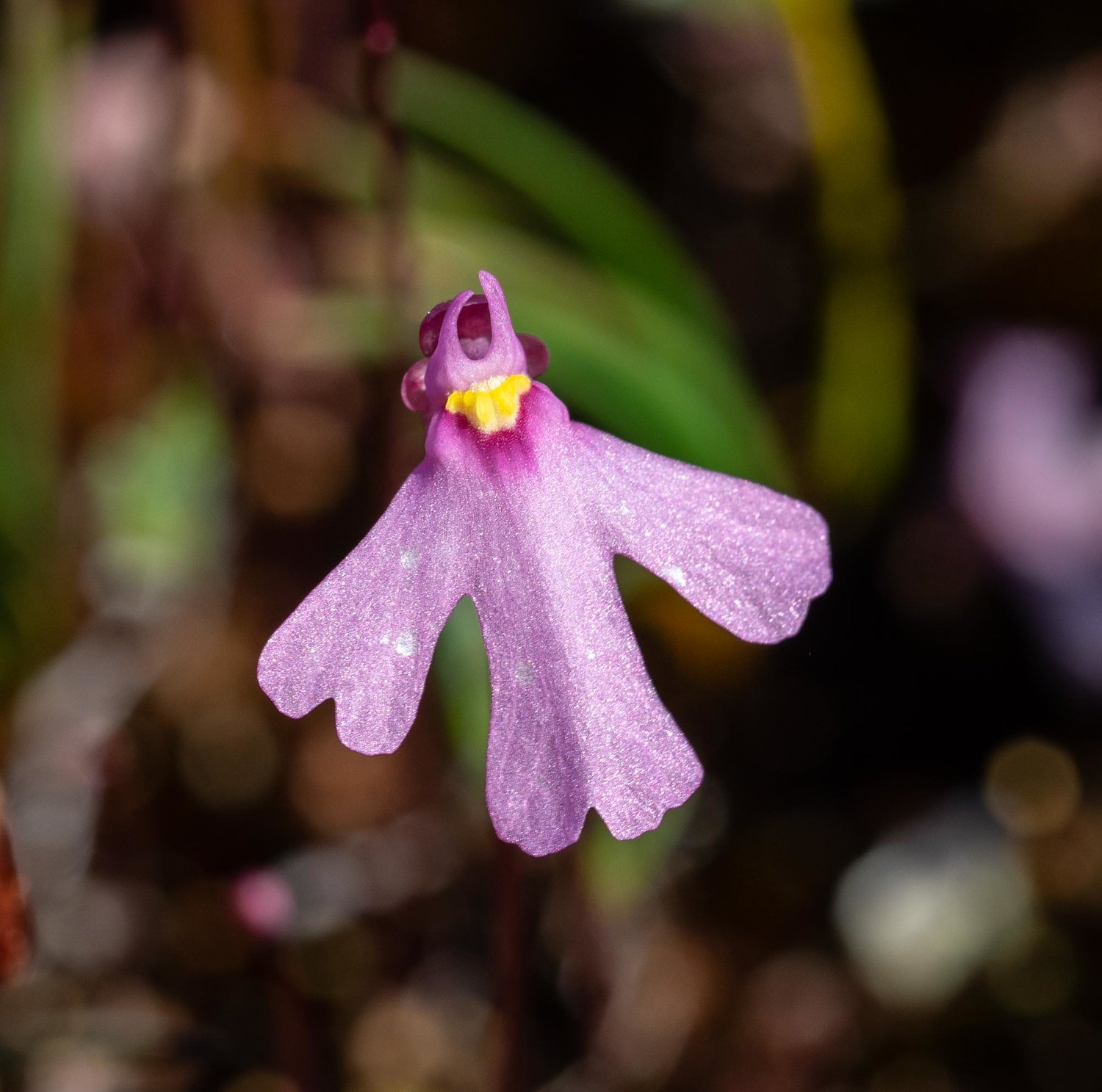

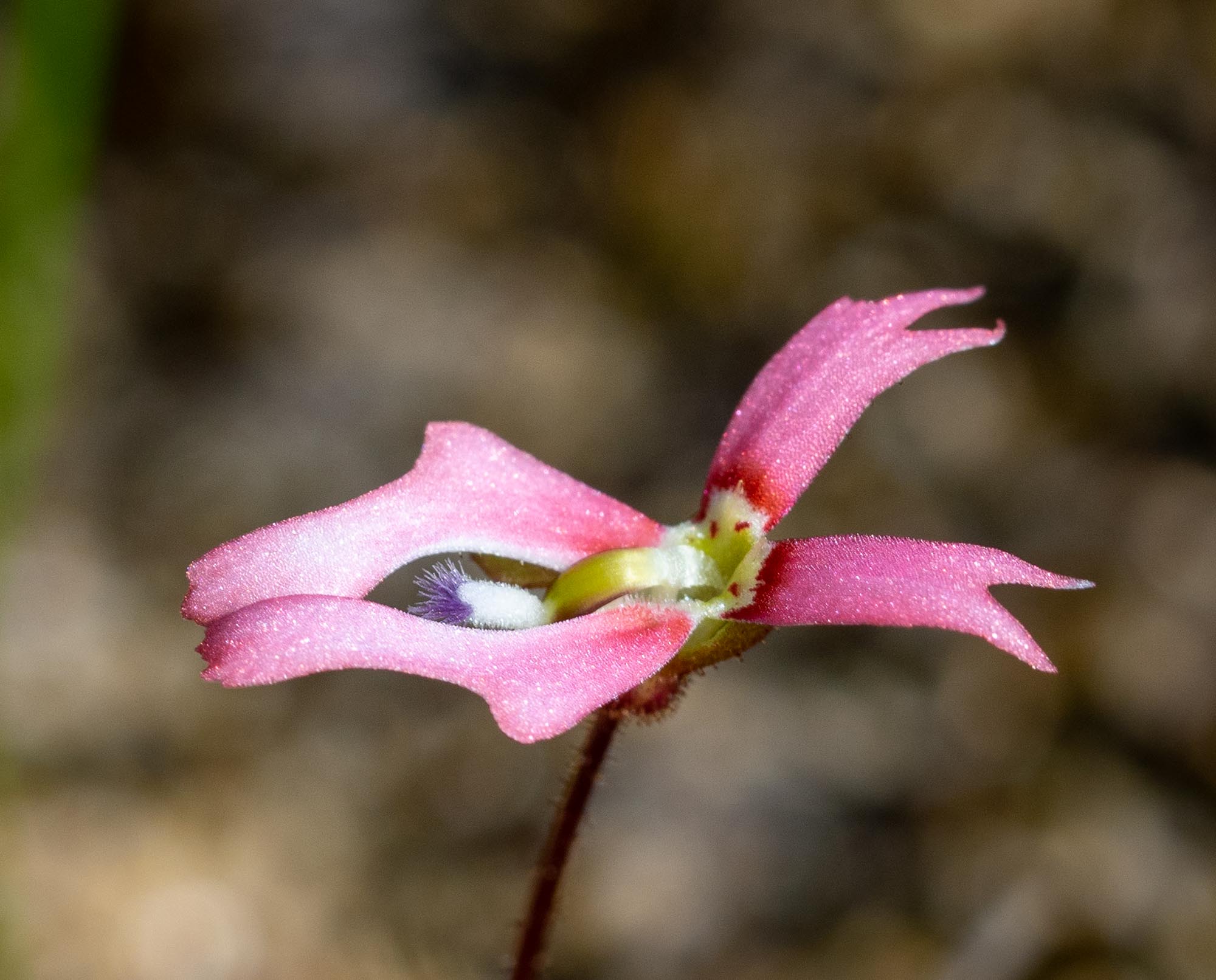



Of course, our sampling has been heavily biased towards plants in flower … they usually make the most spectacular images, and are also the easiest to identify.
Update (July 2025): recently we have begun uploading these observations (plus various others from the same trip) to iNaturalist. This has been immensely helpful in confirming our initially tentative identifications. It also enables these flowering records to be included in others’ research into the ecology of this special region. Win, win! A link to the associated iNaturalist sighting is included with each such image.
A note about Acacia.
Acacia (Family: Mimosaceae) is the largest genus in the SWP. So where are all the photos? I admit that we sidestepped the wattles. There was so many other intriguing forms and dazzling colours that we decided to leave Acacia appreciation to another time.
Acacia sp … Peak Charles NP, Oct
REFERENCE:
Beard, J.S., Chapman, A.R. & Gioia, P. (2000) Species richness and endemism in the Western Australian flora. Journal of Biogeography, 27, 1257-1268. freely available online via ResearchGate
An overview of the birds we discovered in South-west WA, focussing on the endemic species and subspecies.
The botanical richness of WA’s southwest is breathtaking, and it’s worth considering what makes it so.
A trip to Head of Bight, just in time to see several whales before they head south again for the Summer.
Our first stop in a natural place en route to WA presents us with two contrasting environments.


